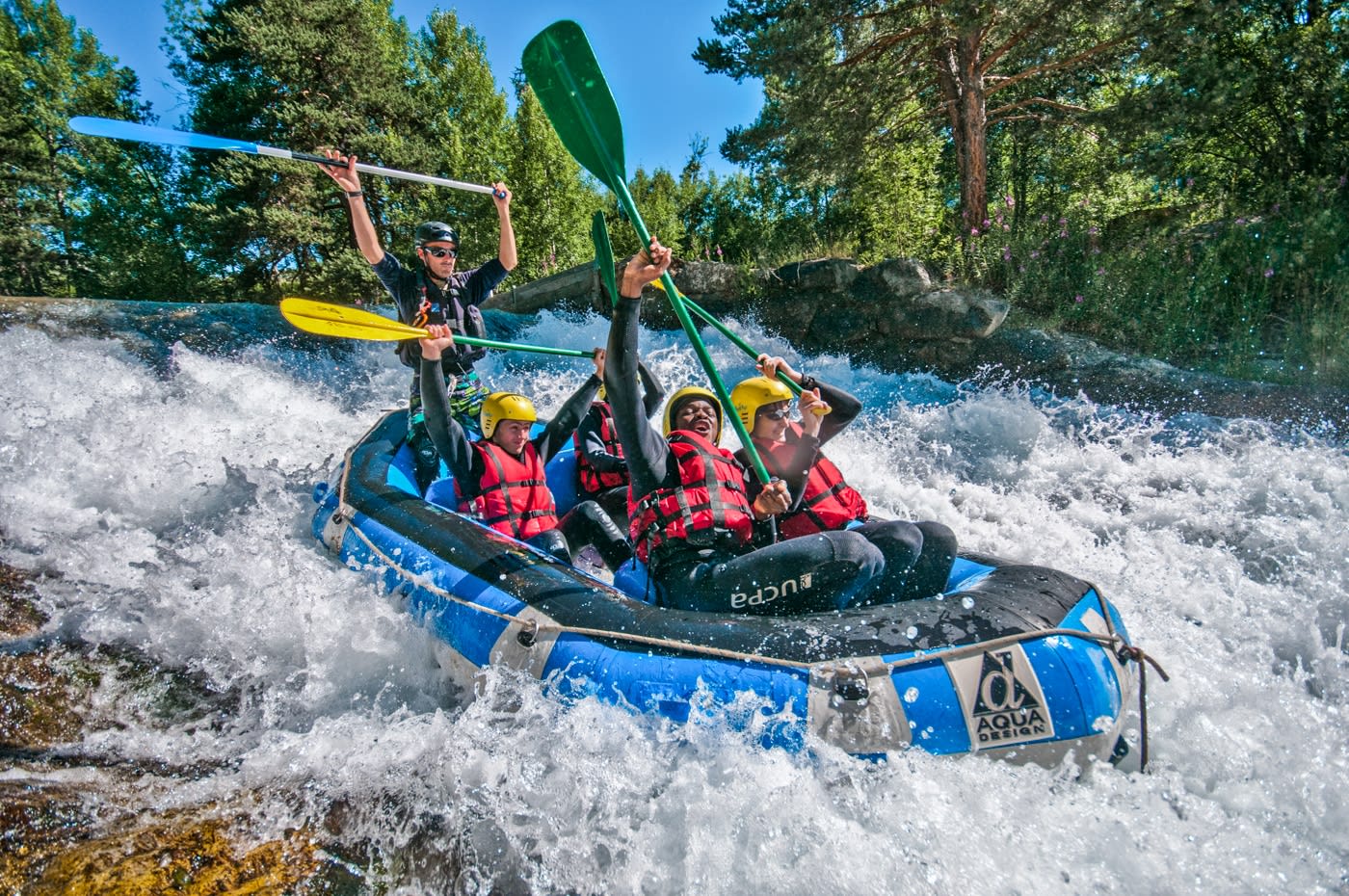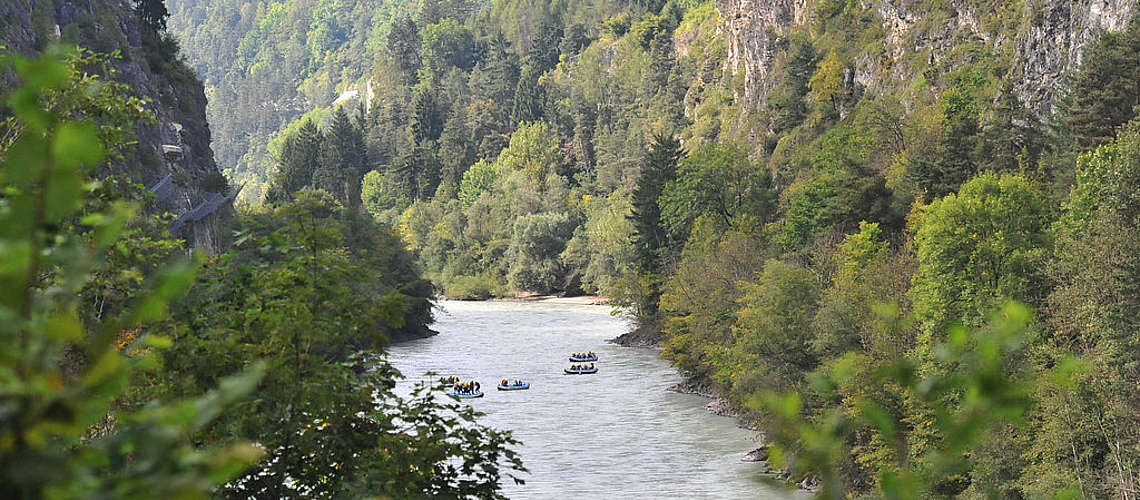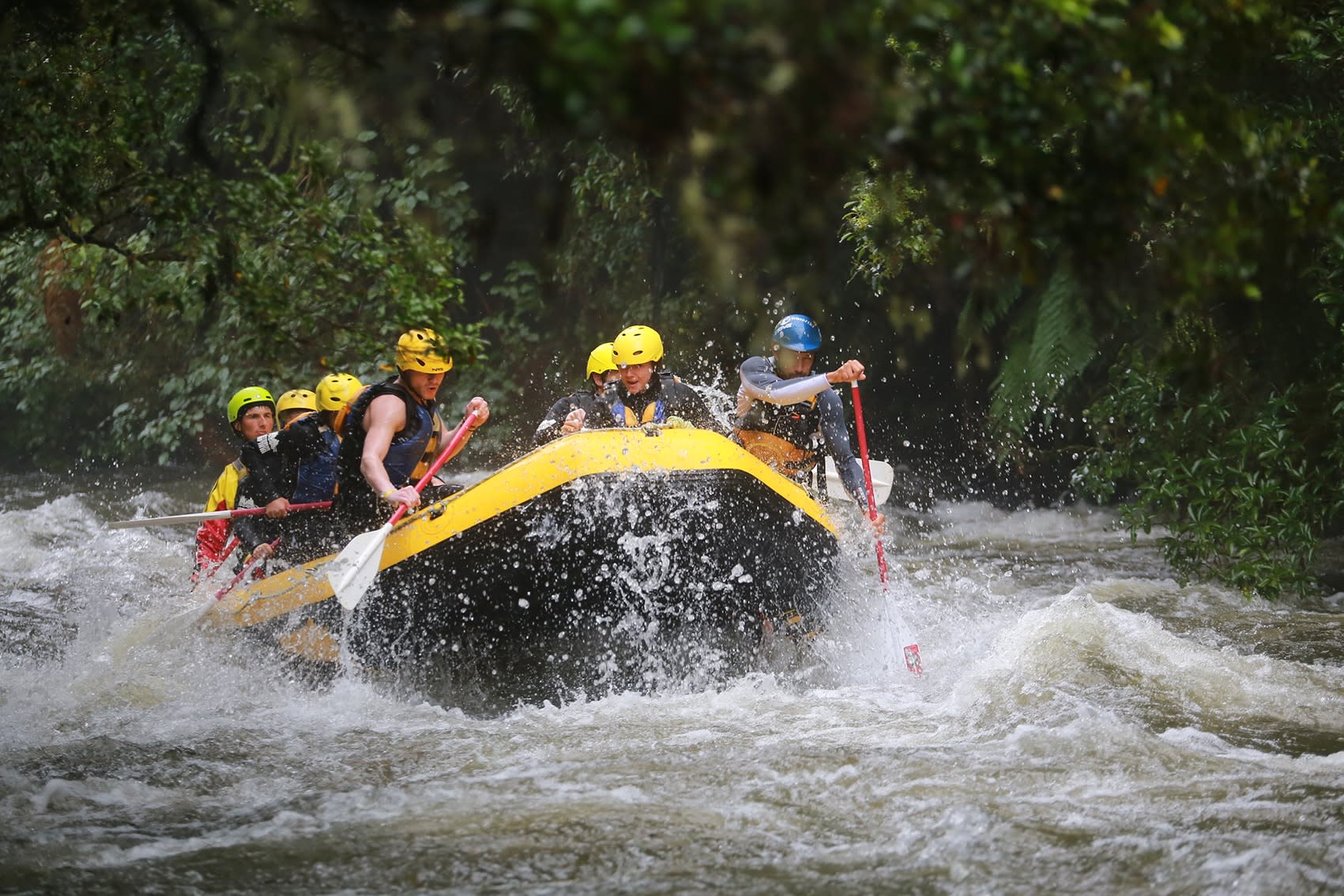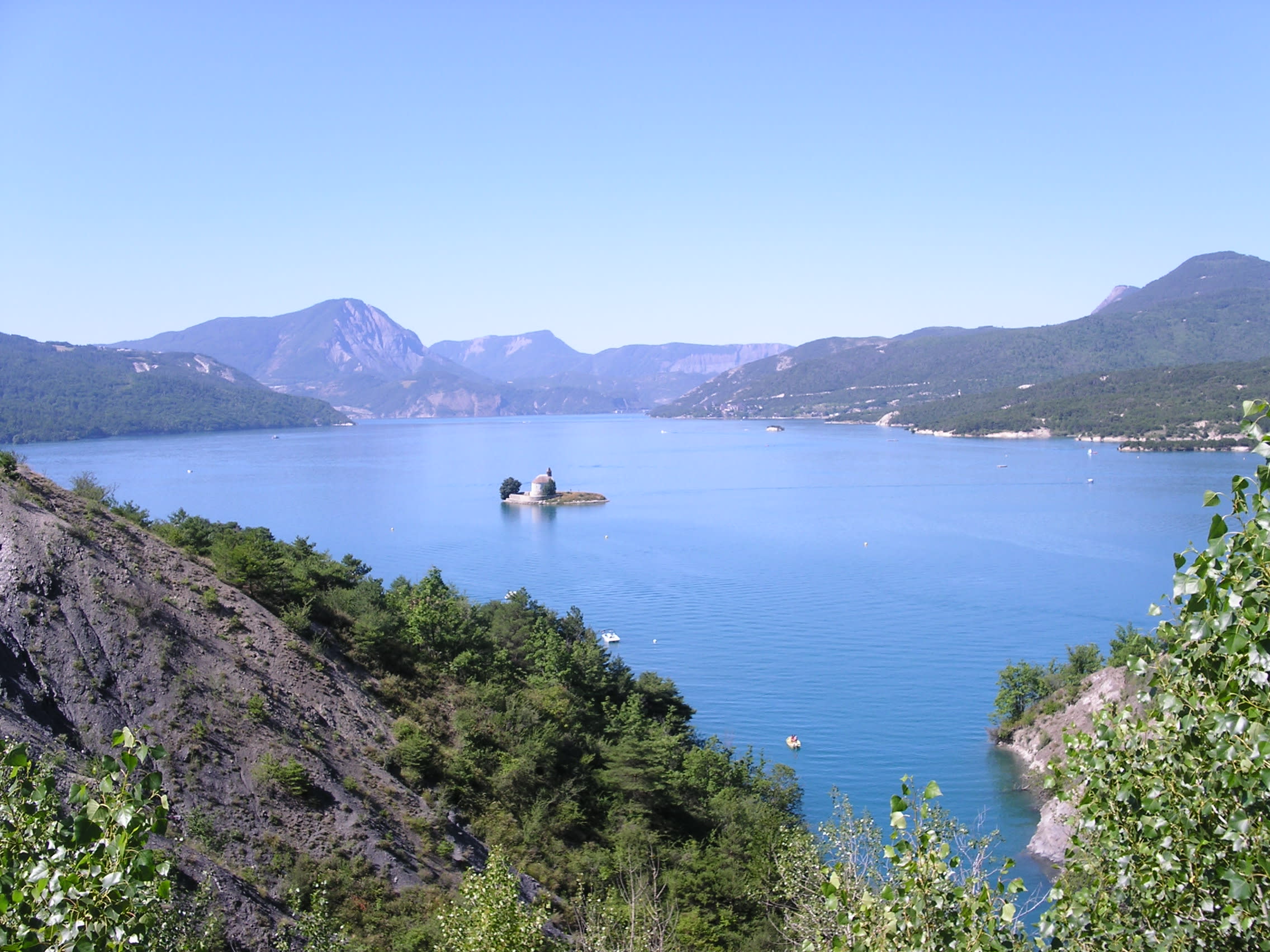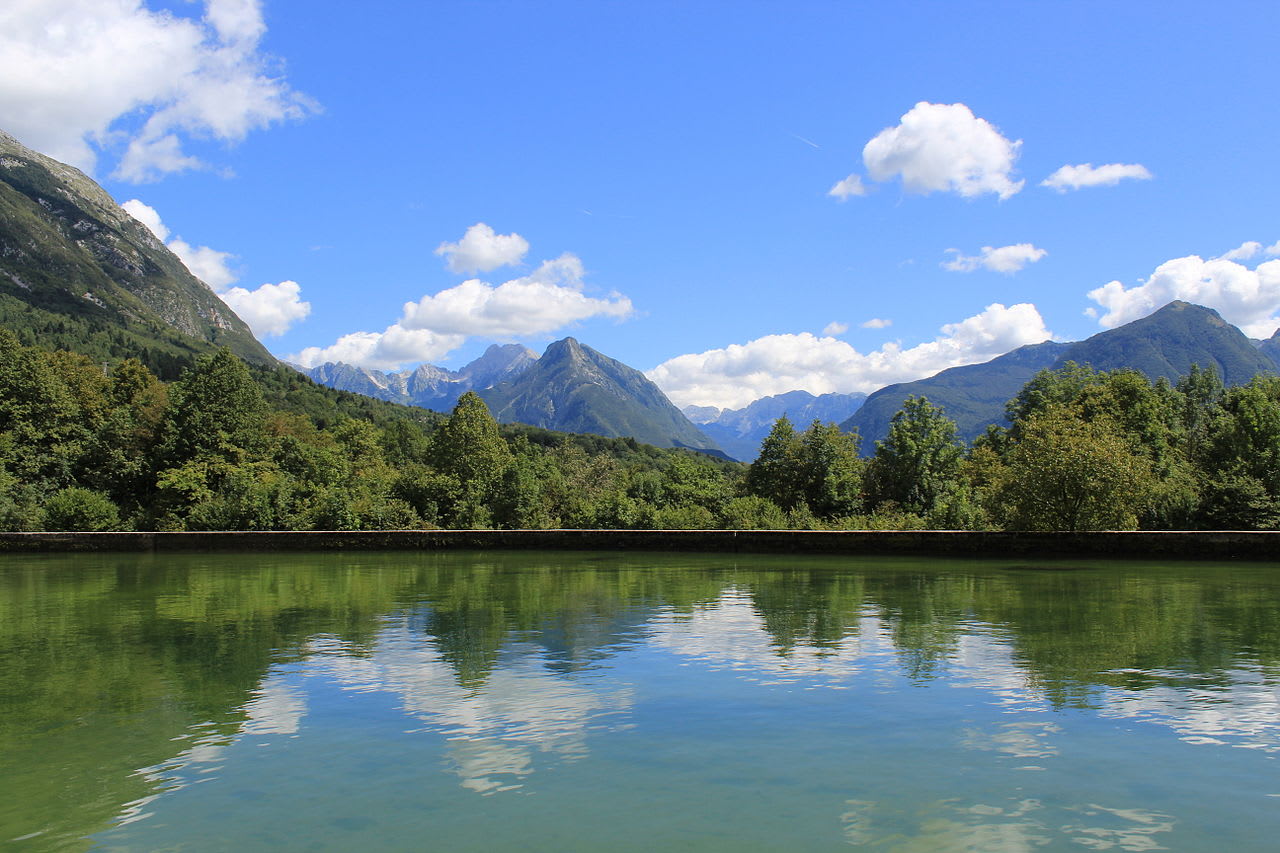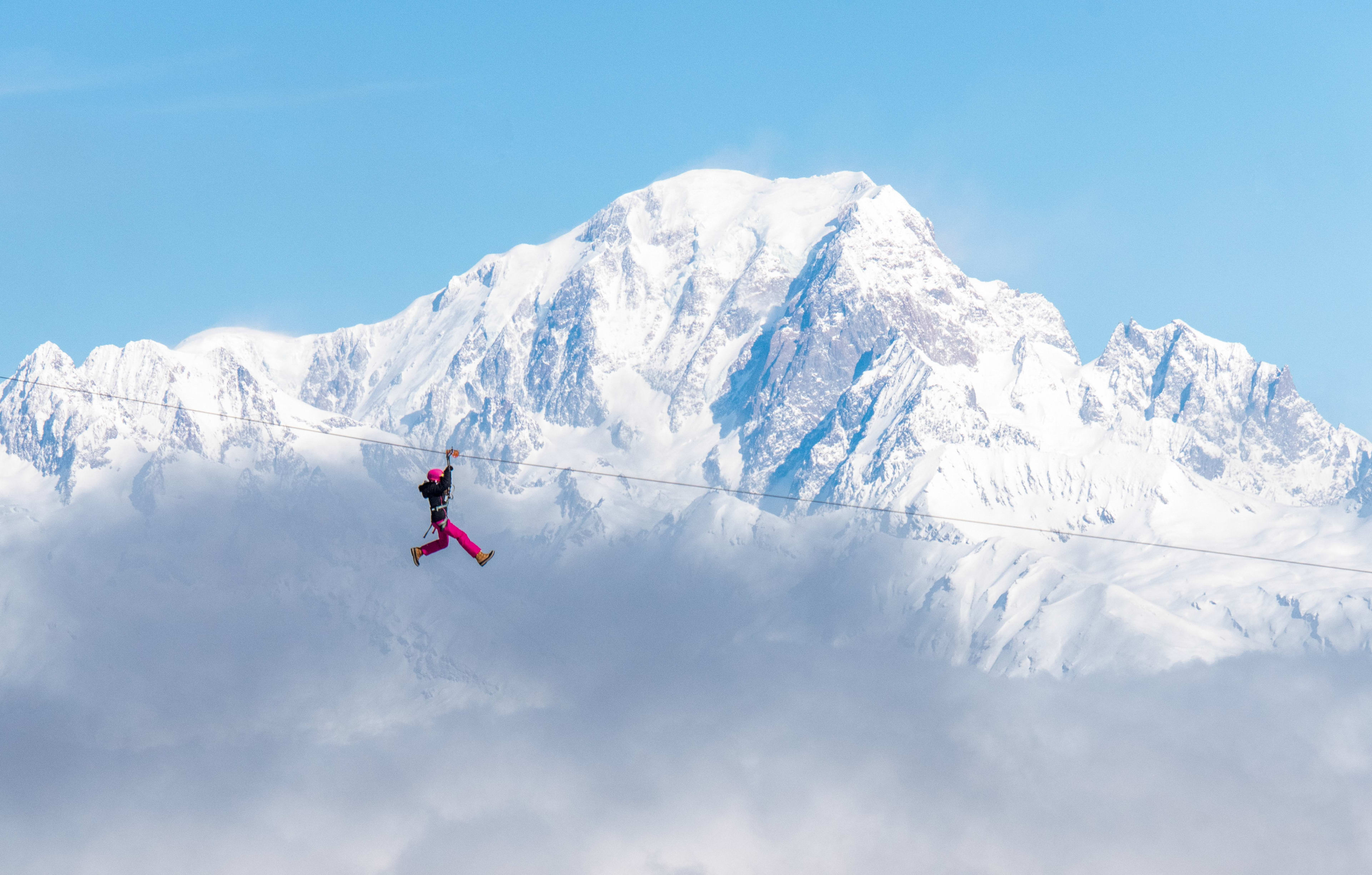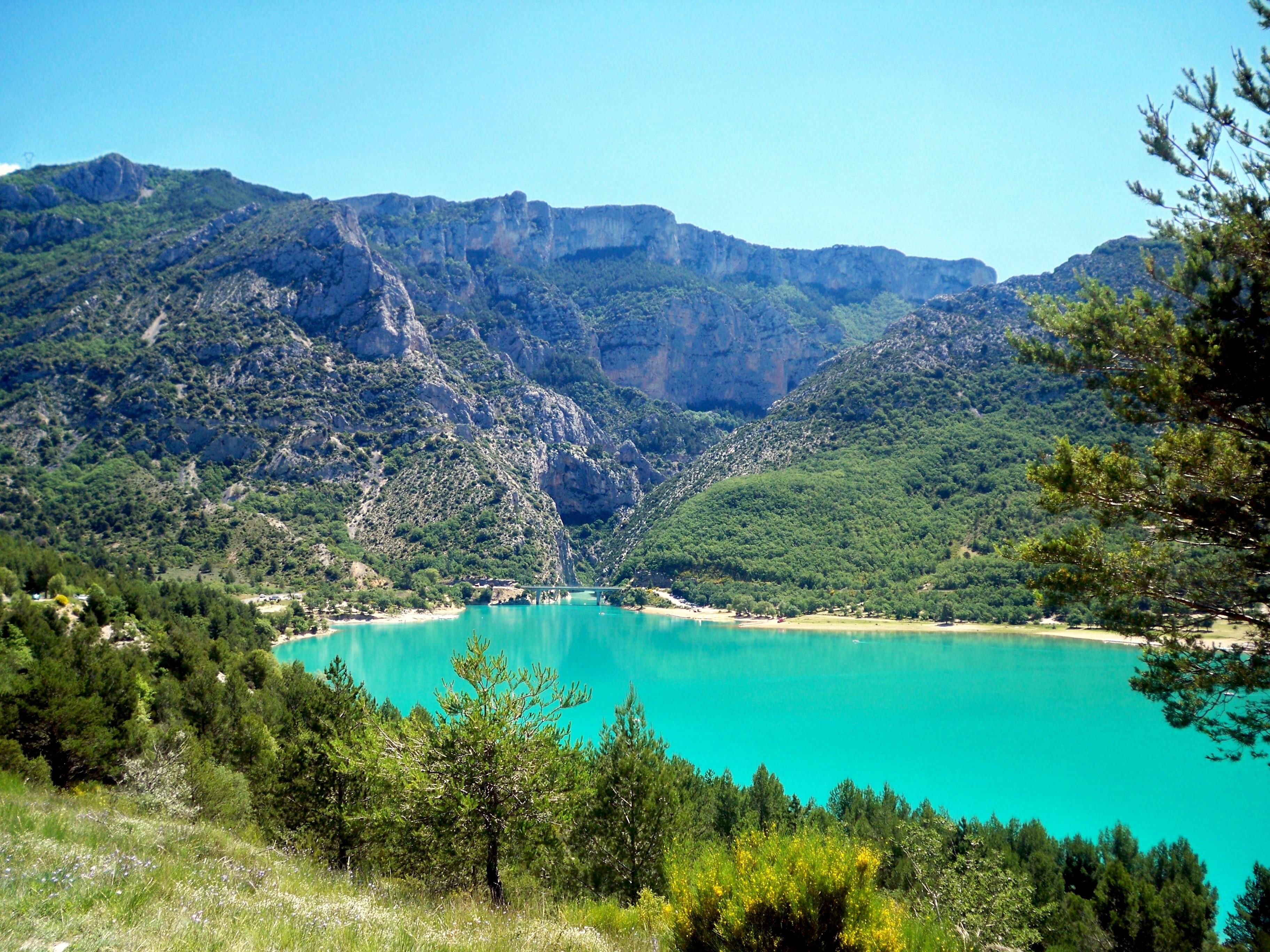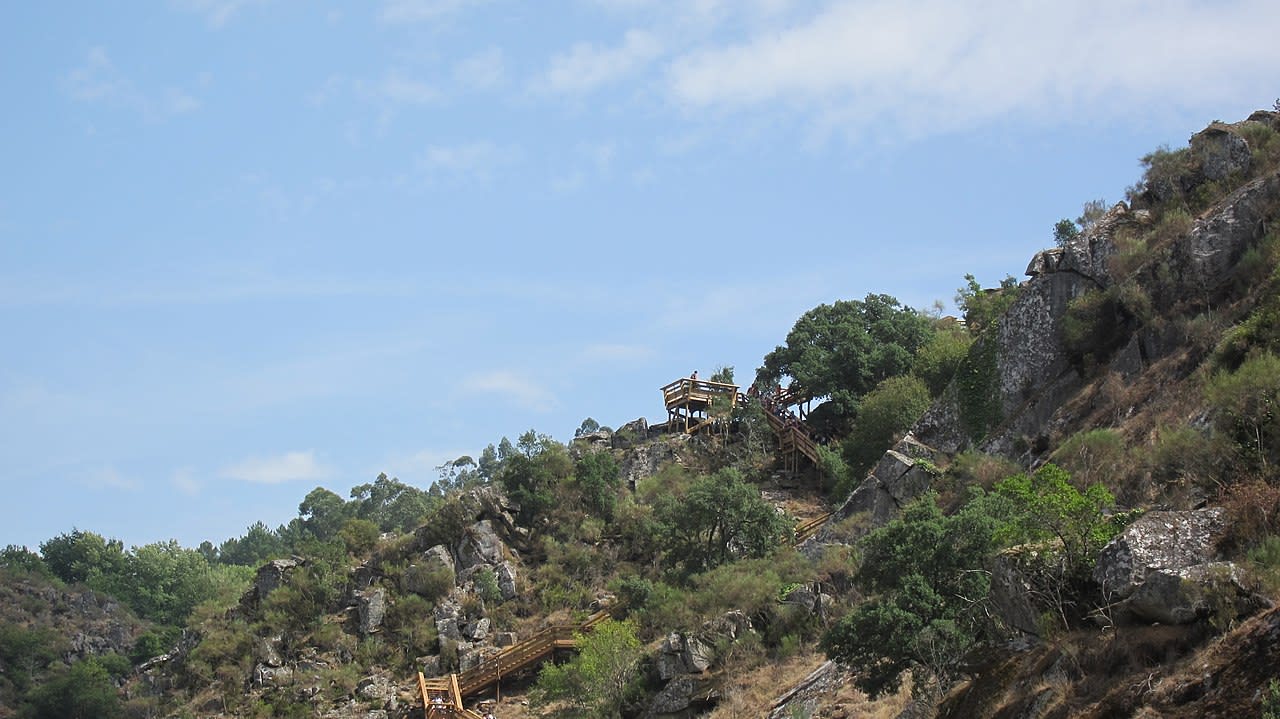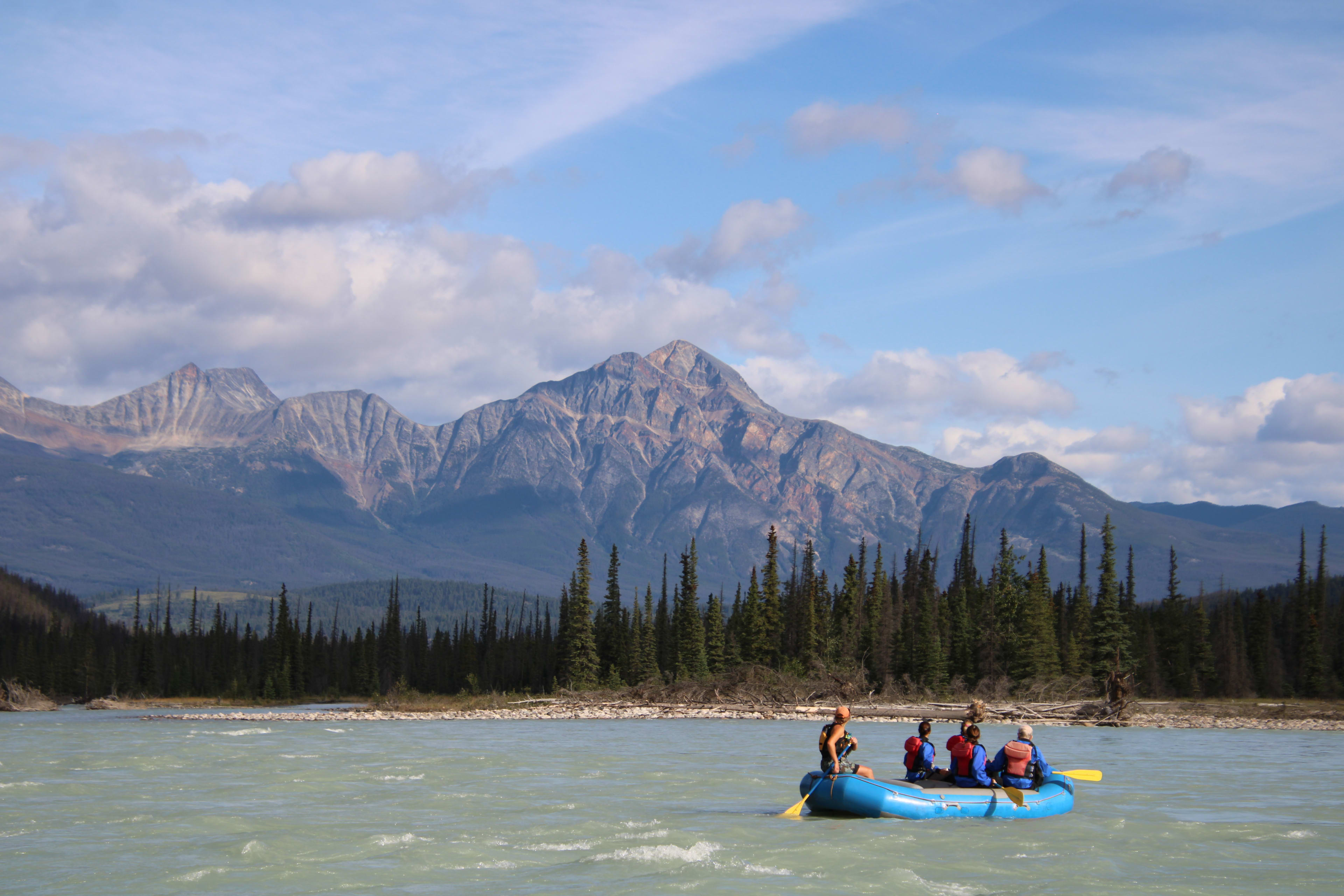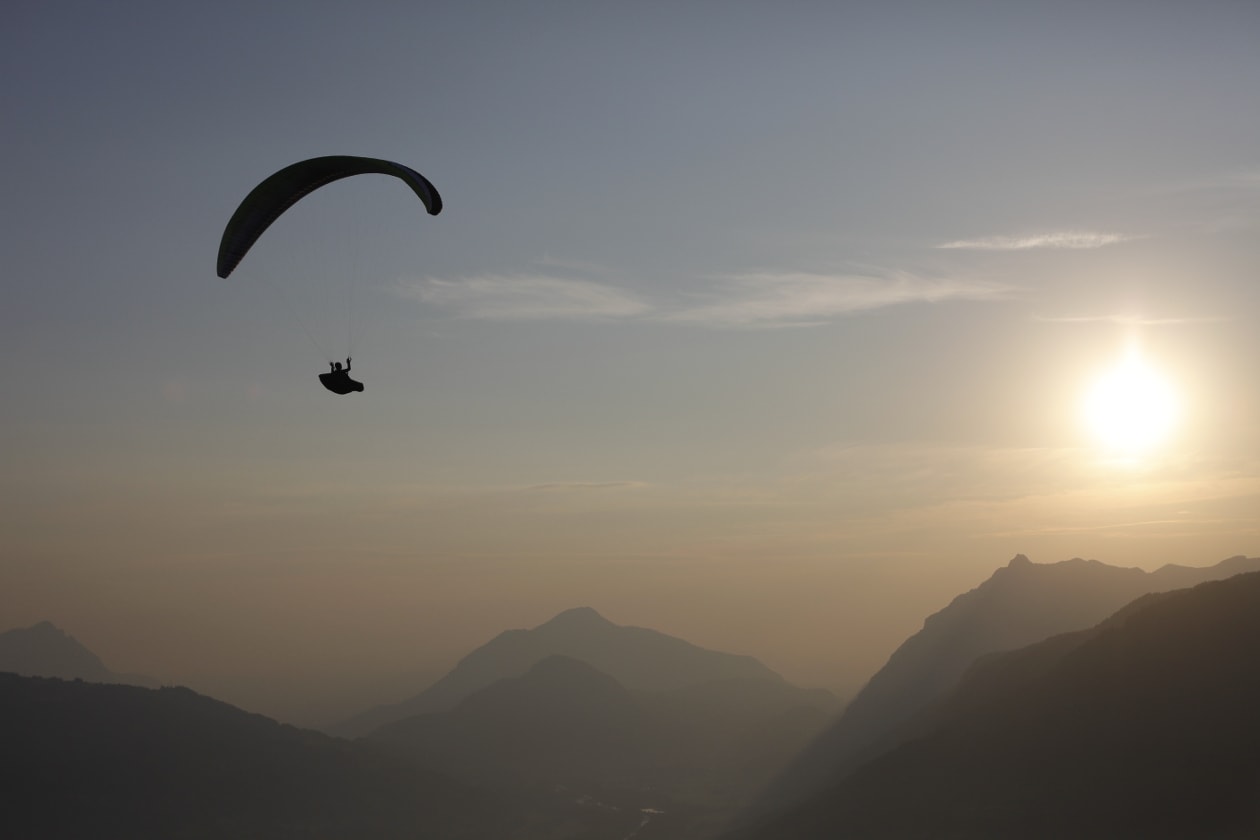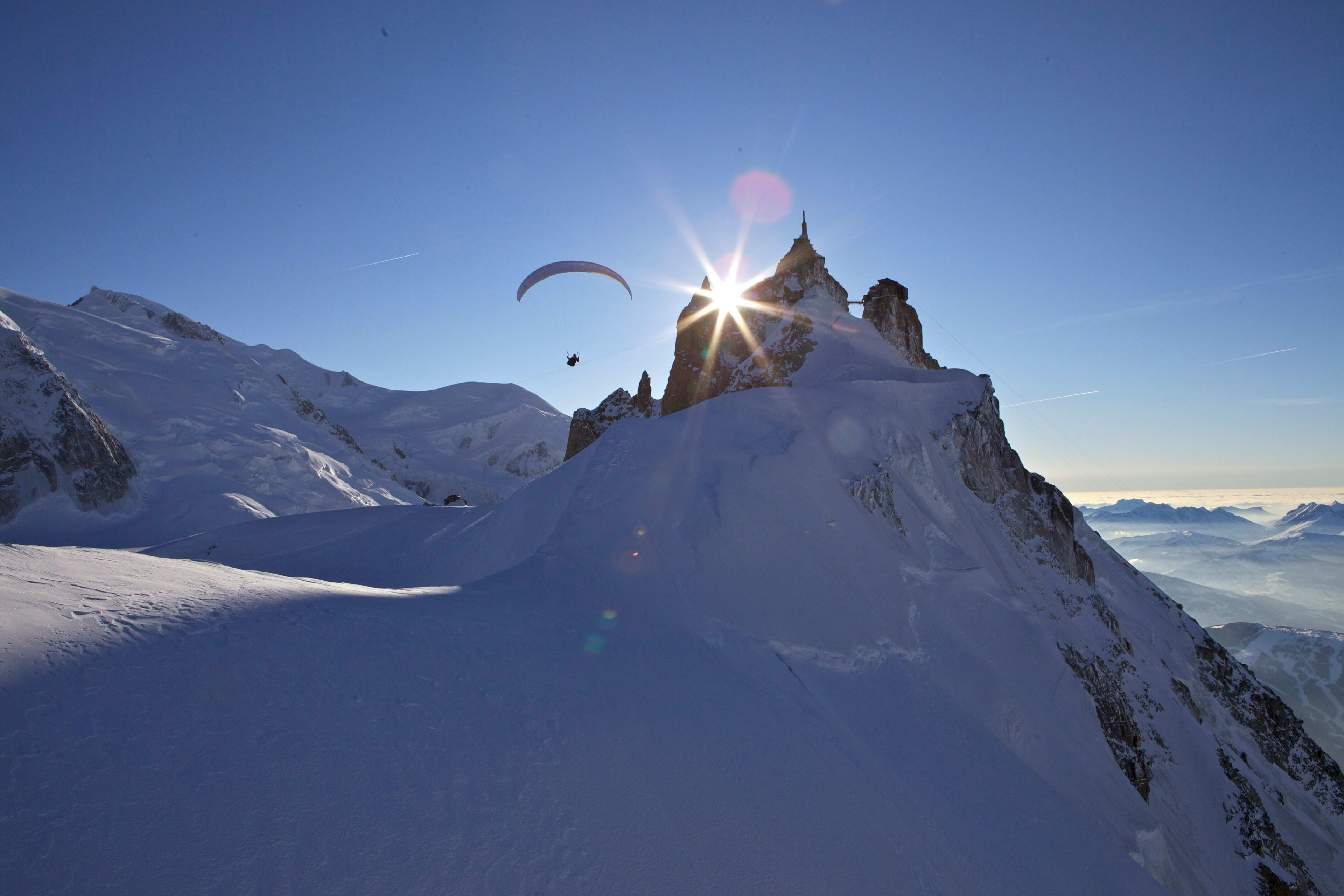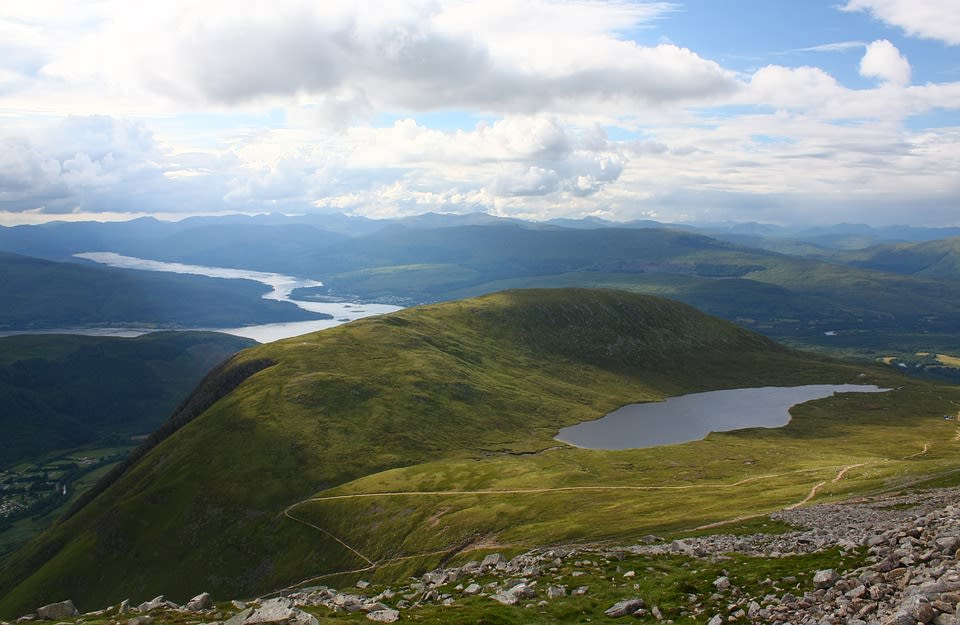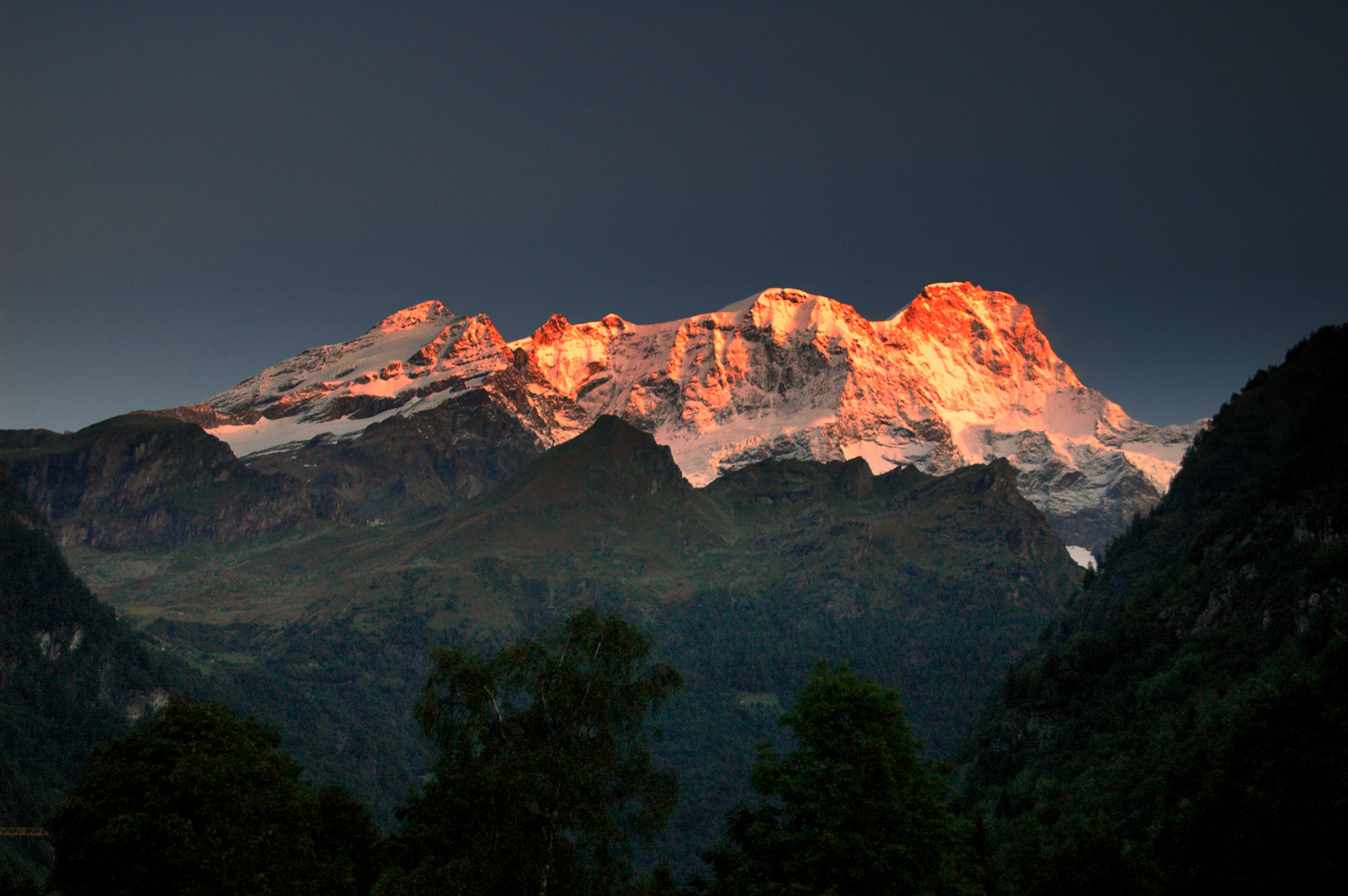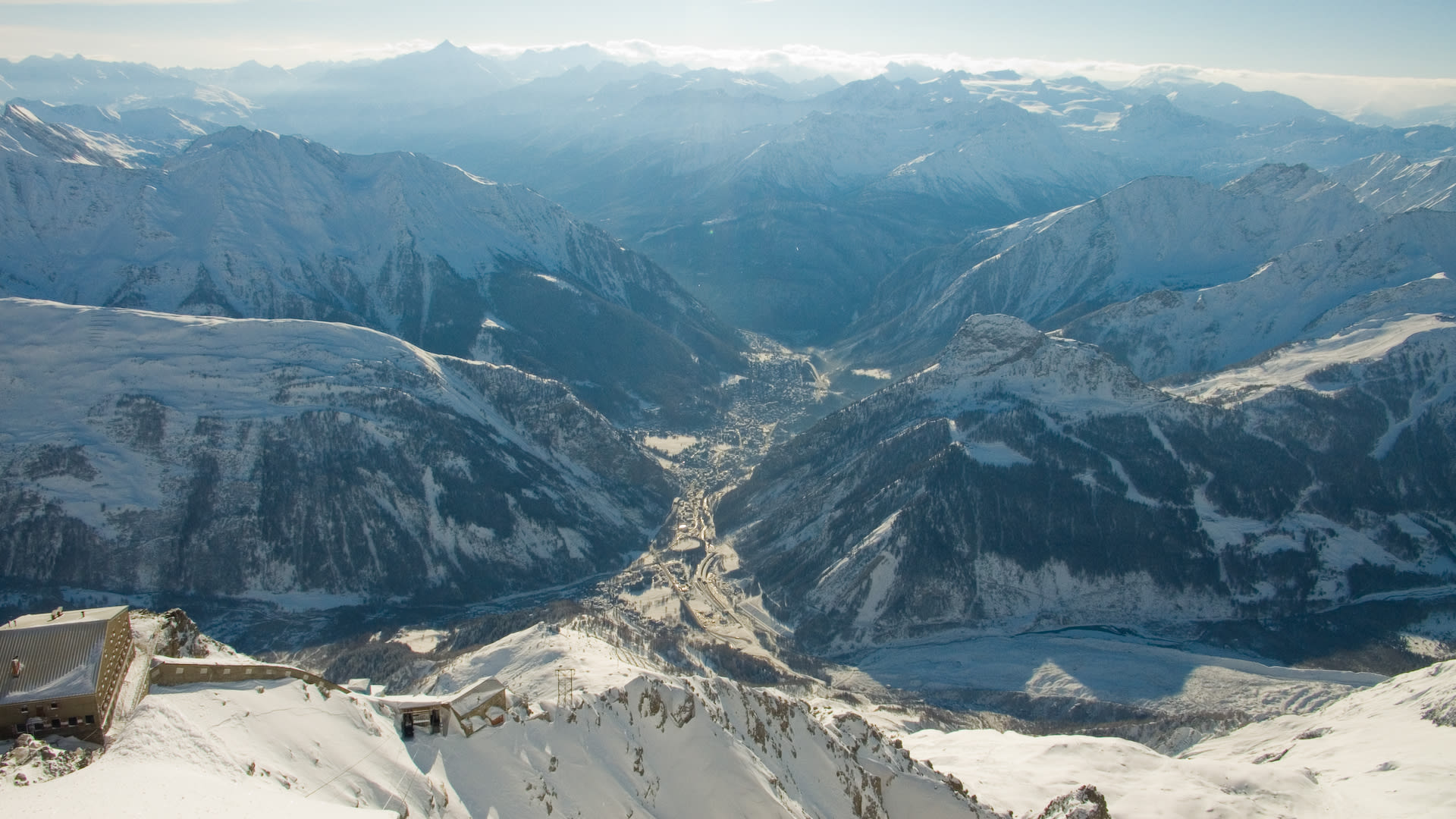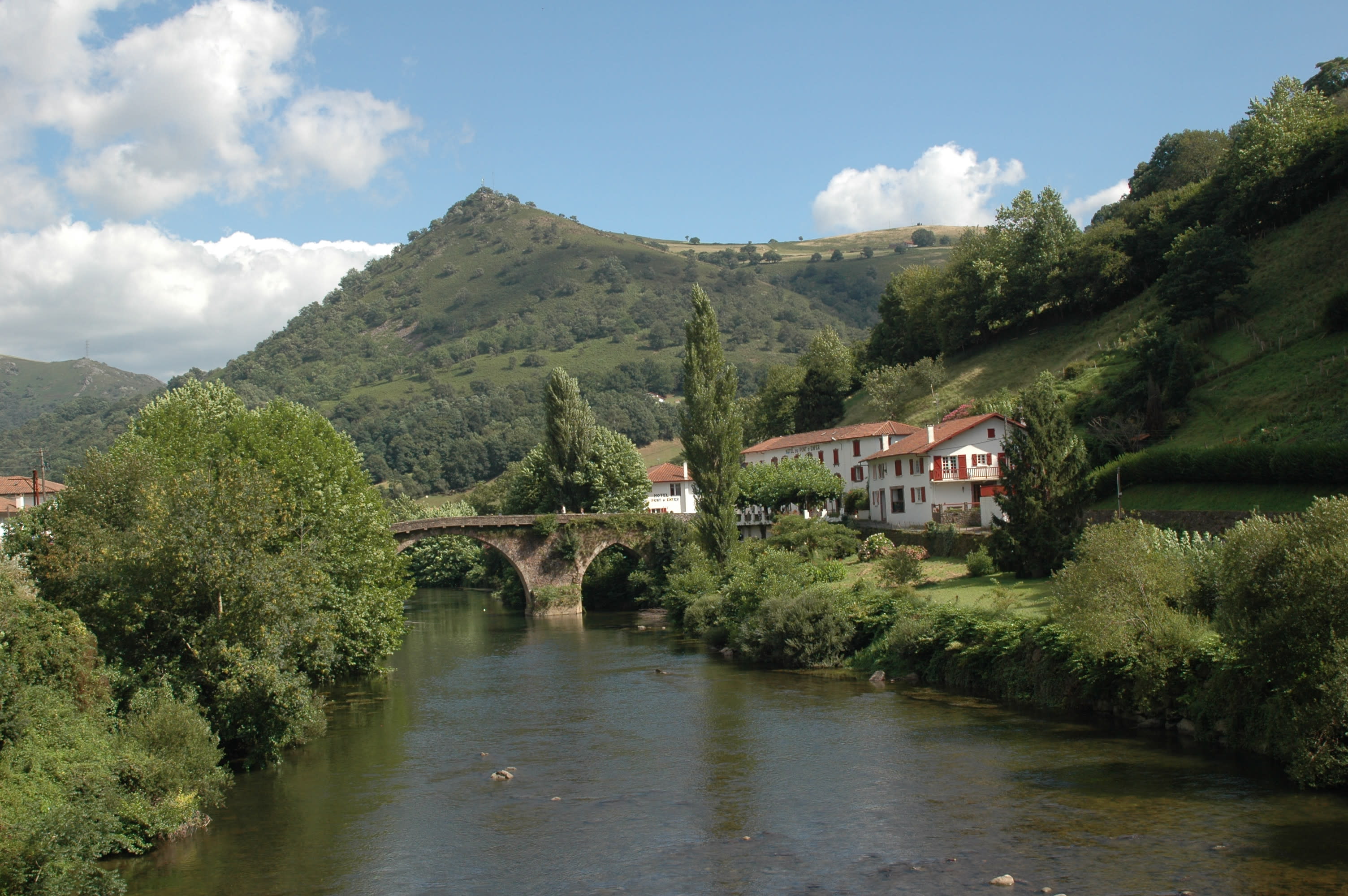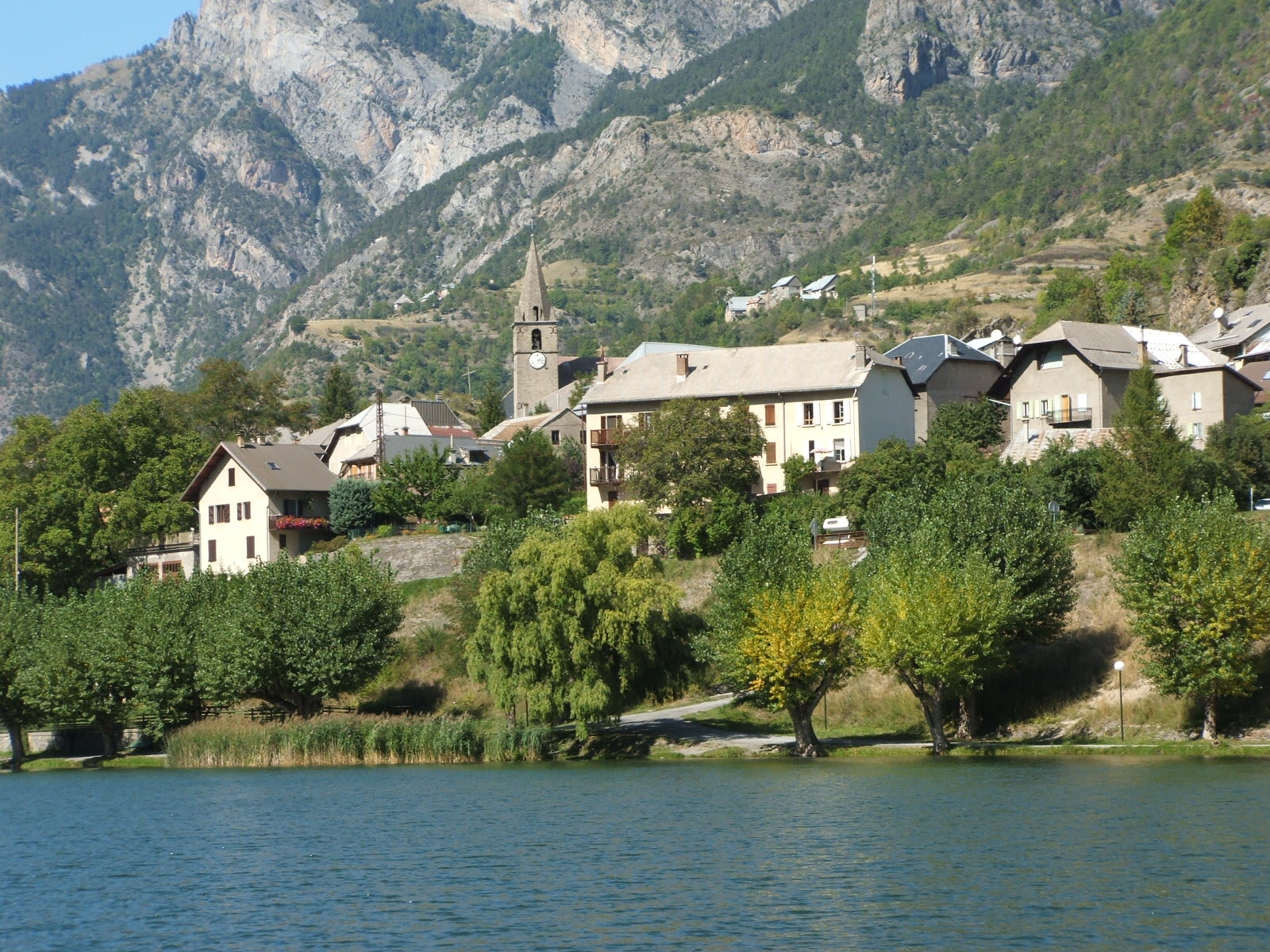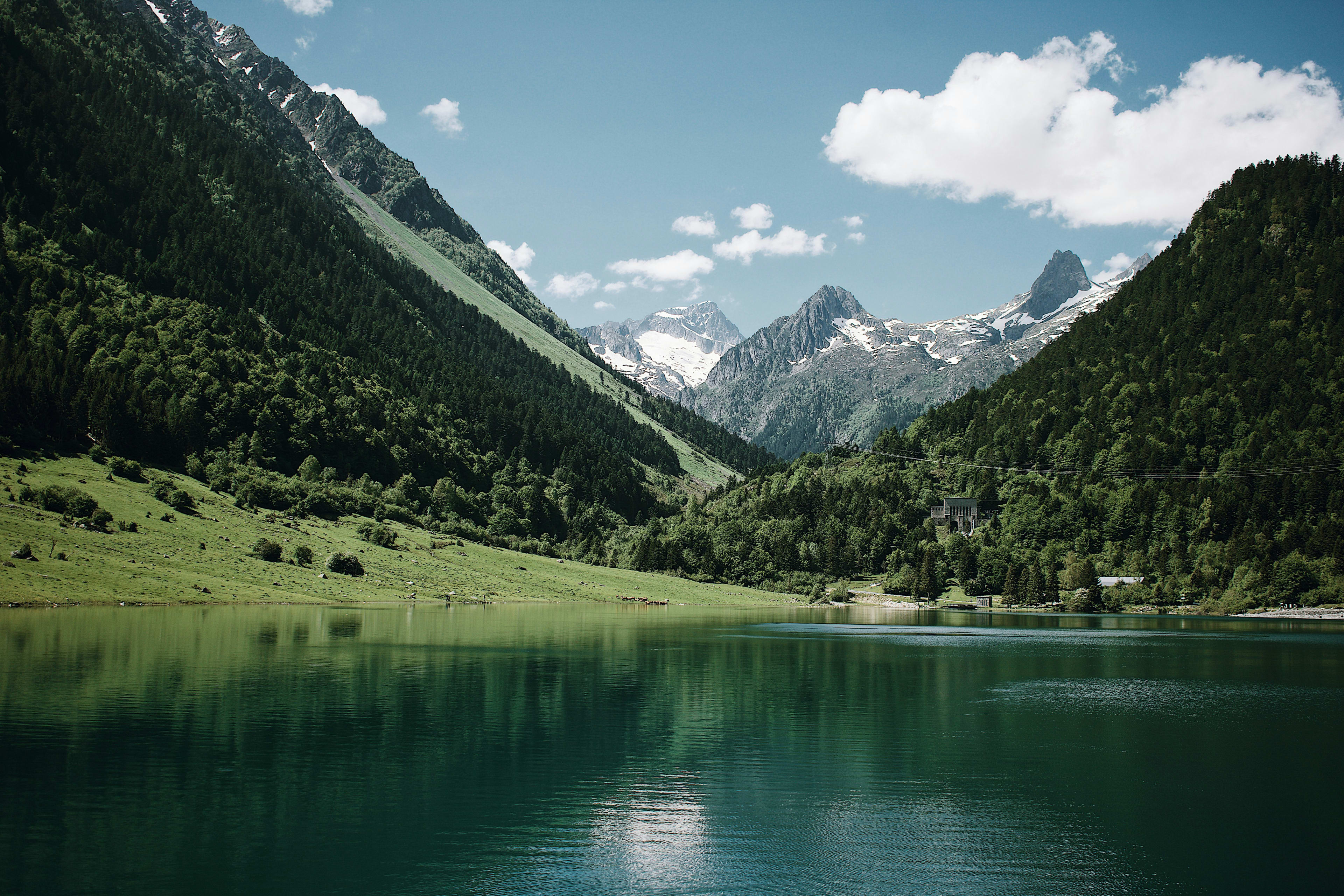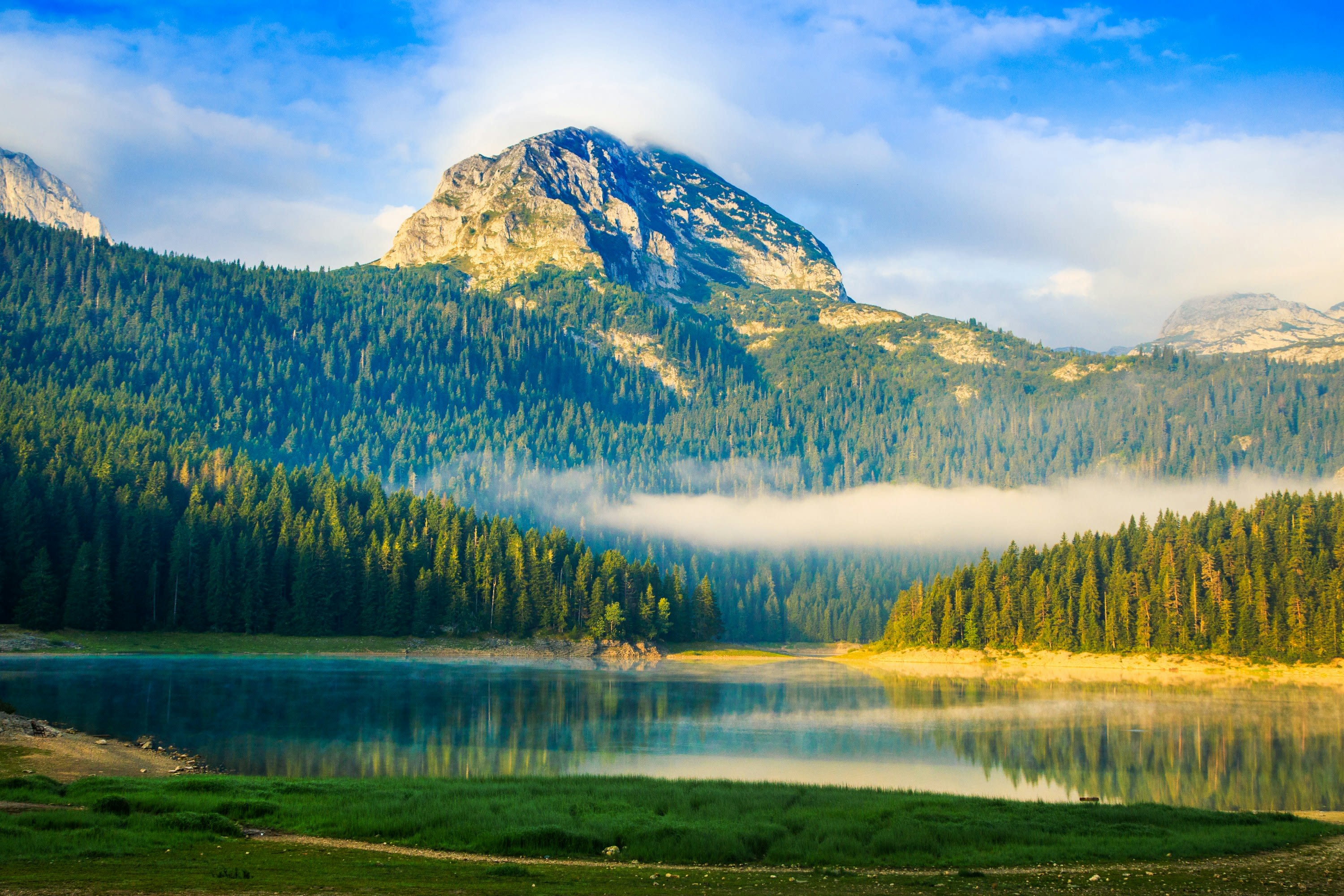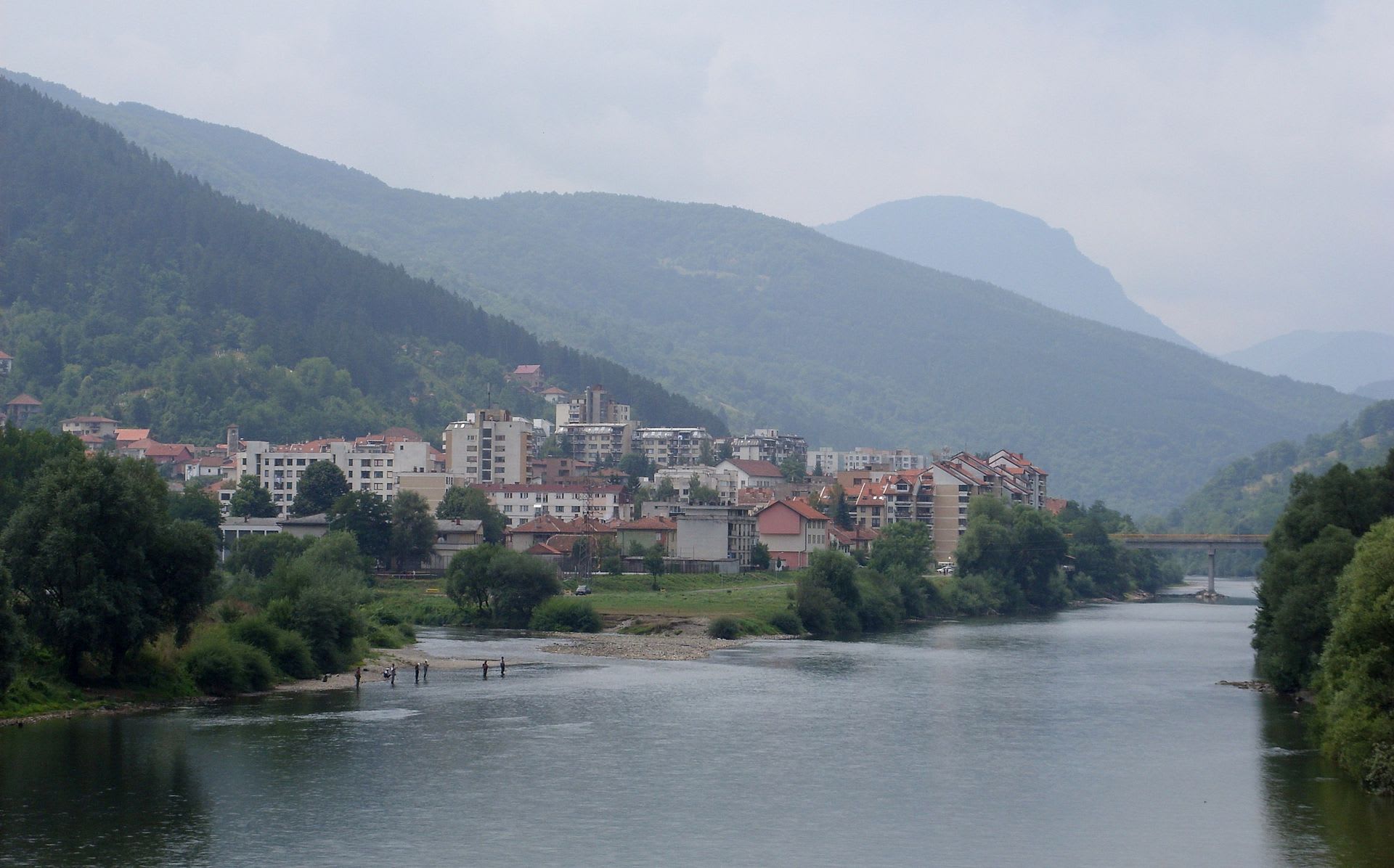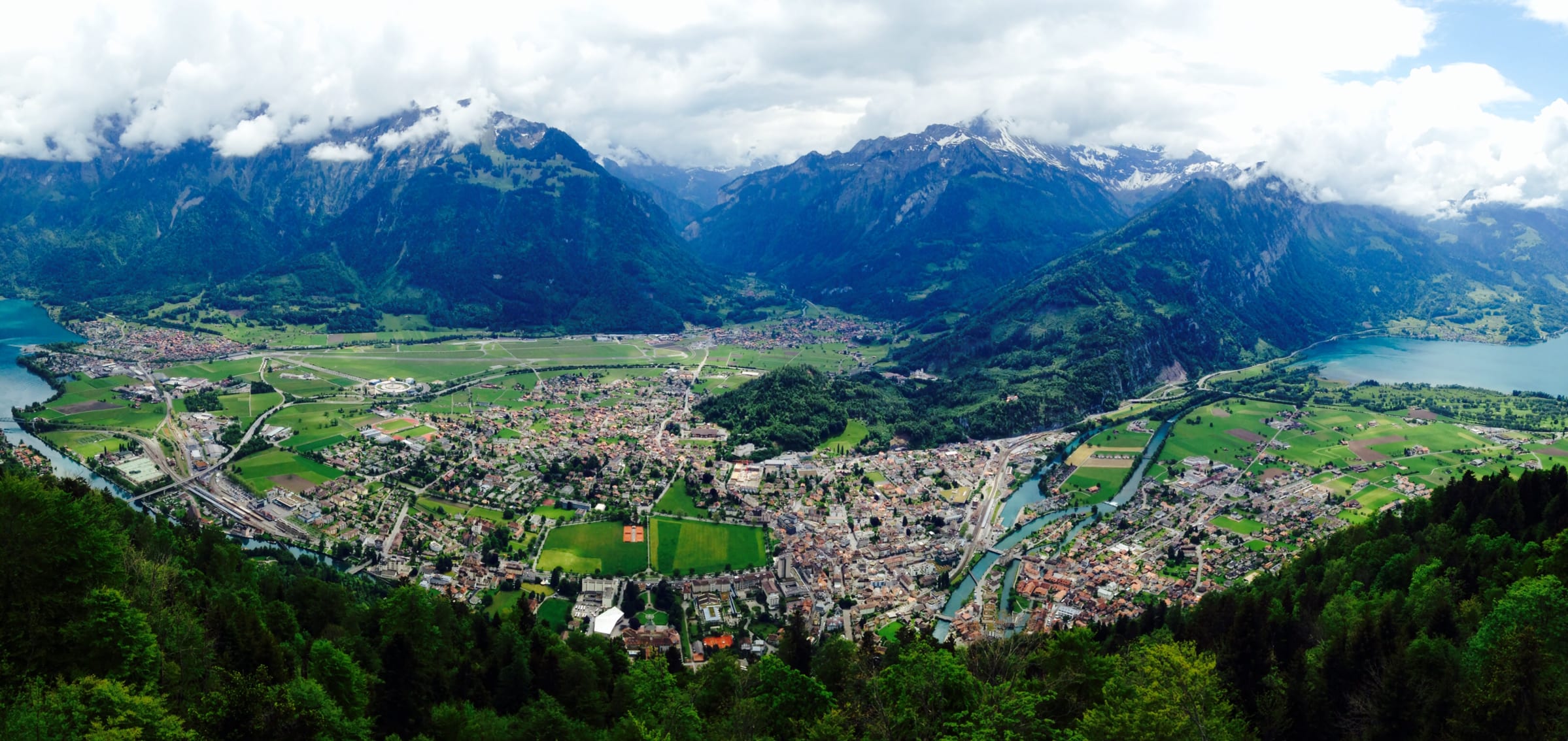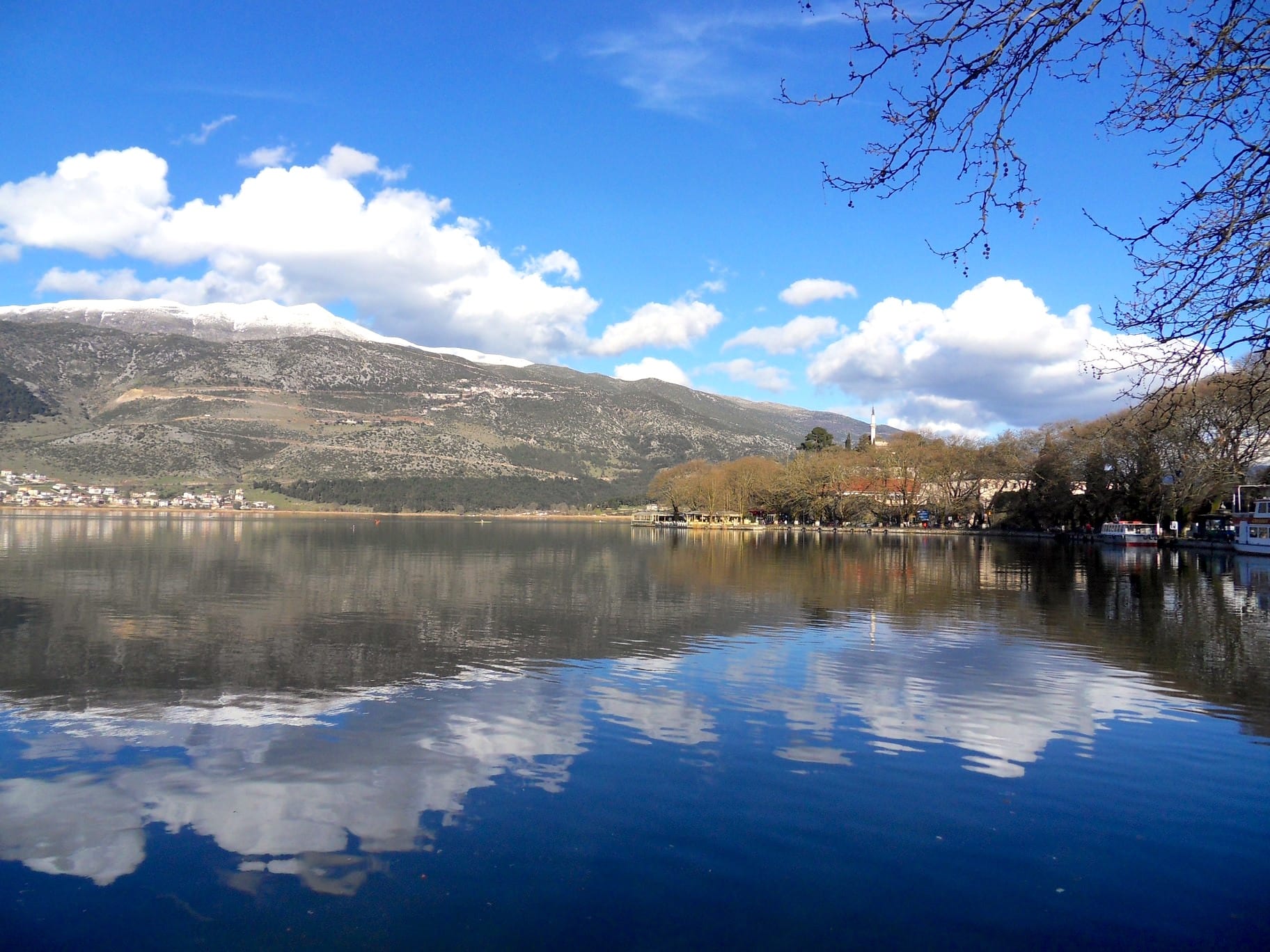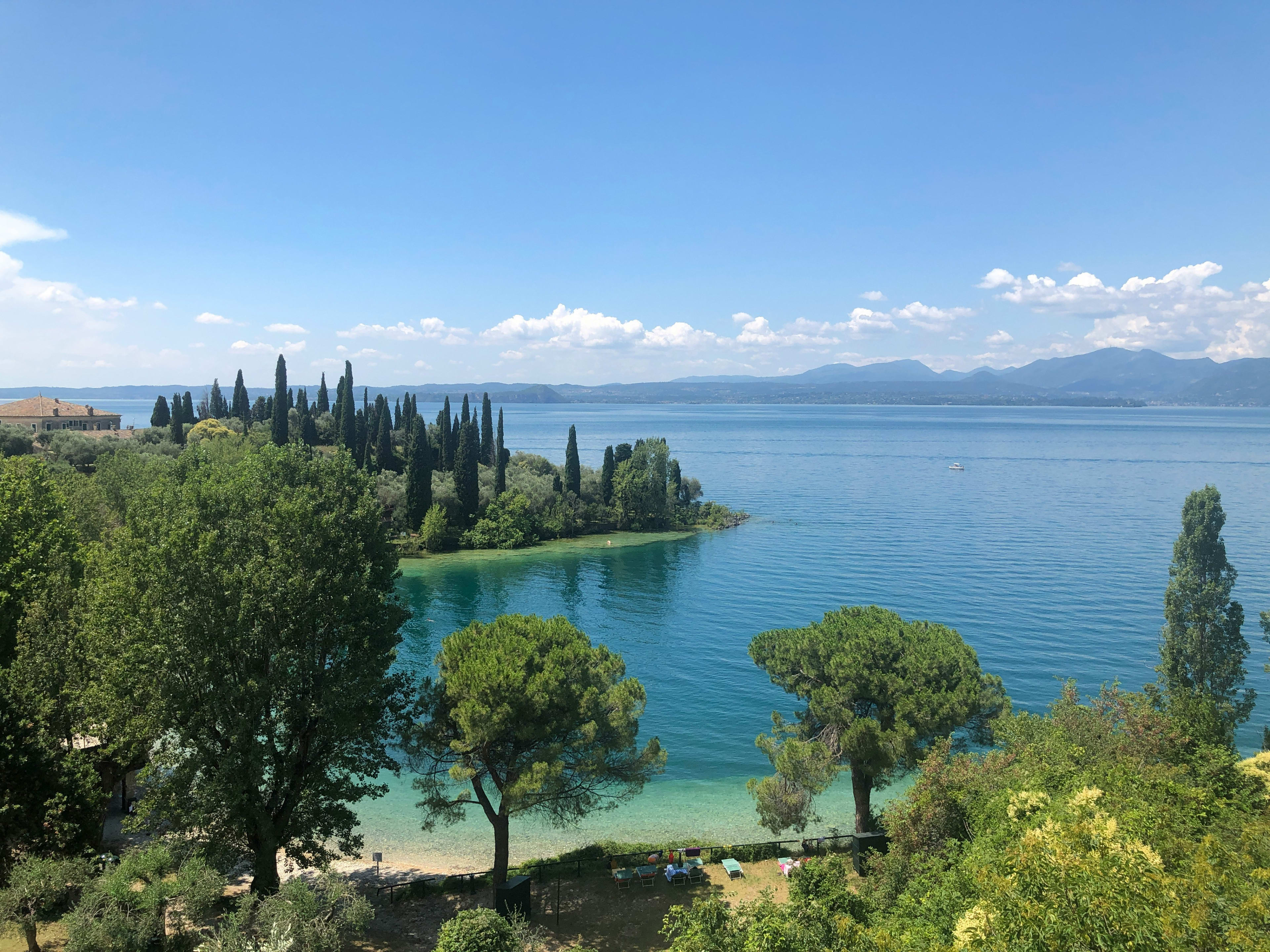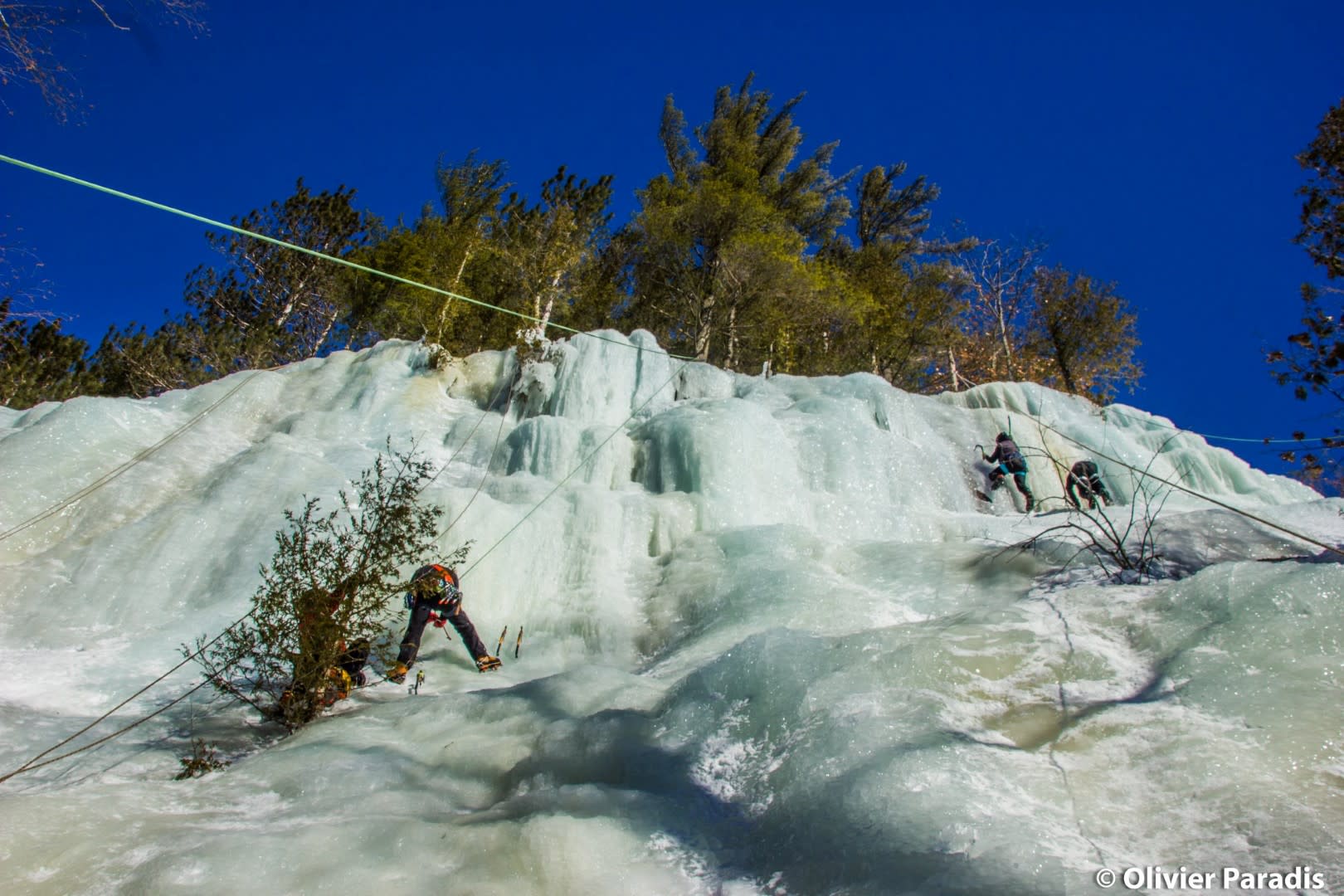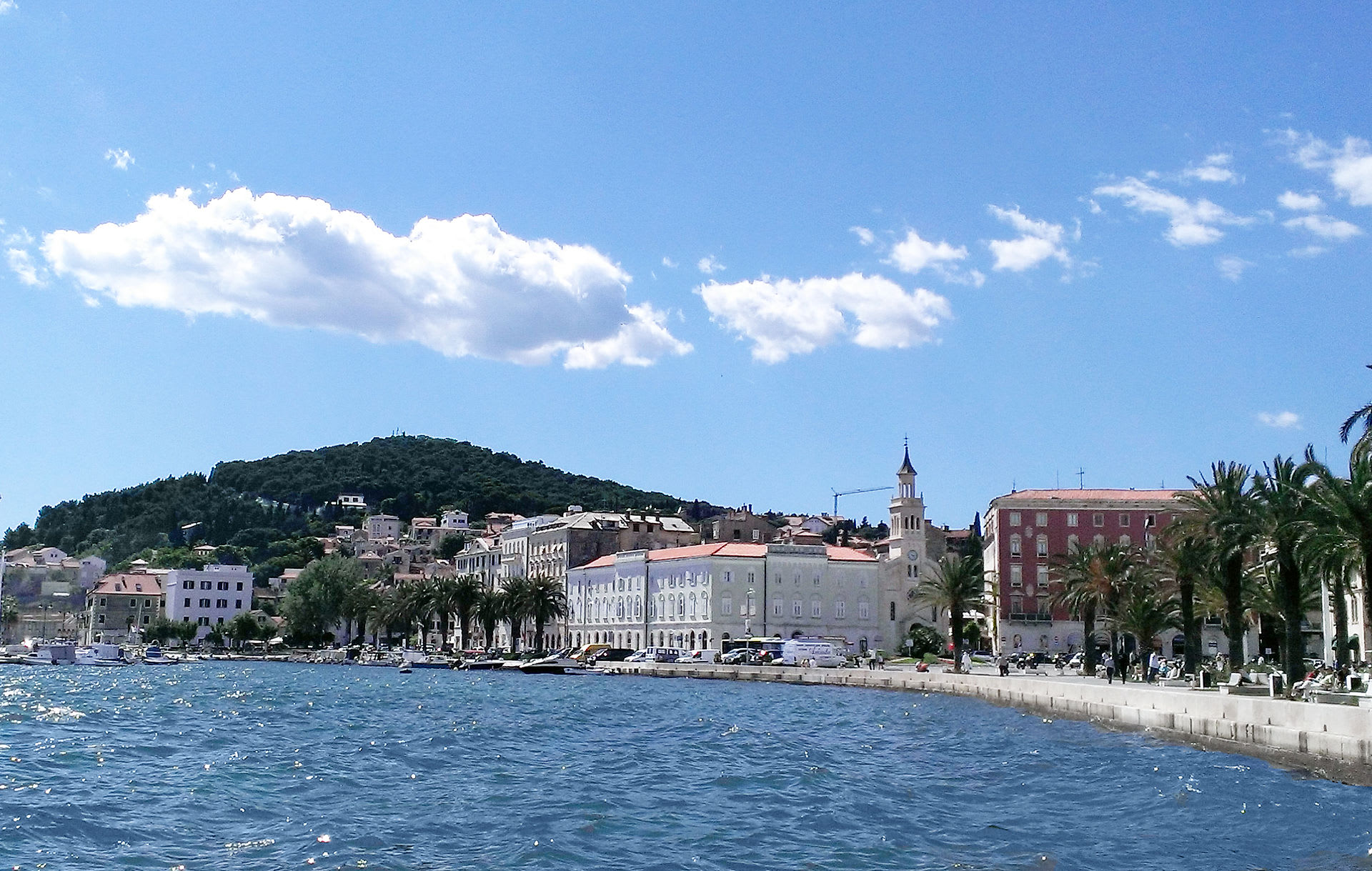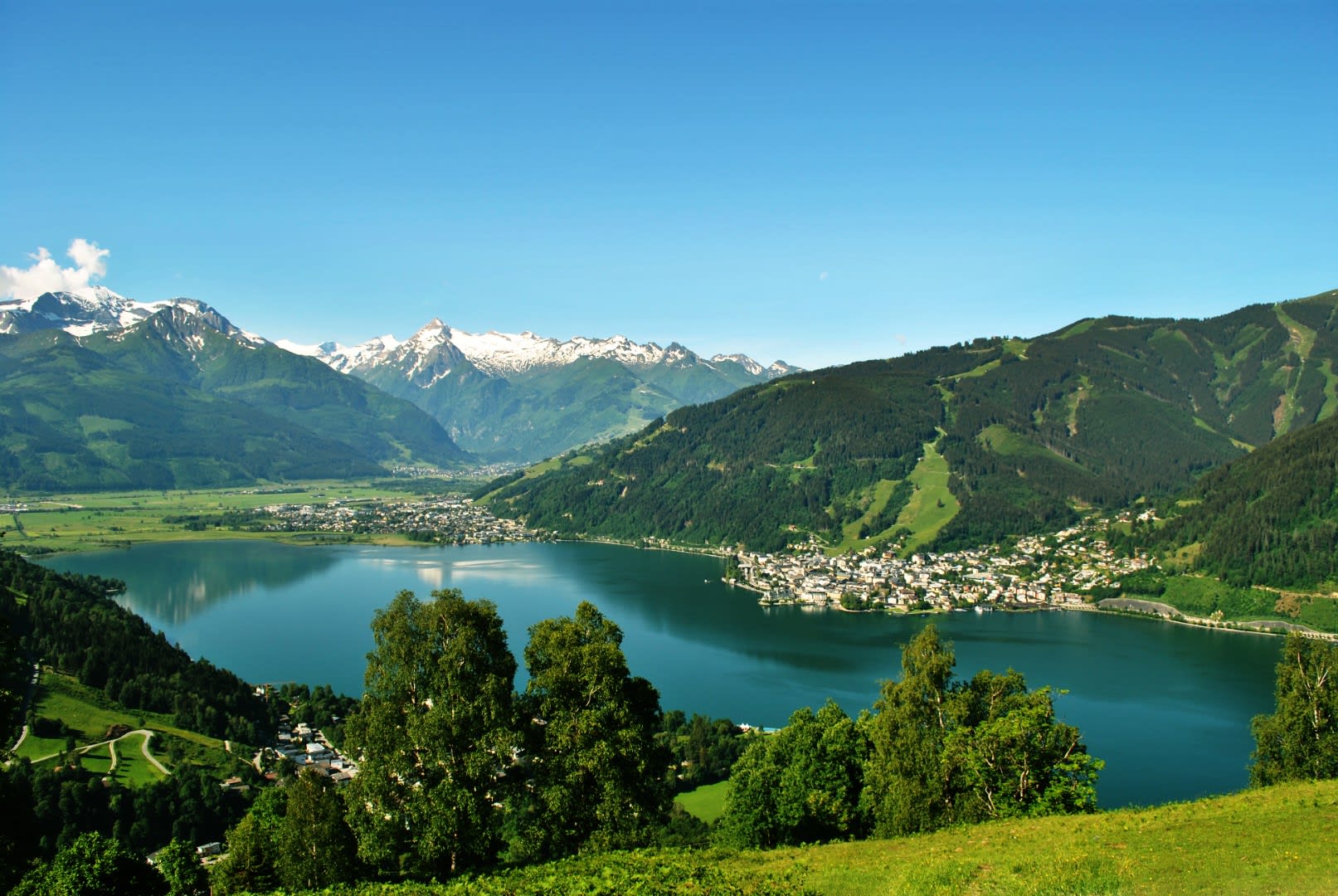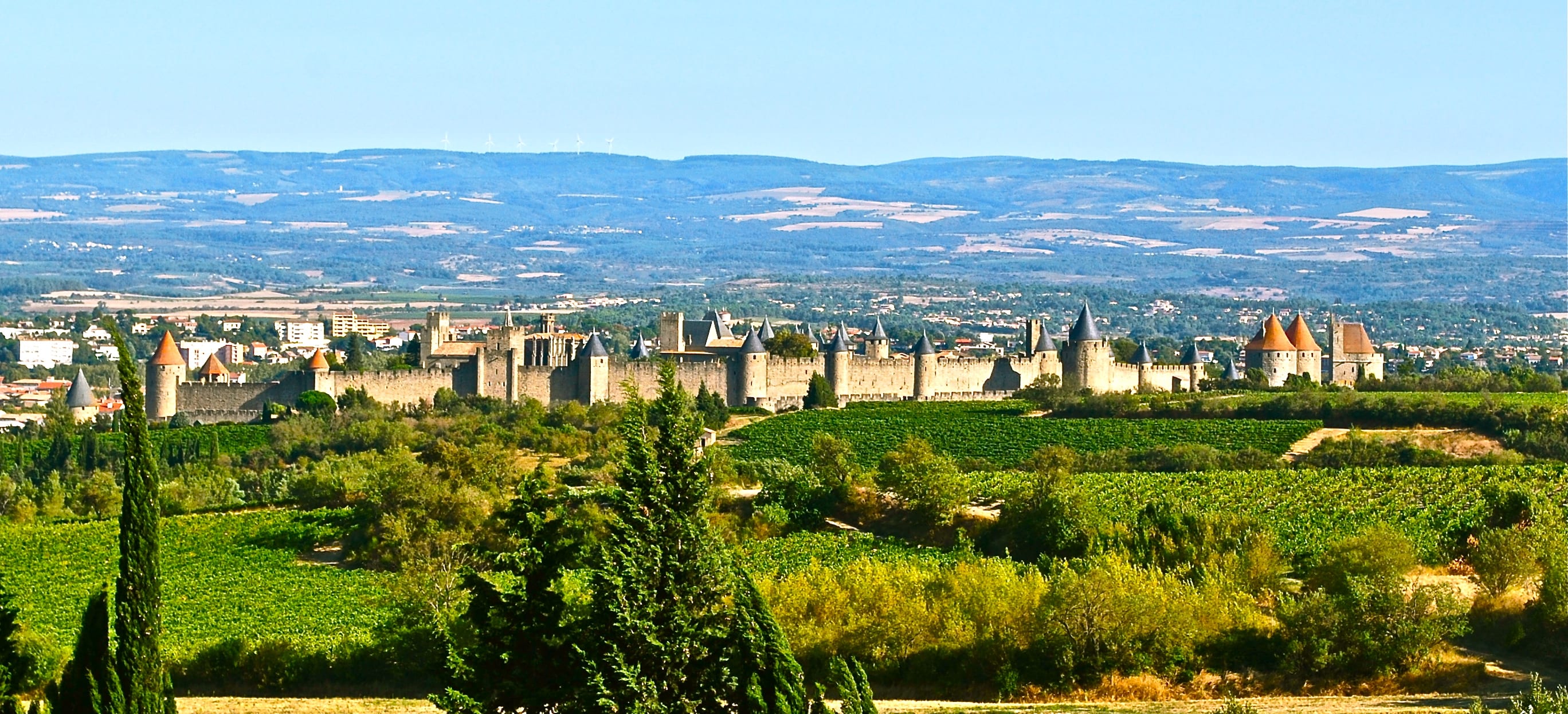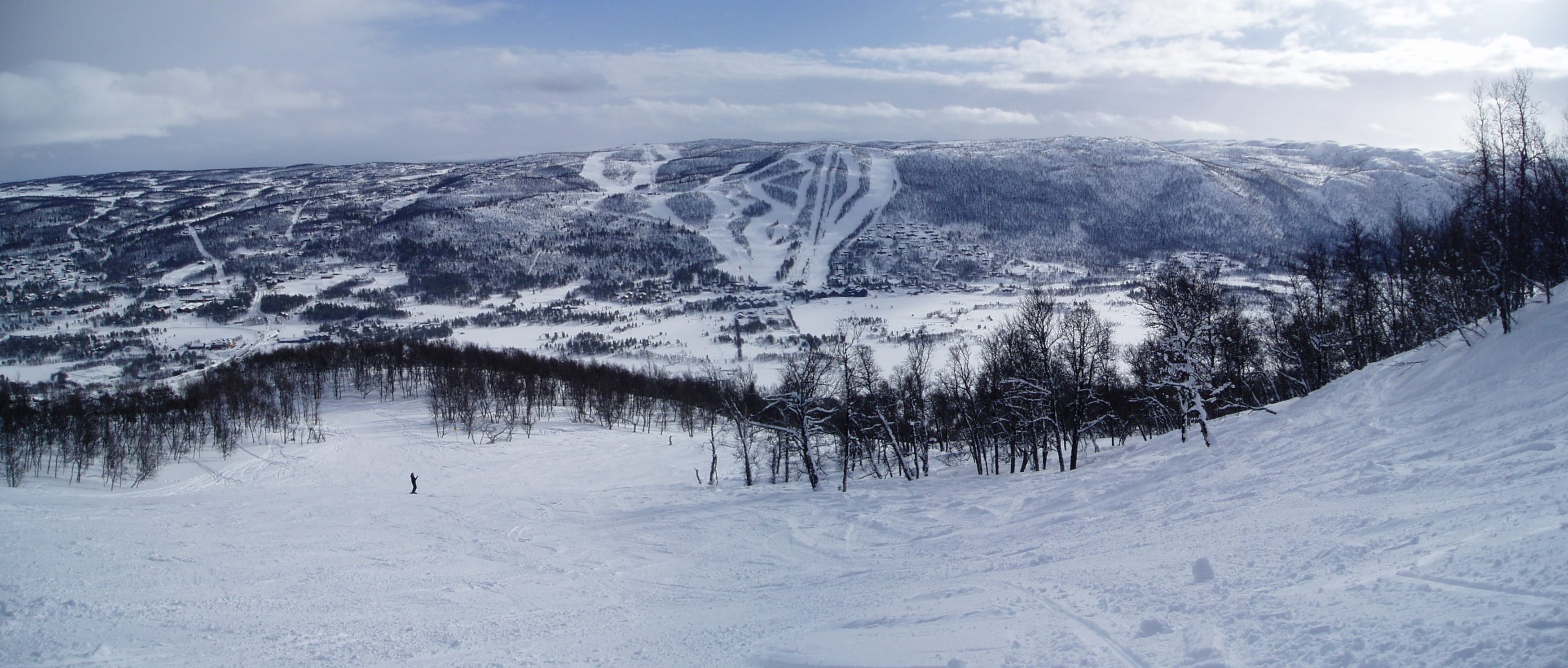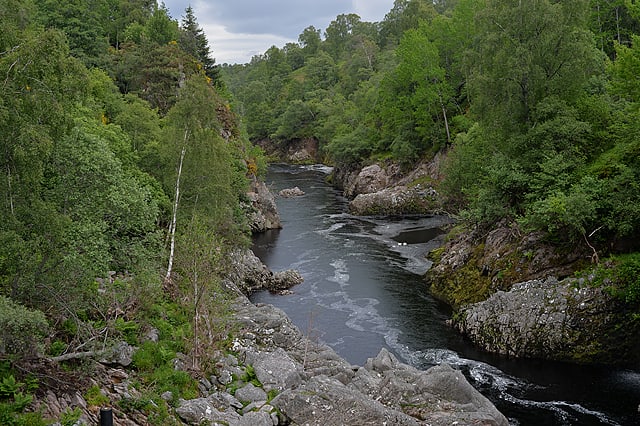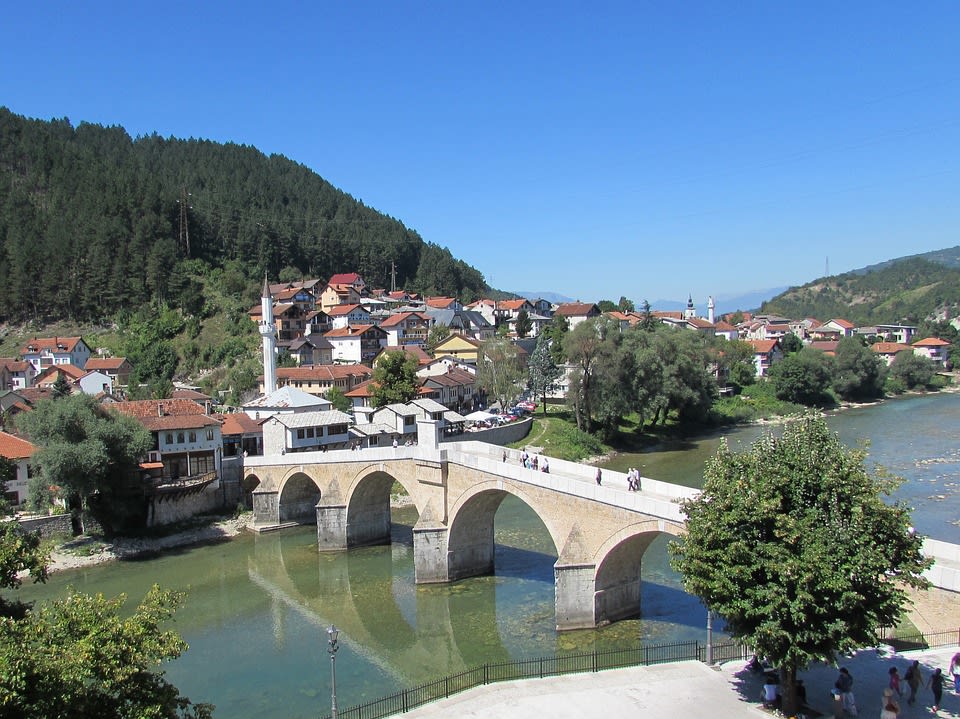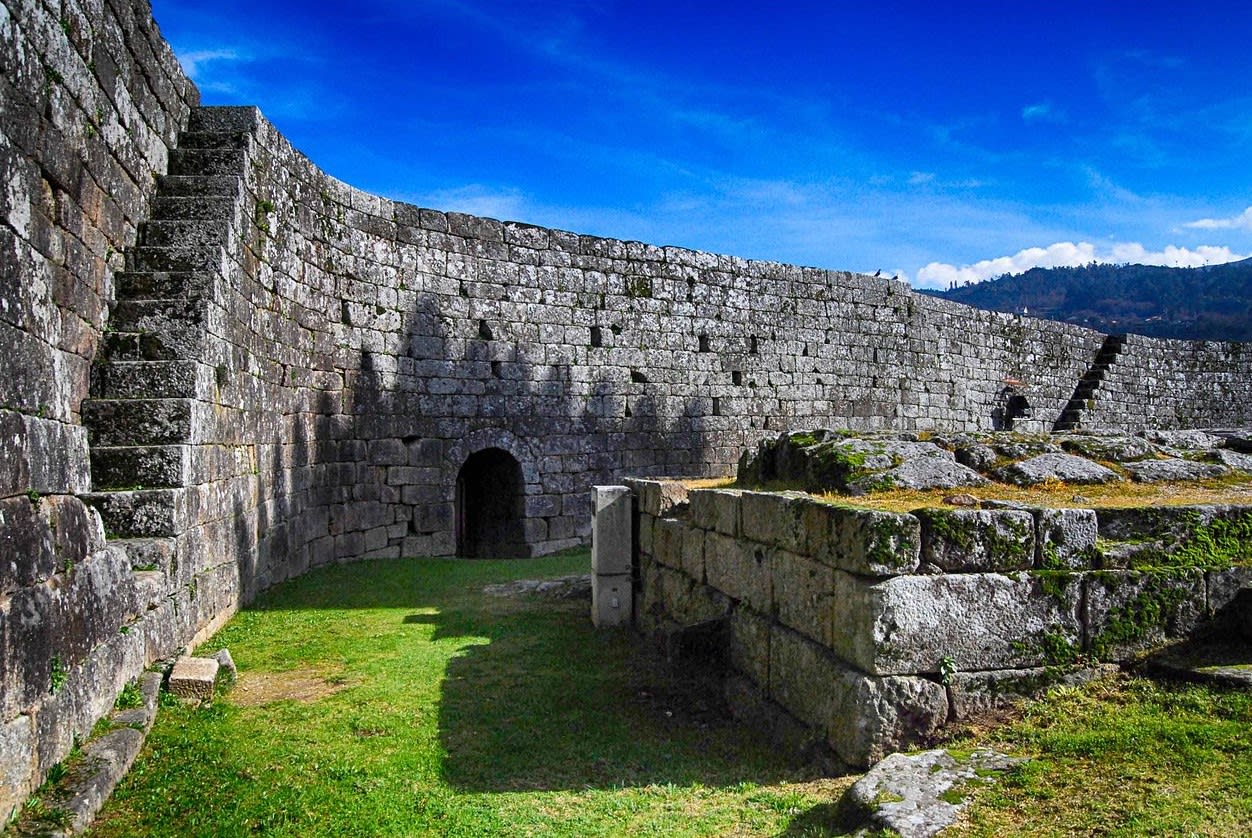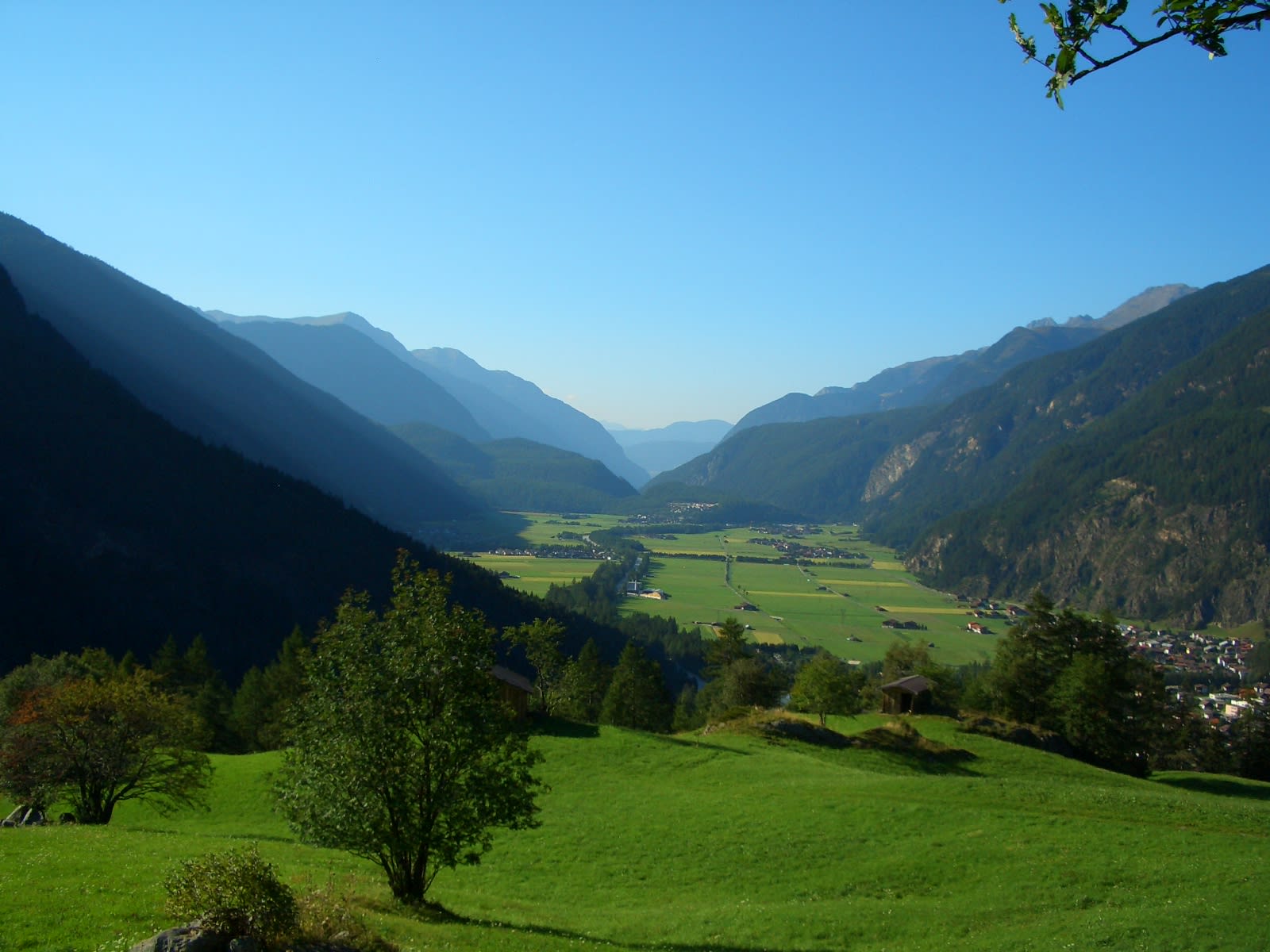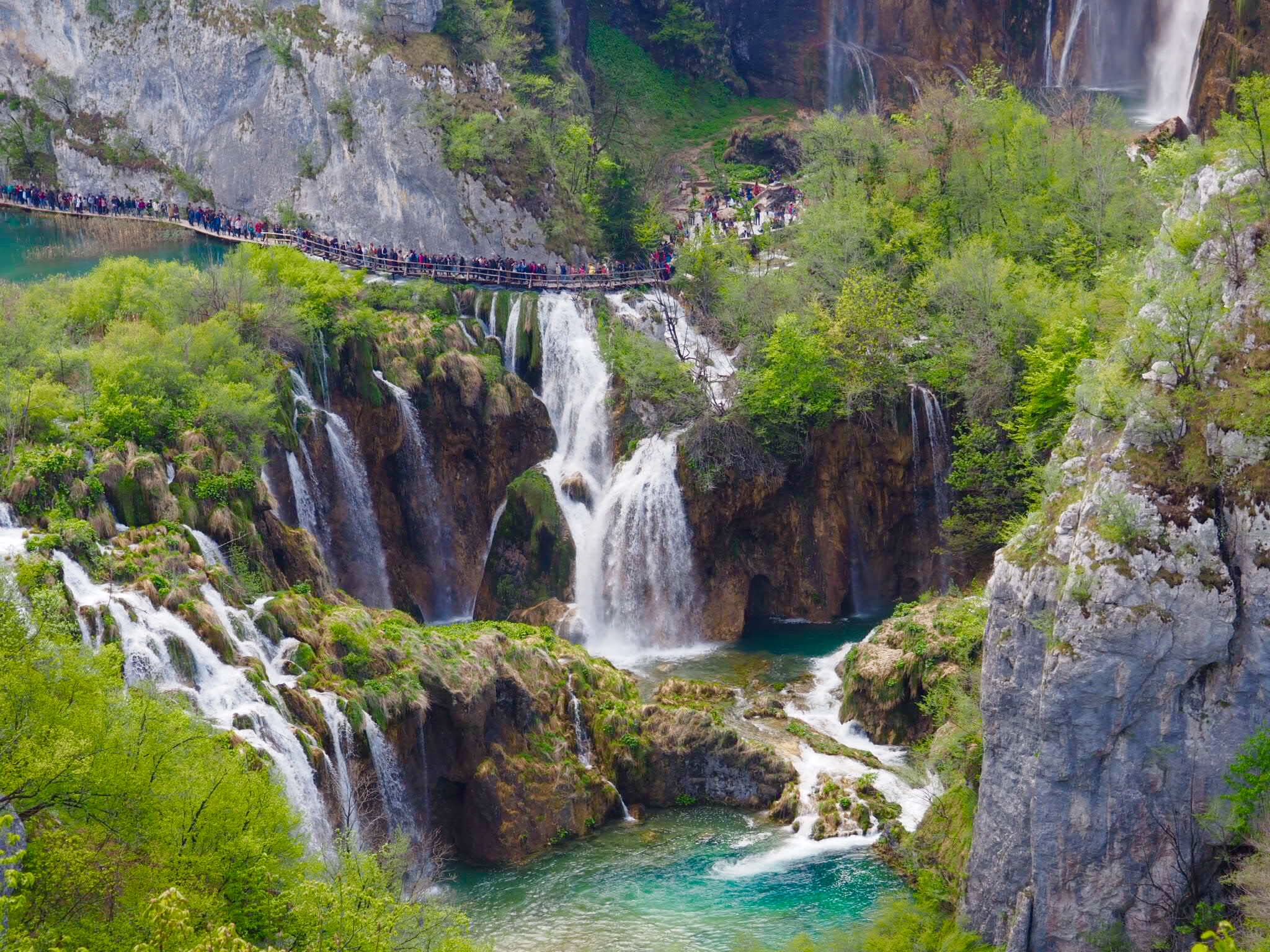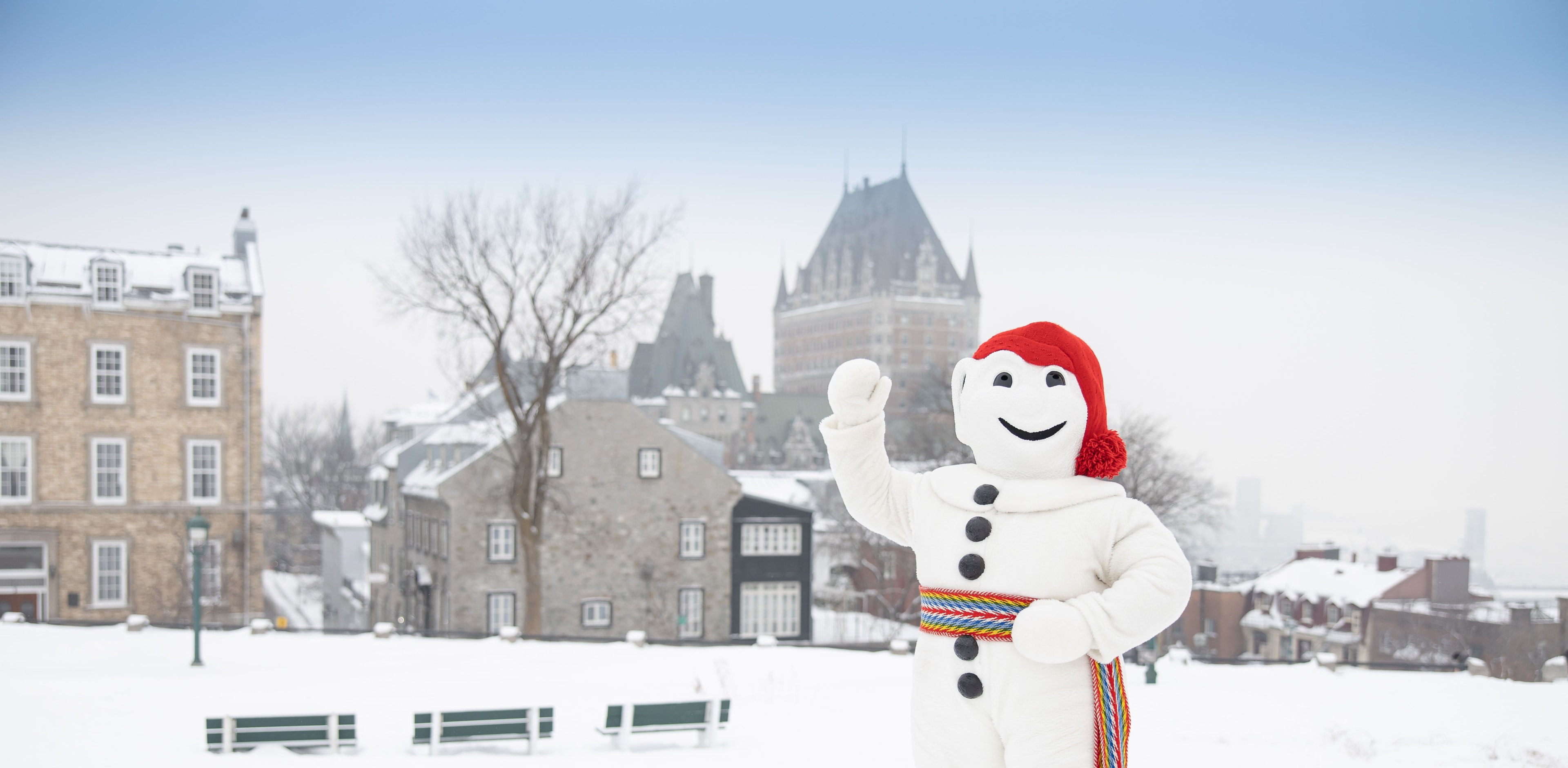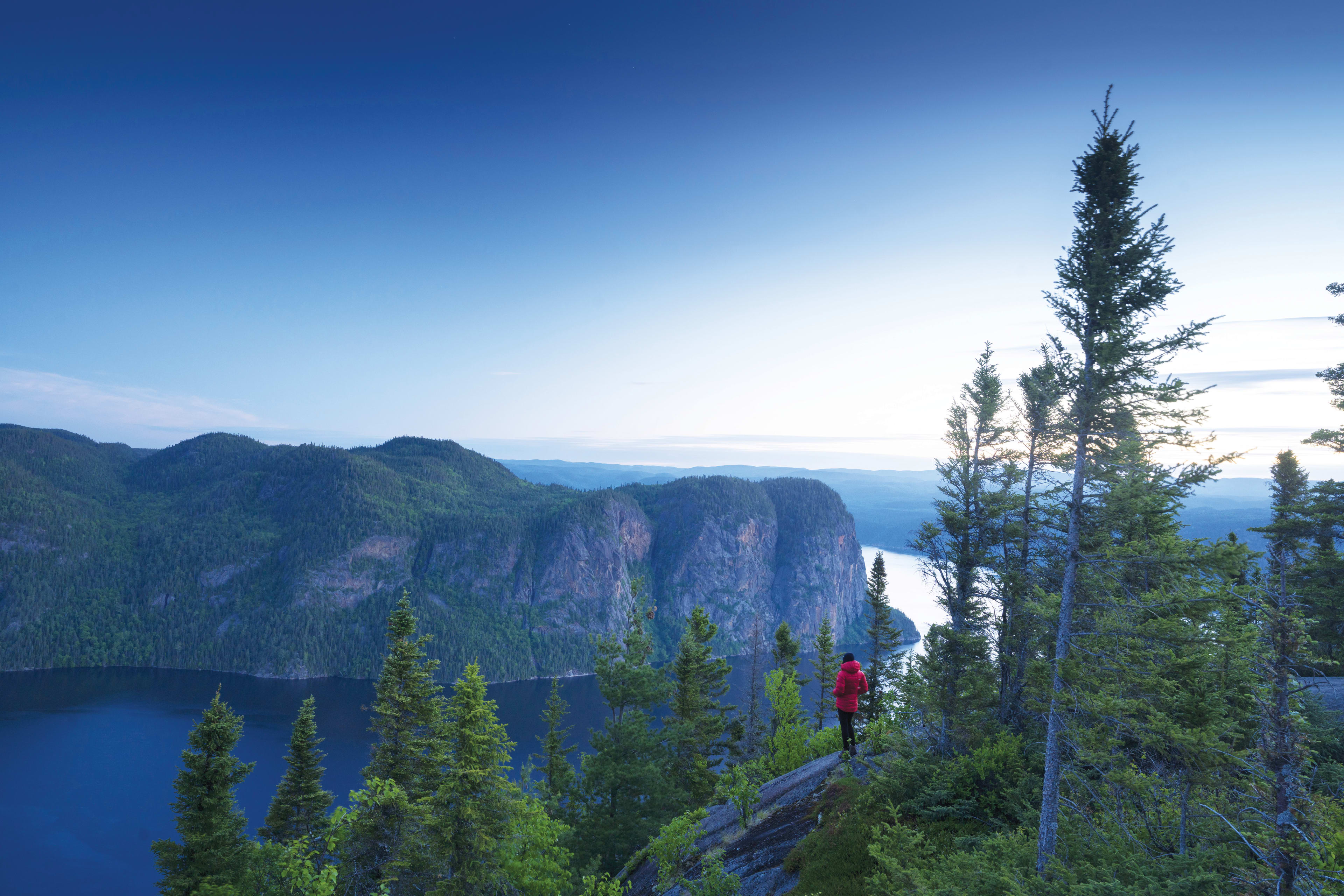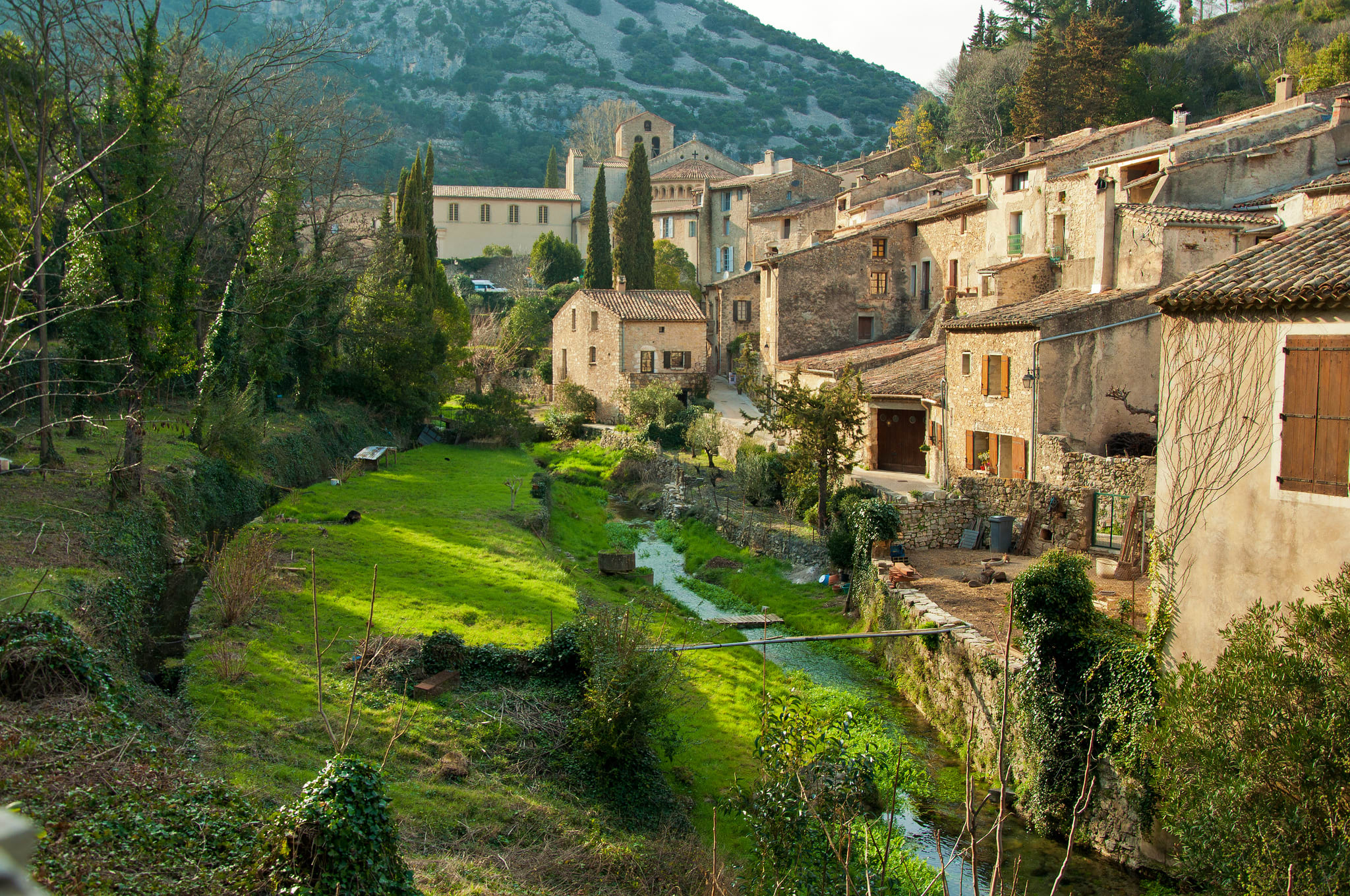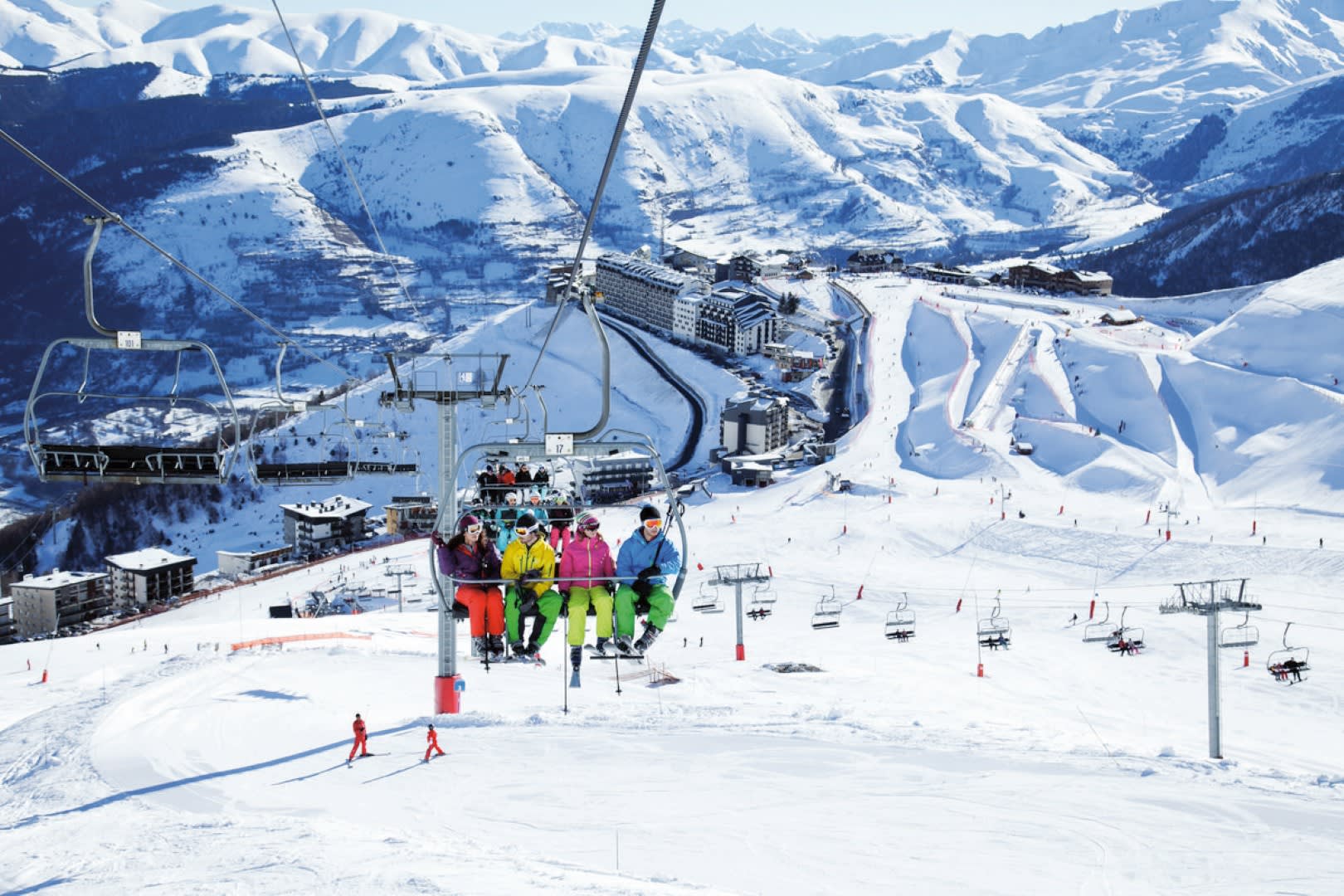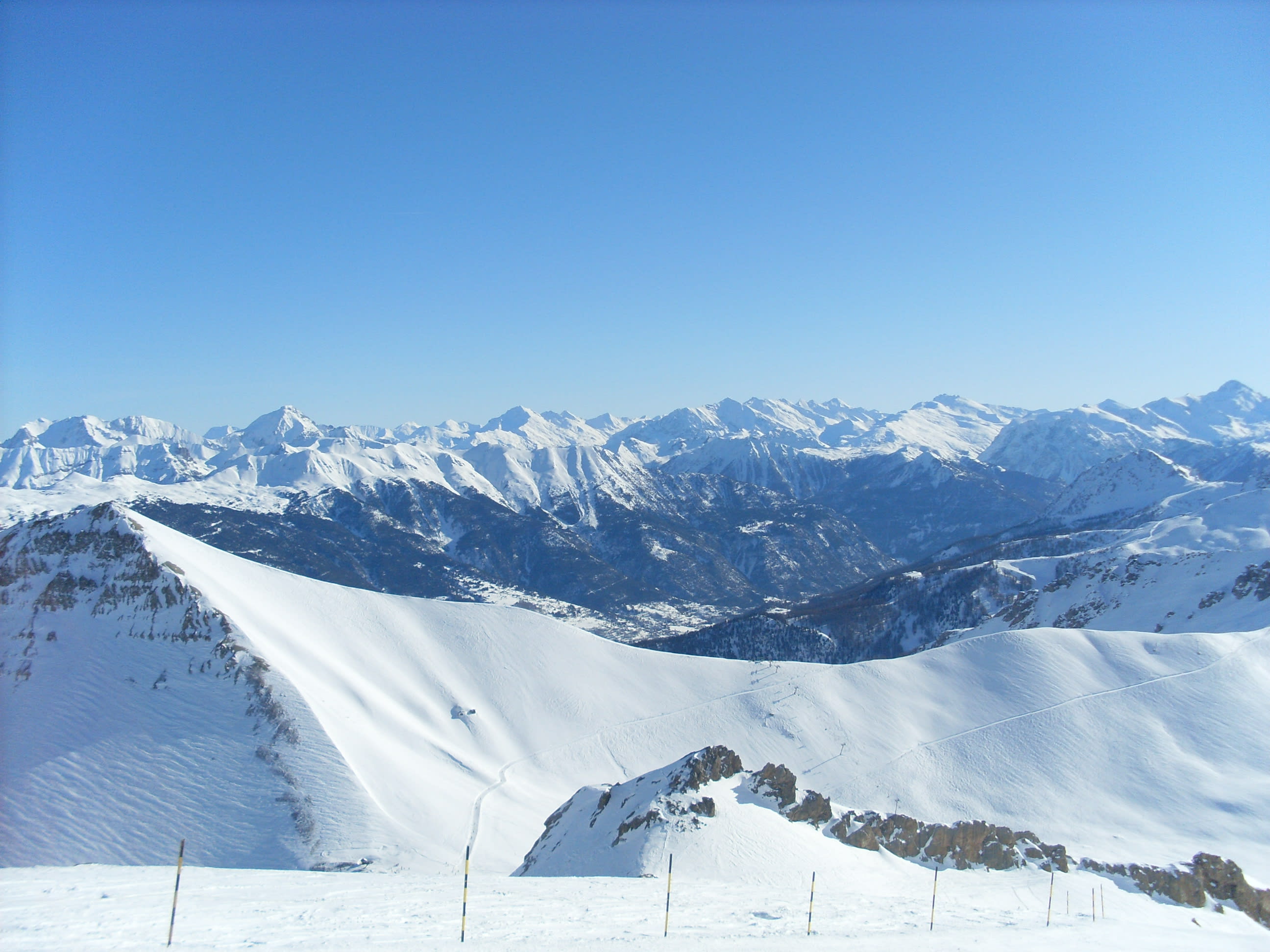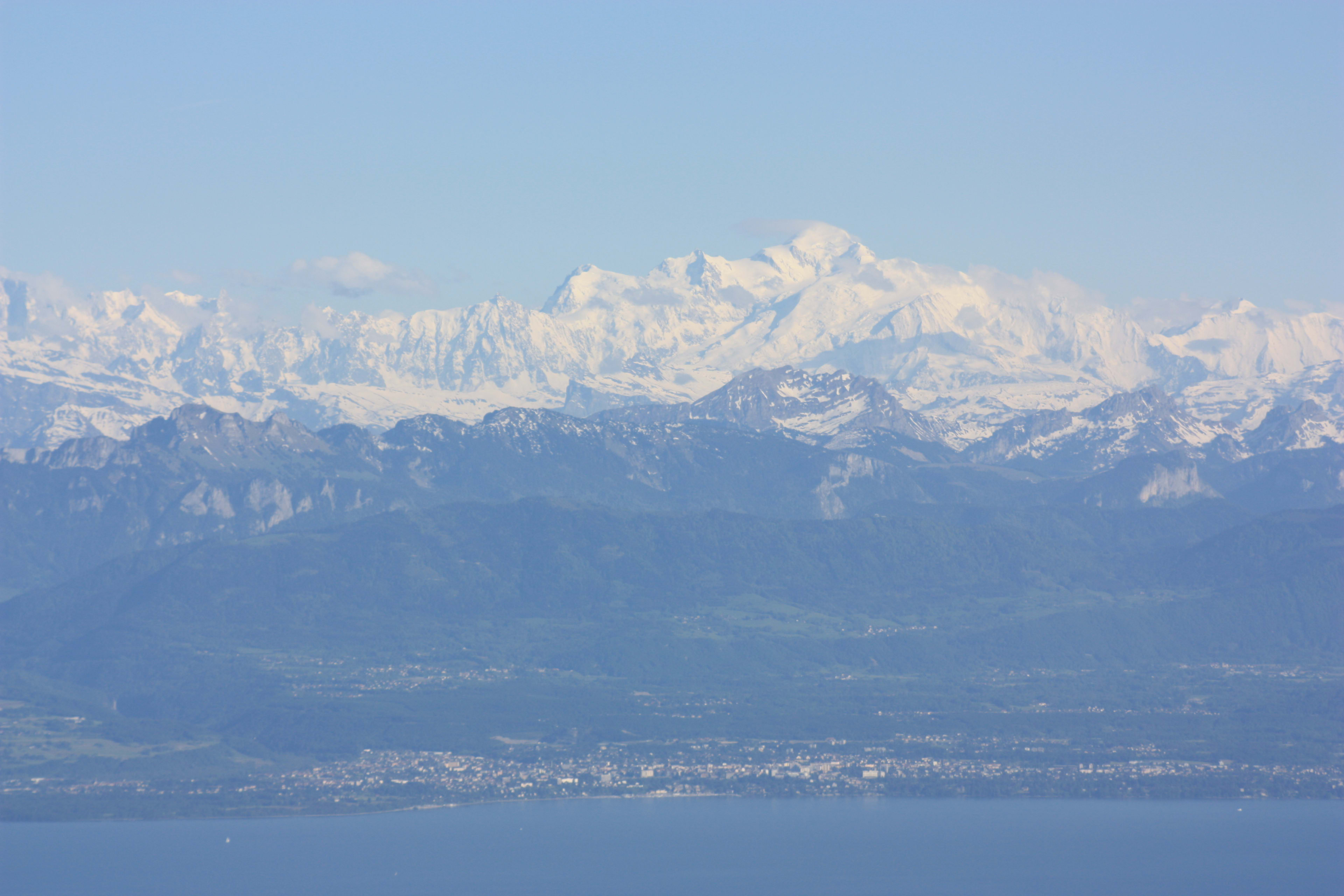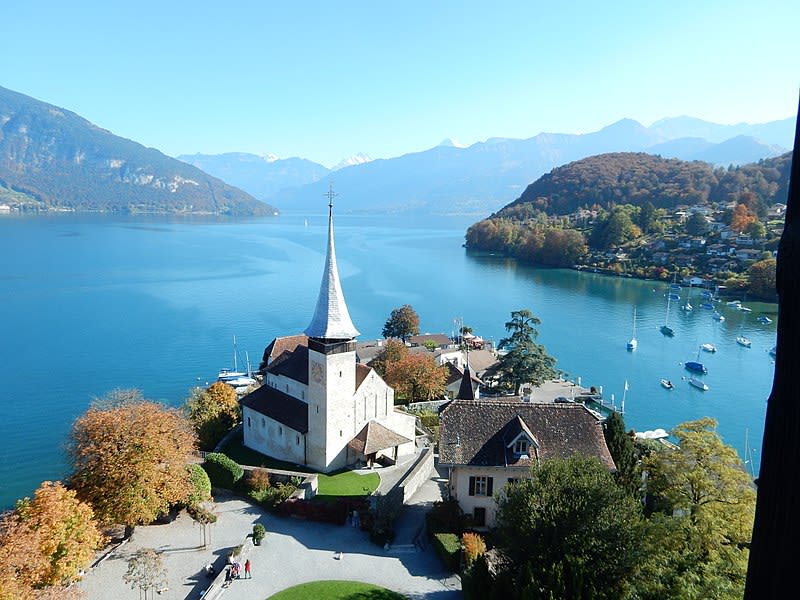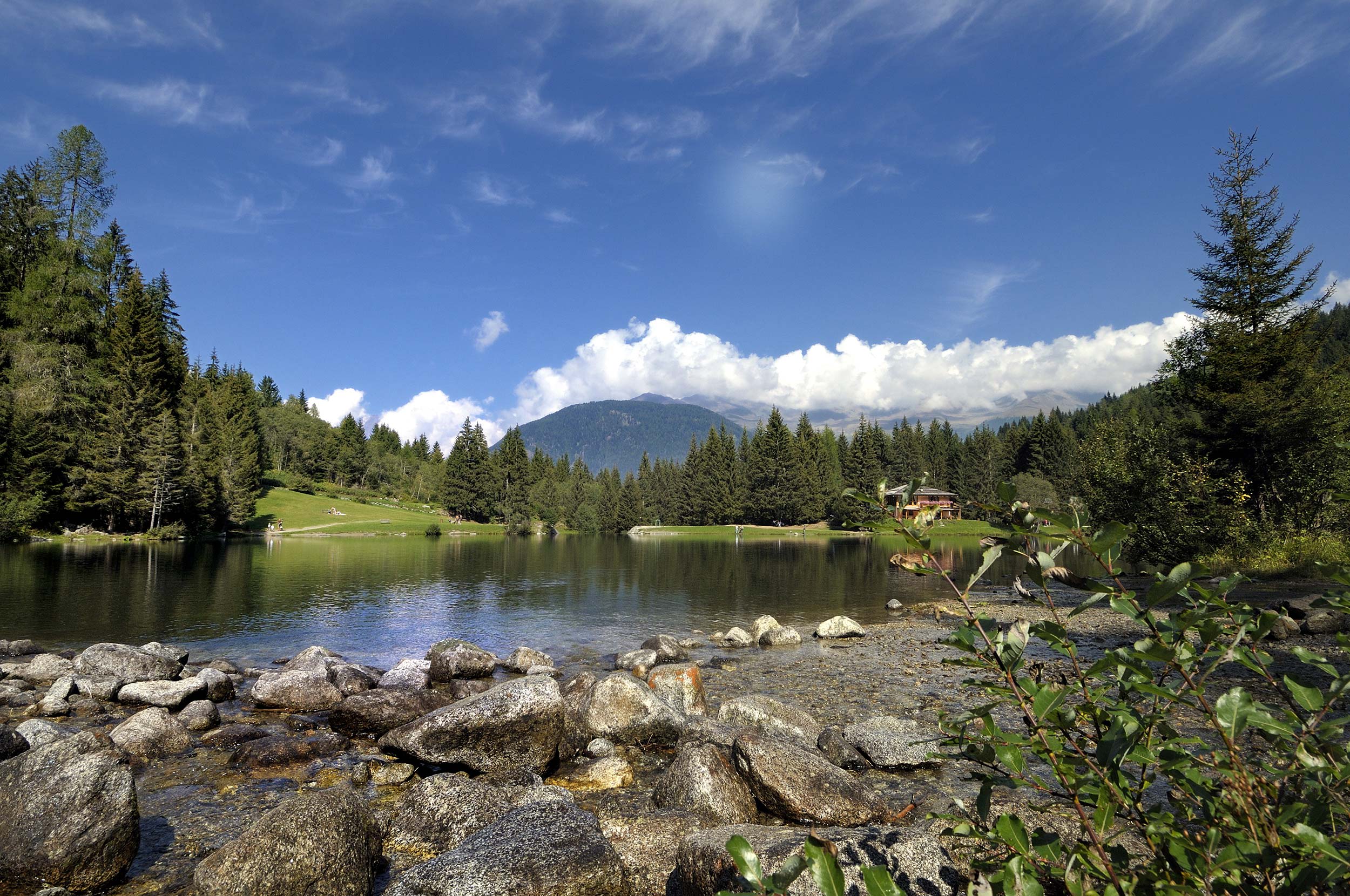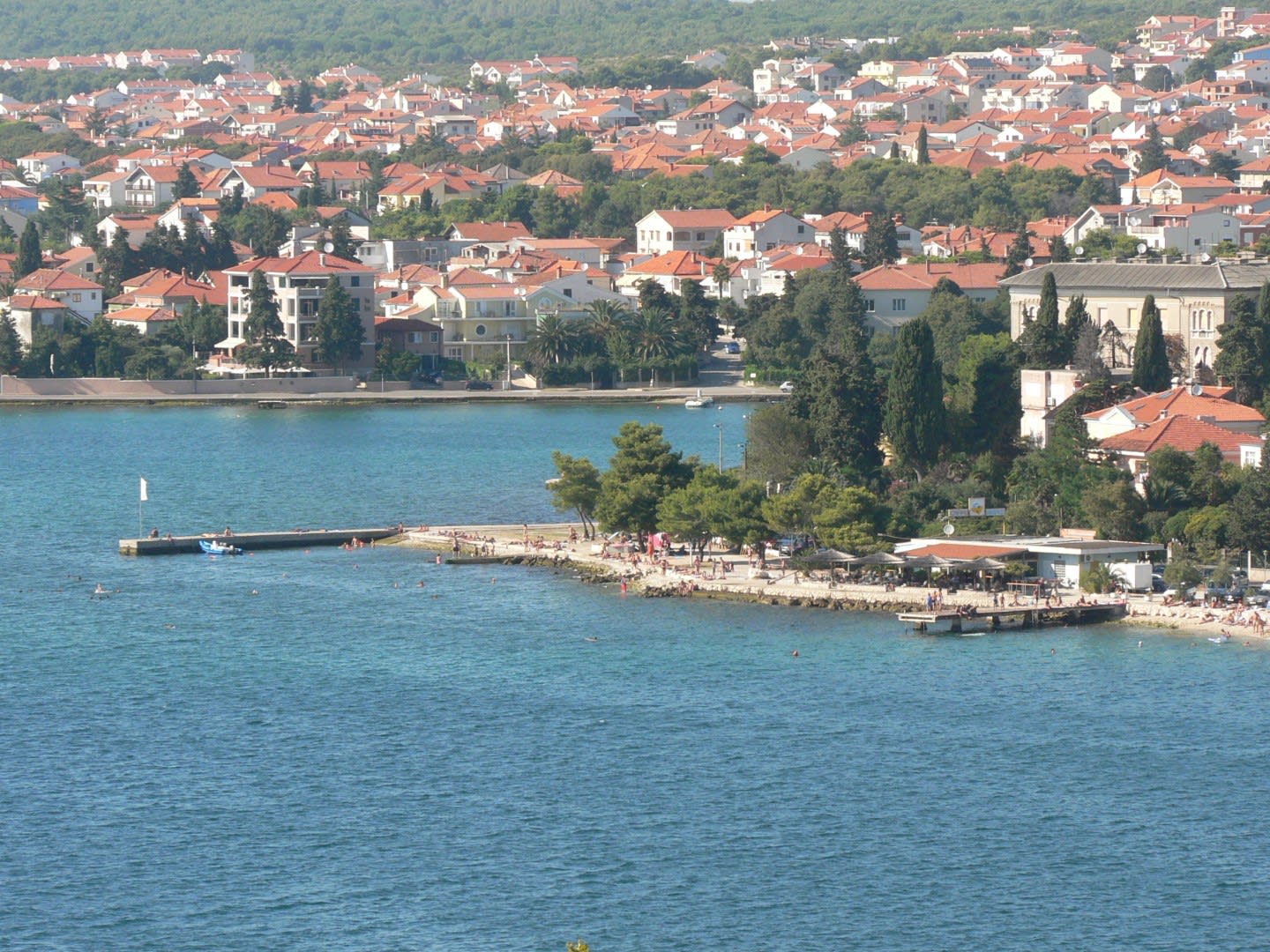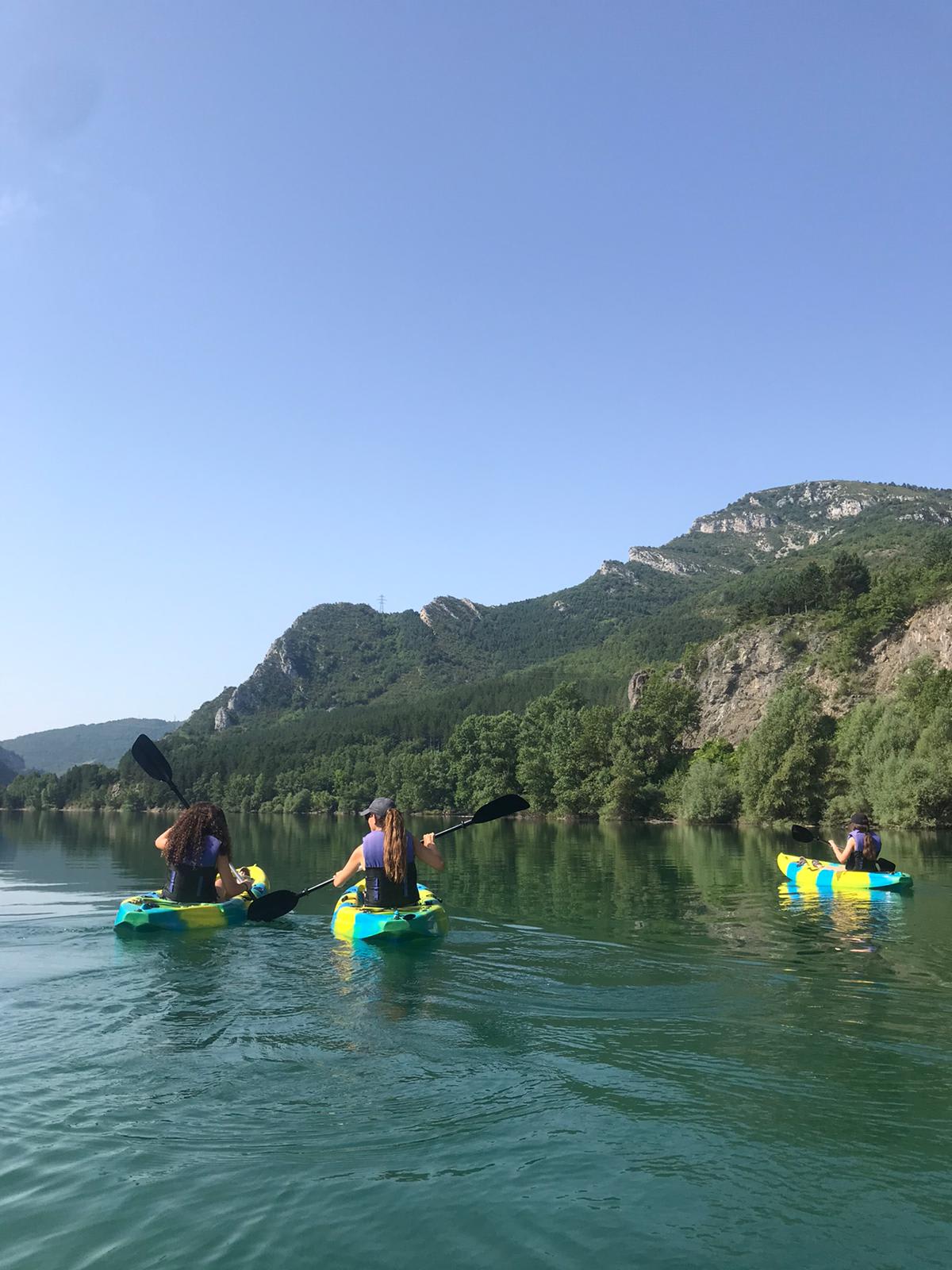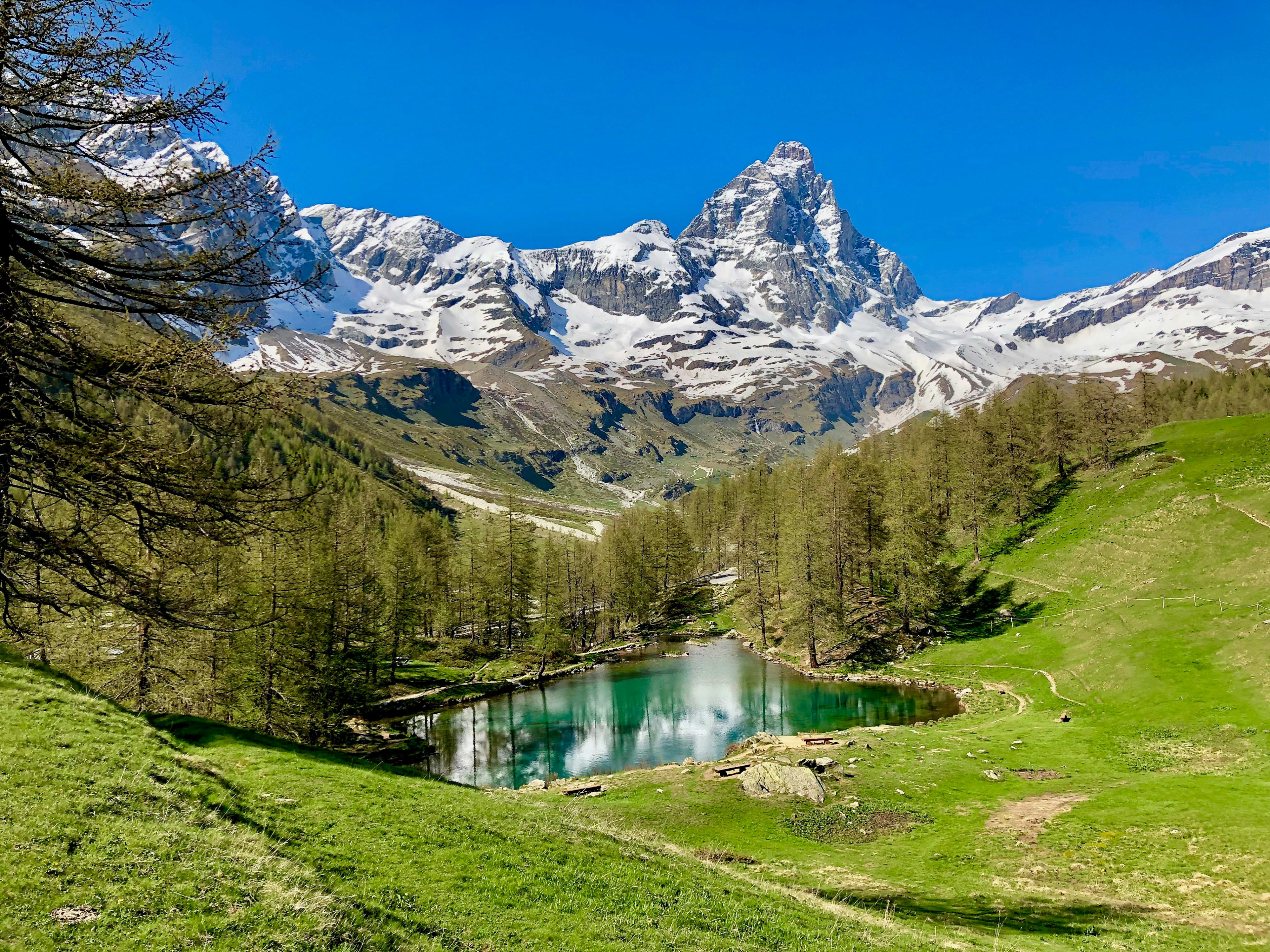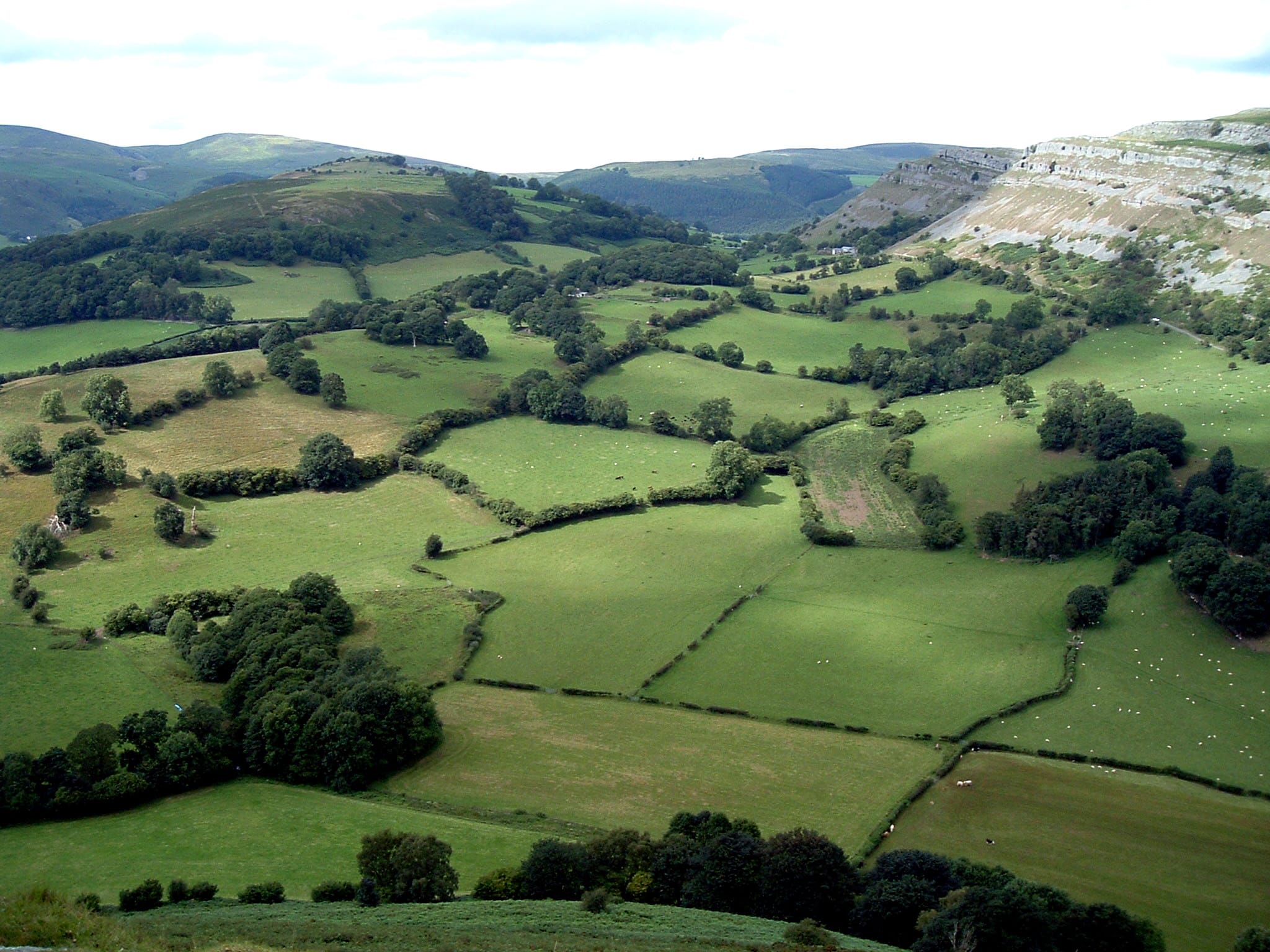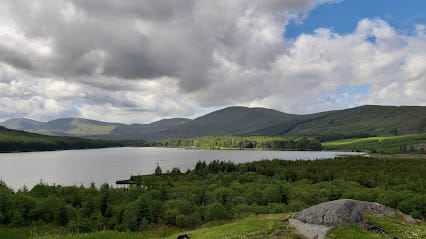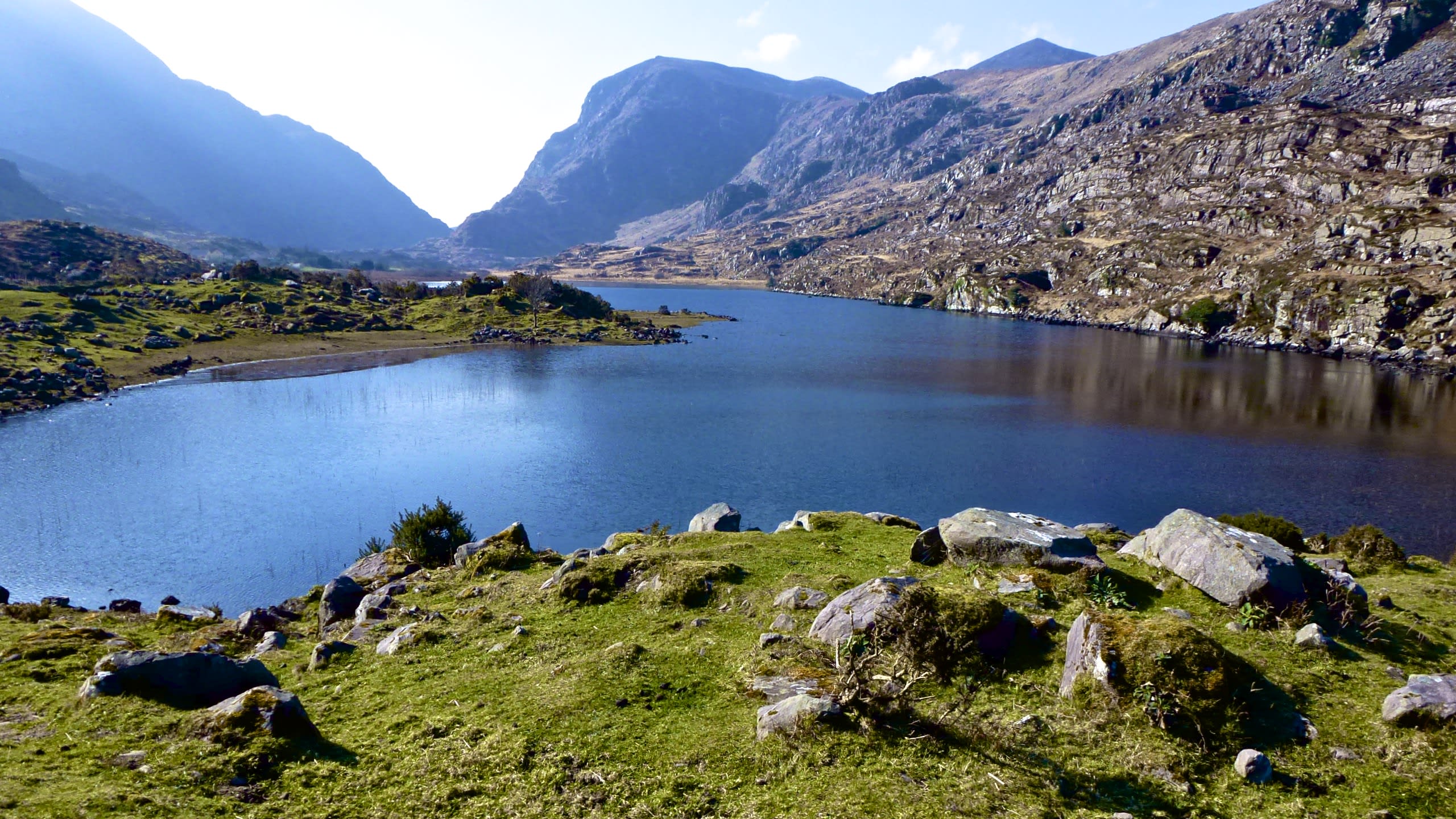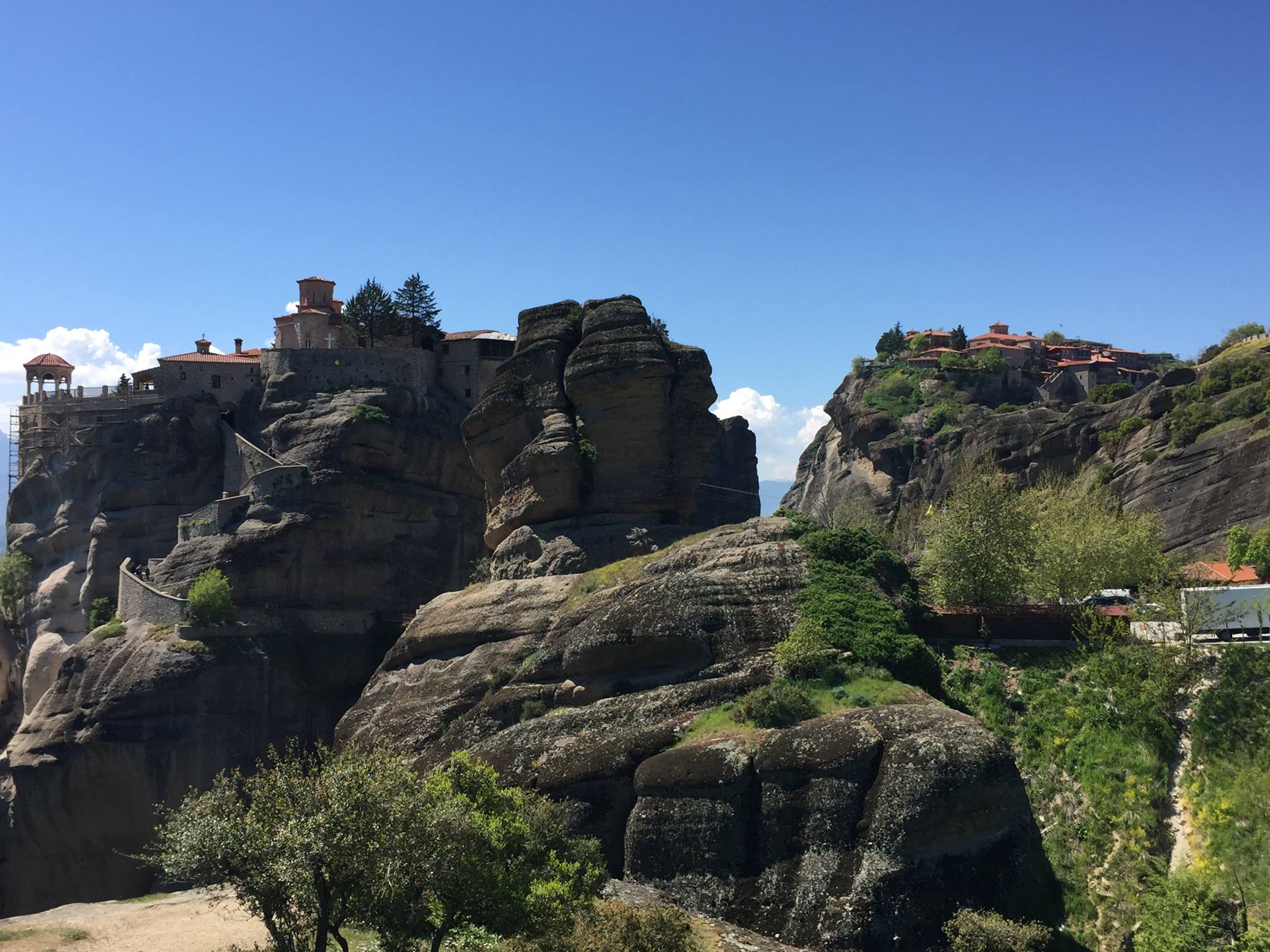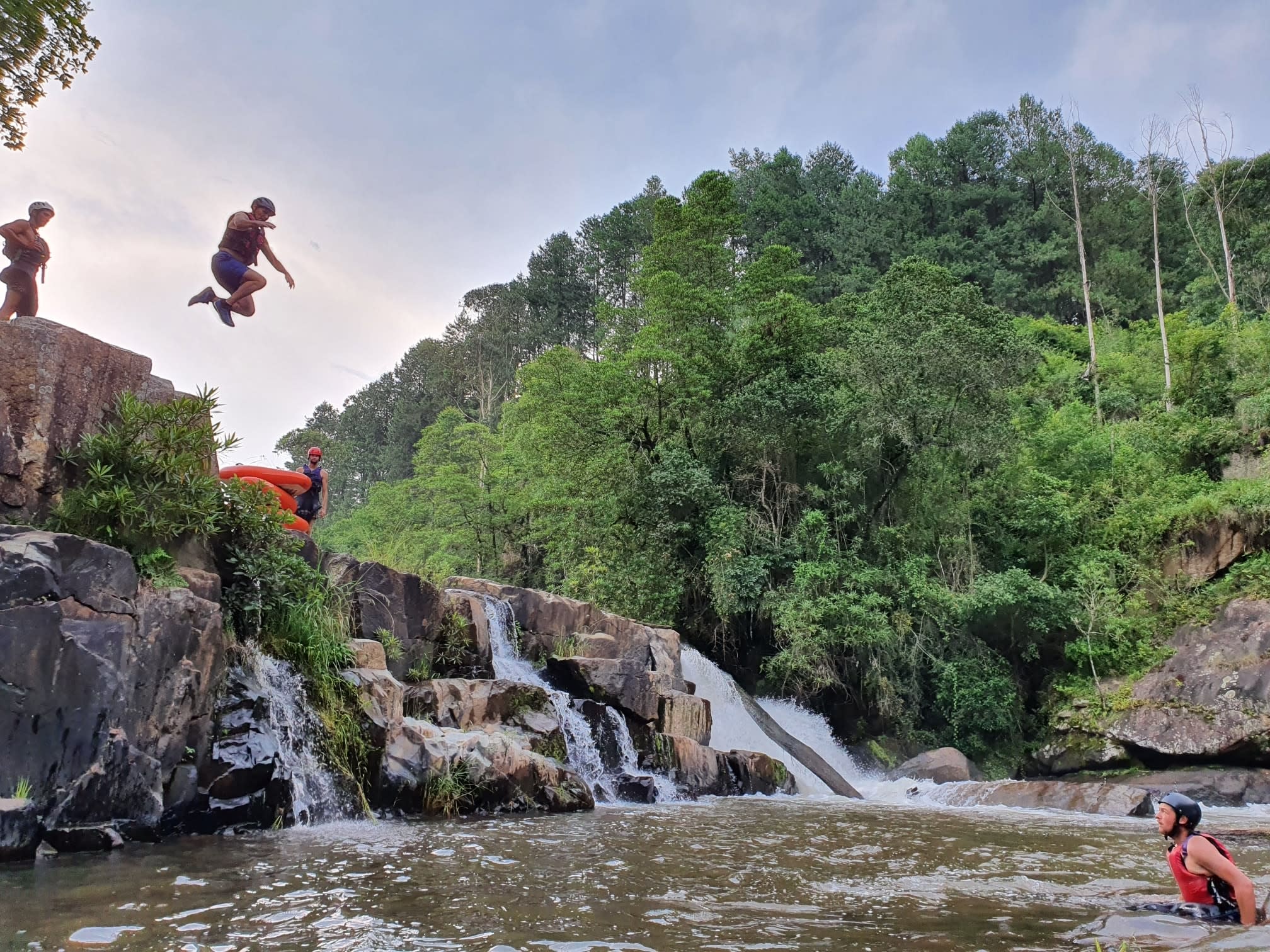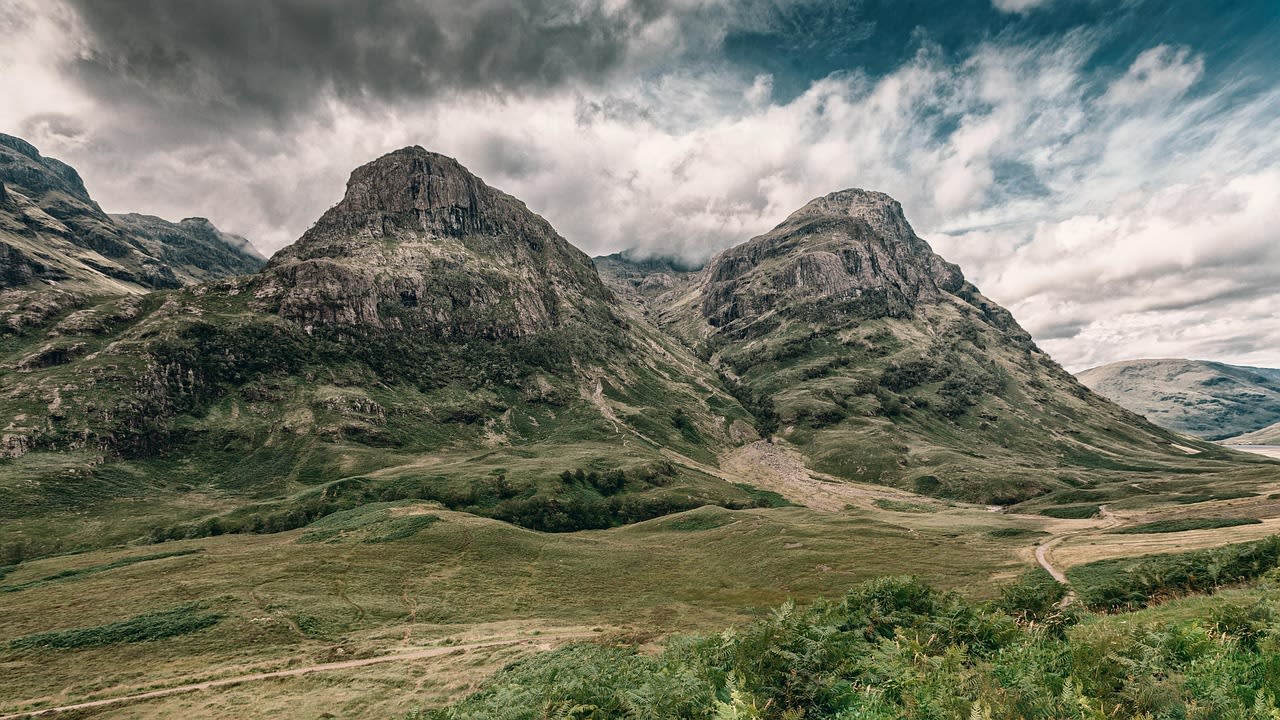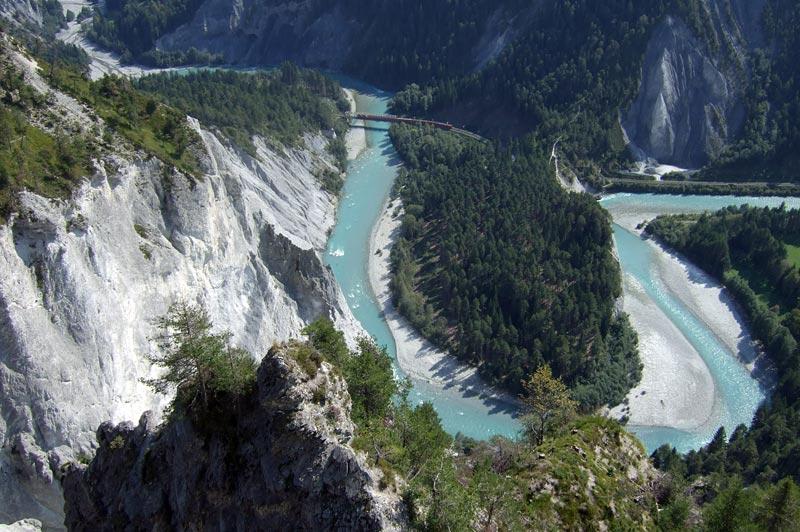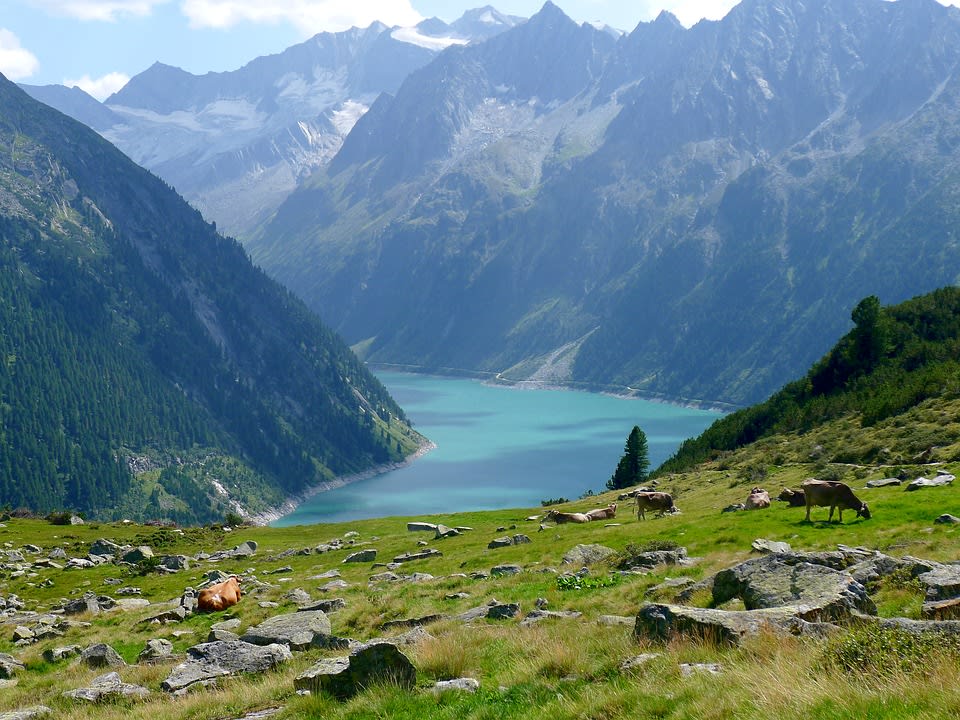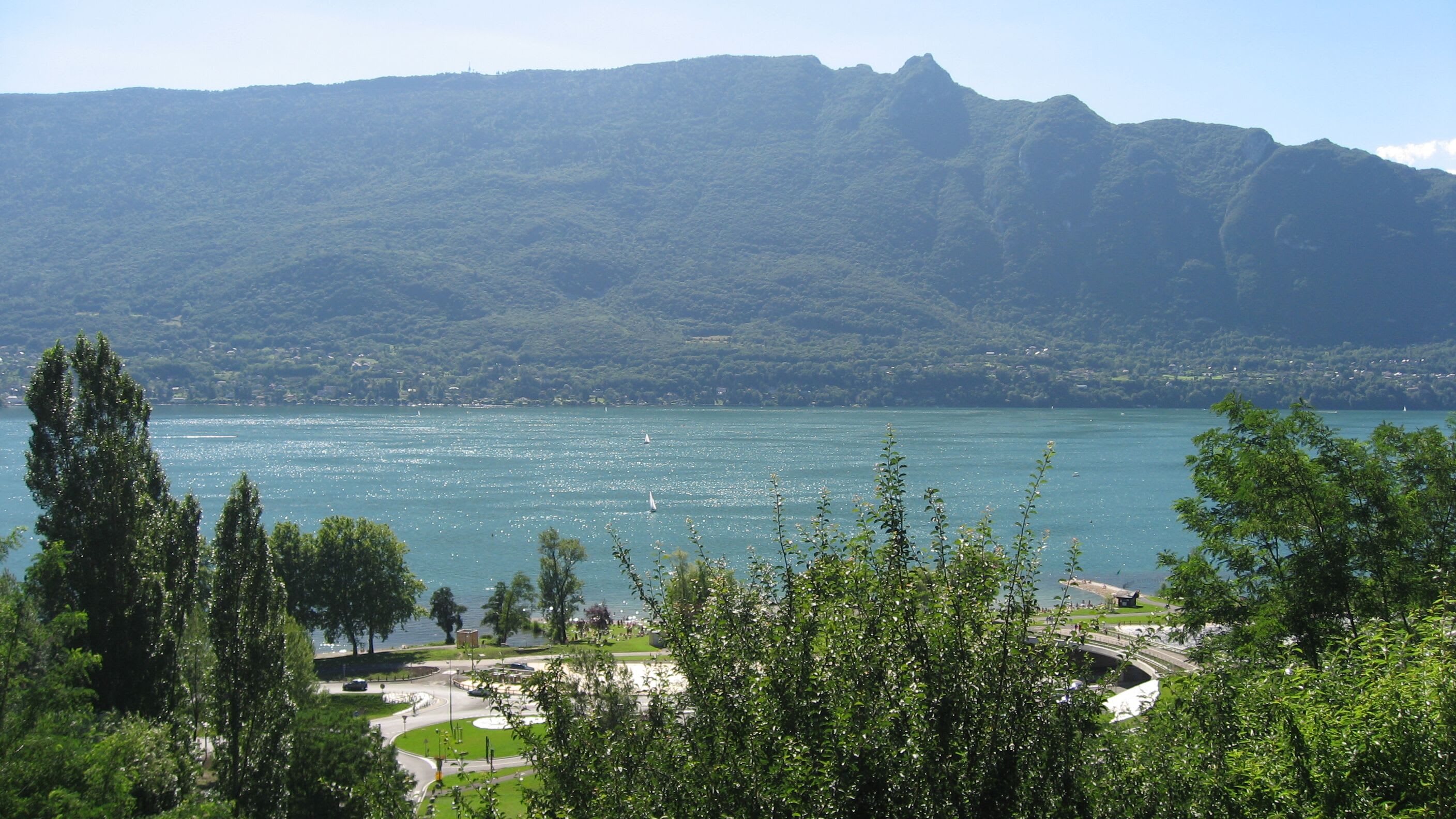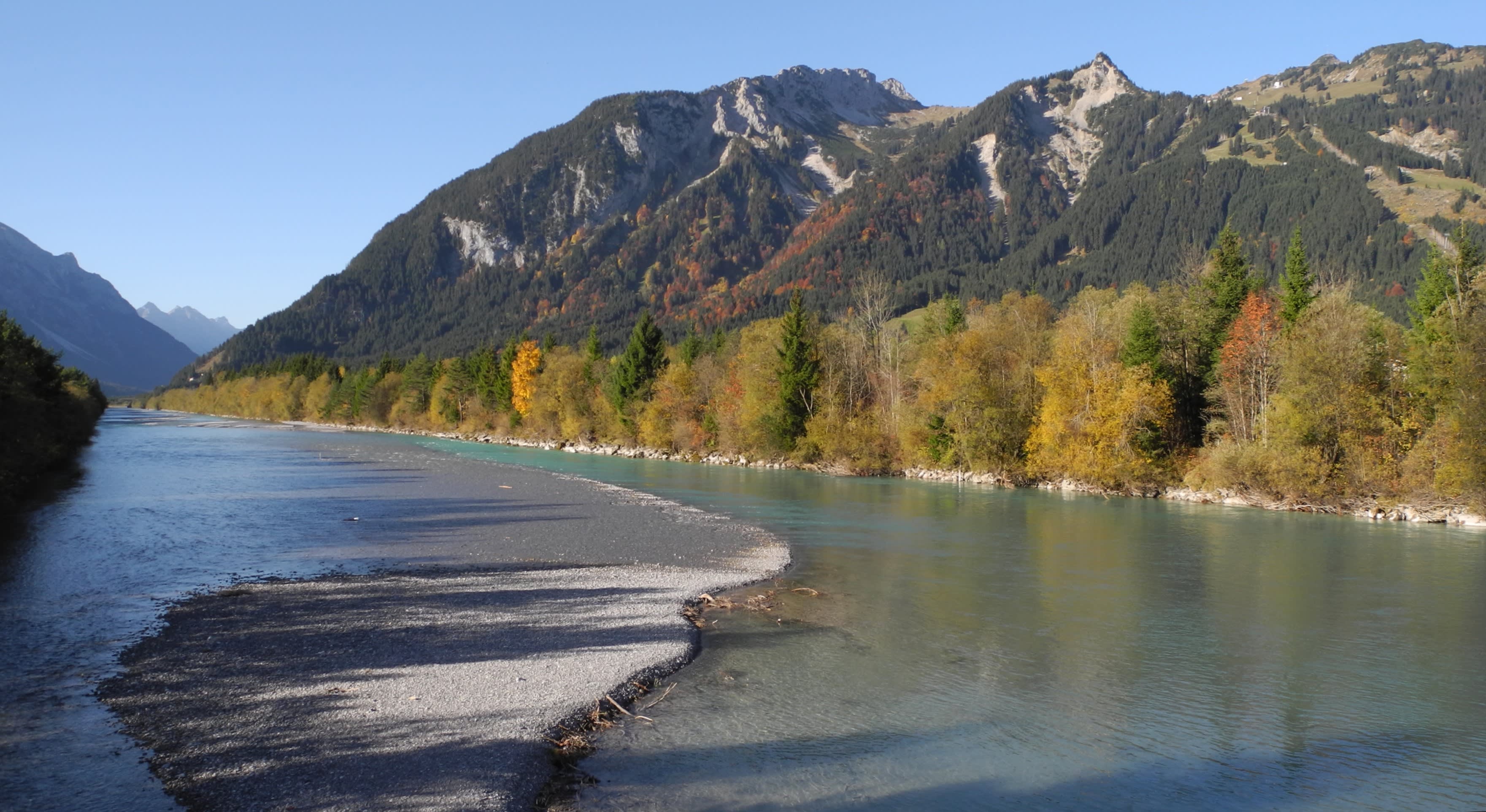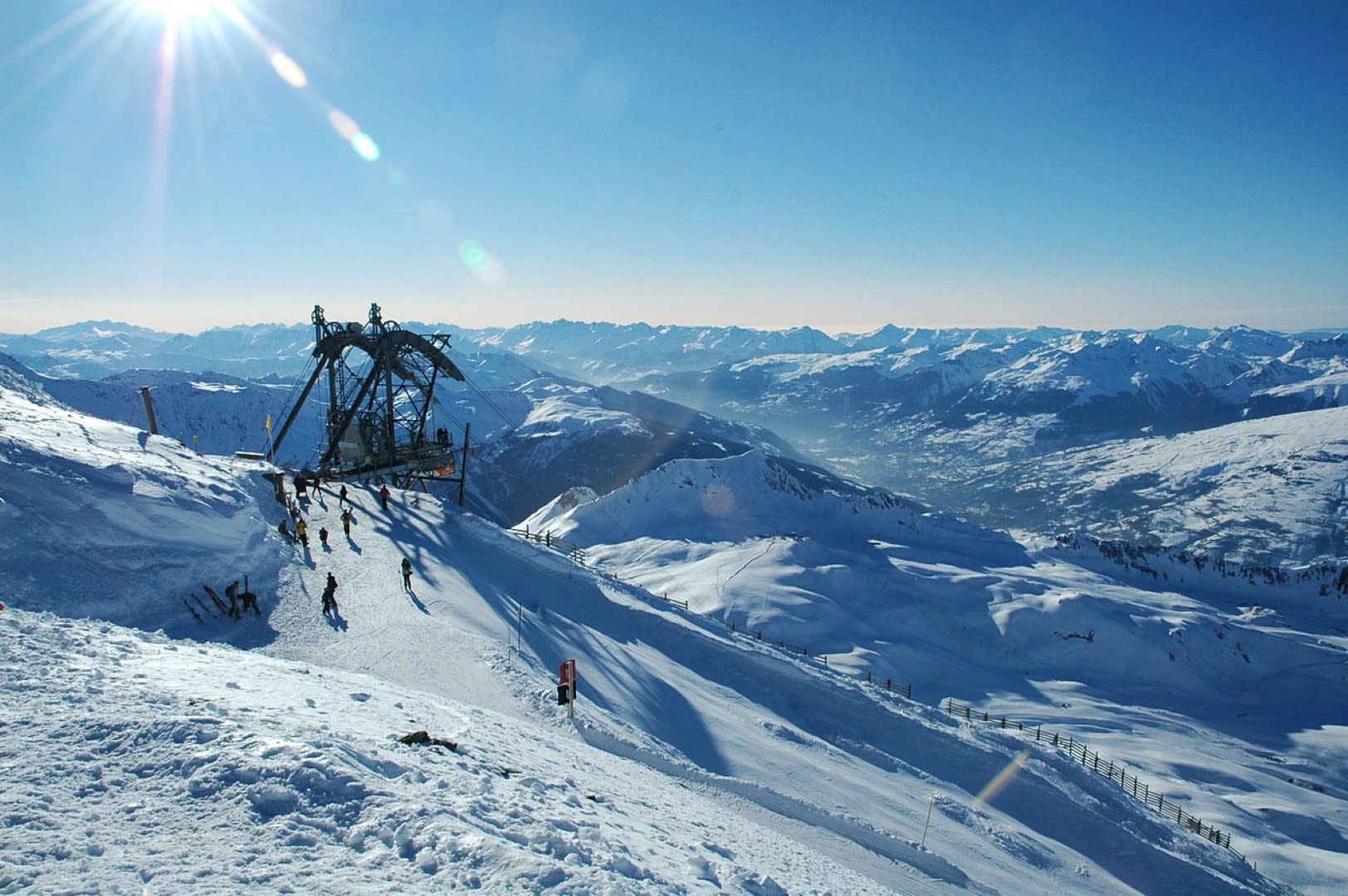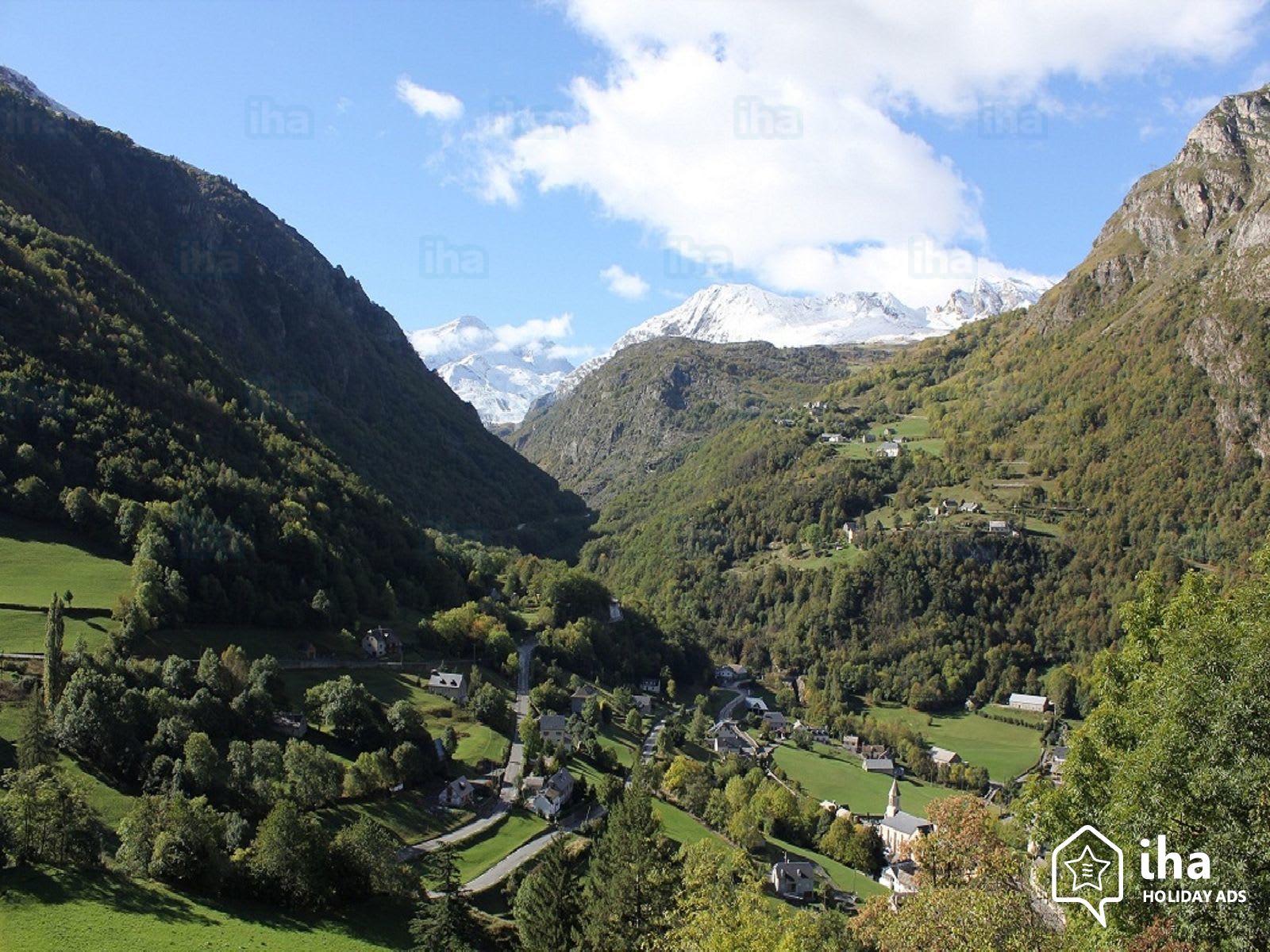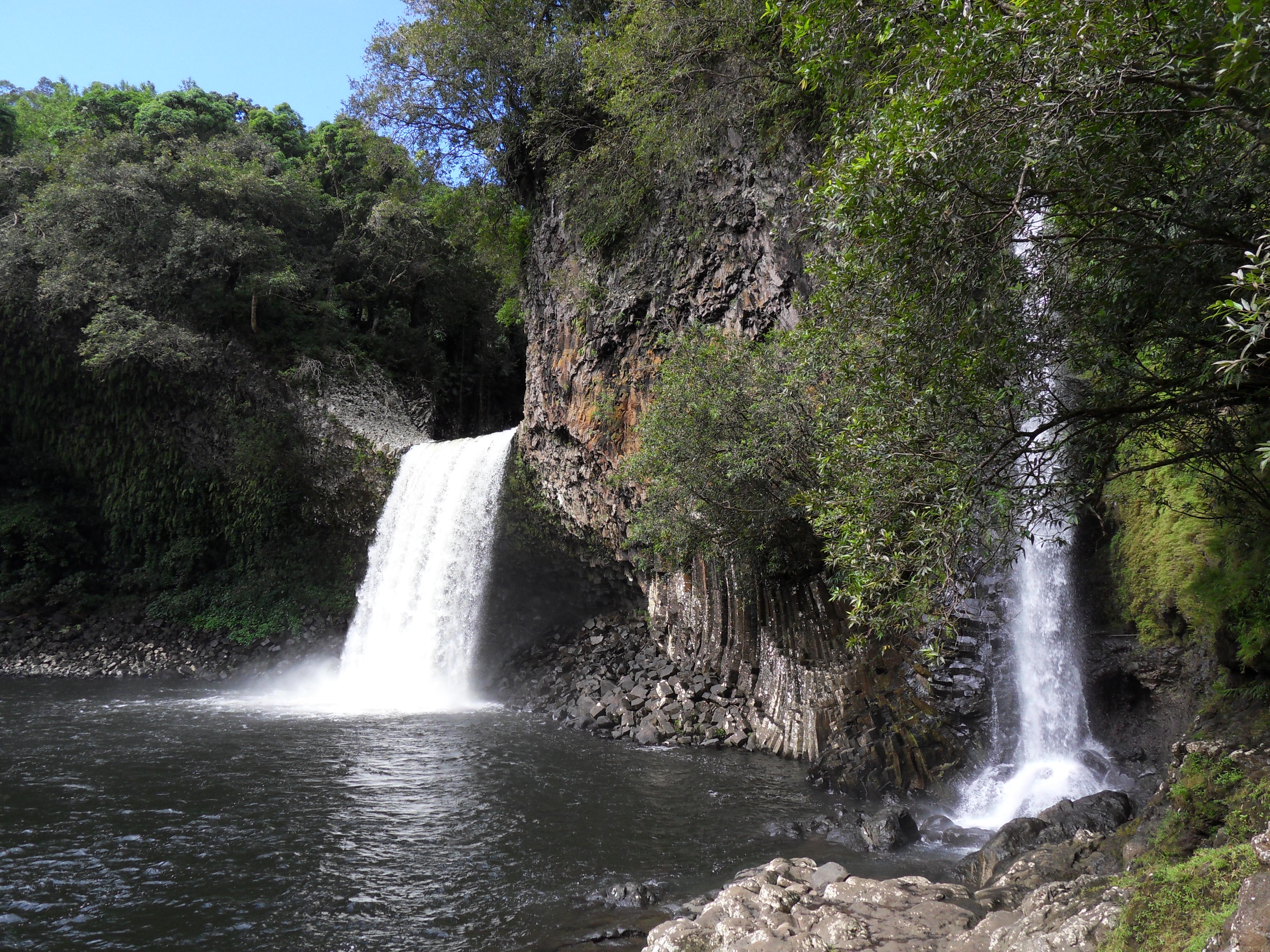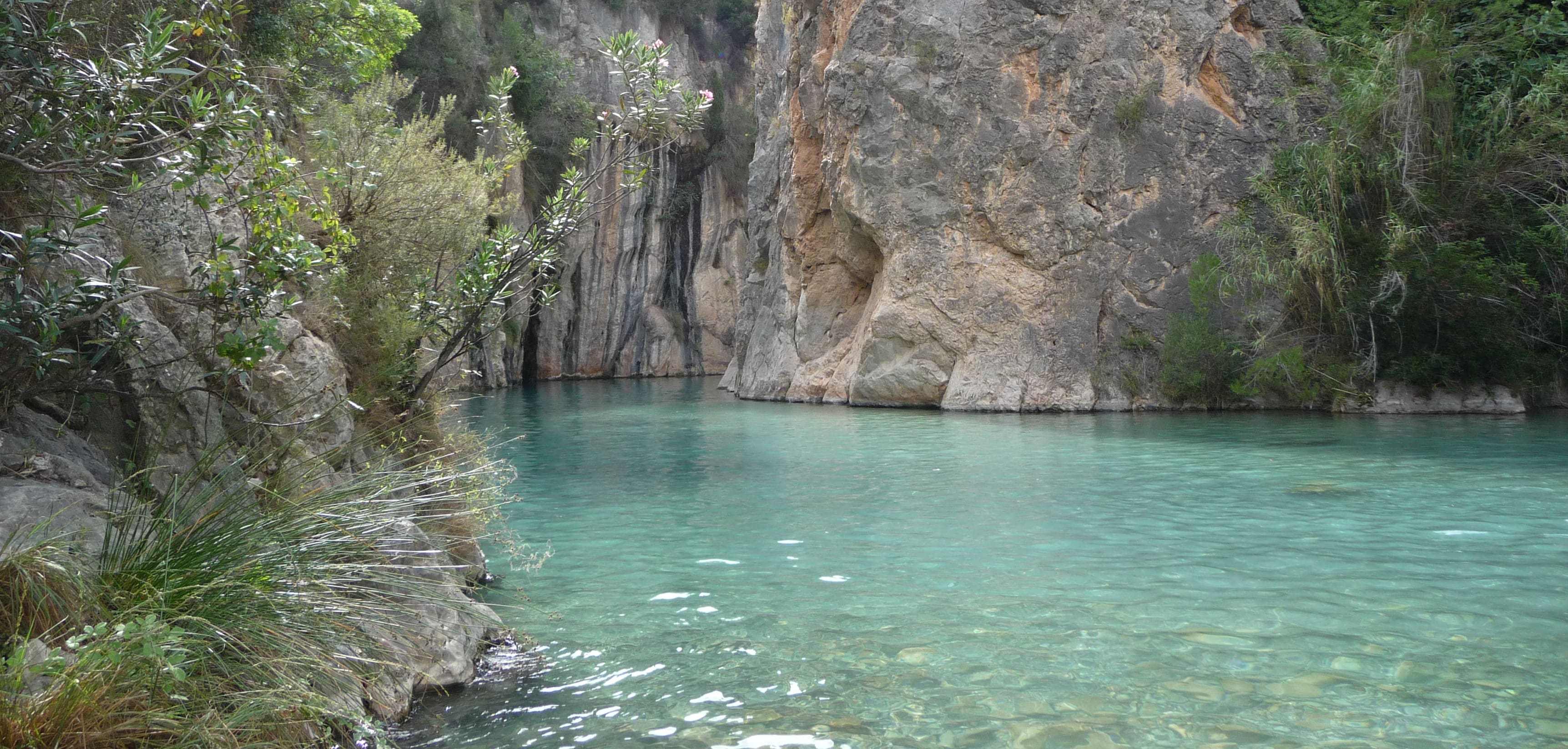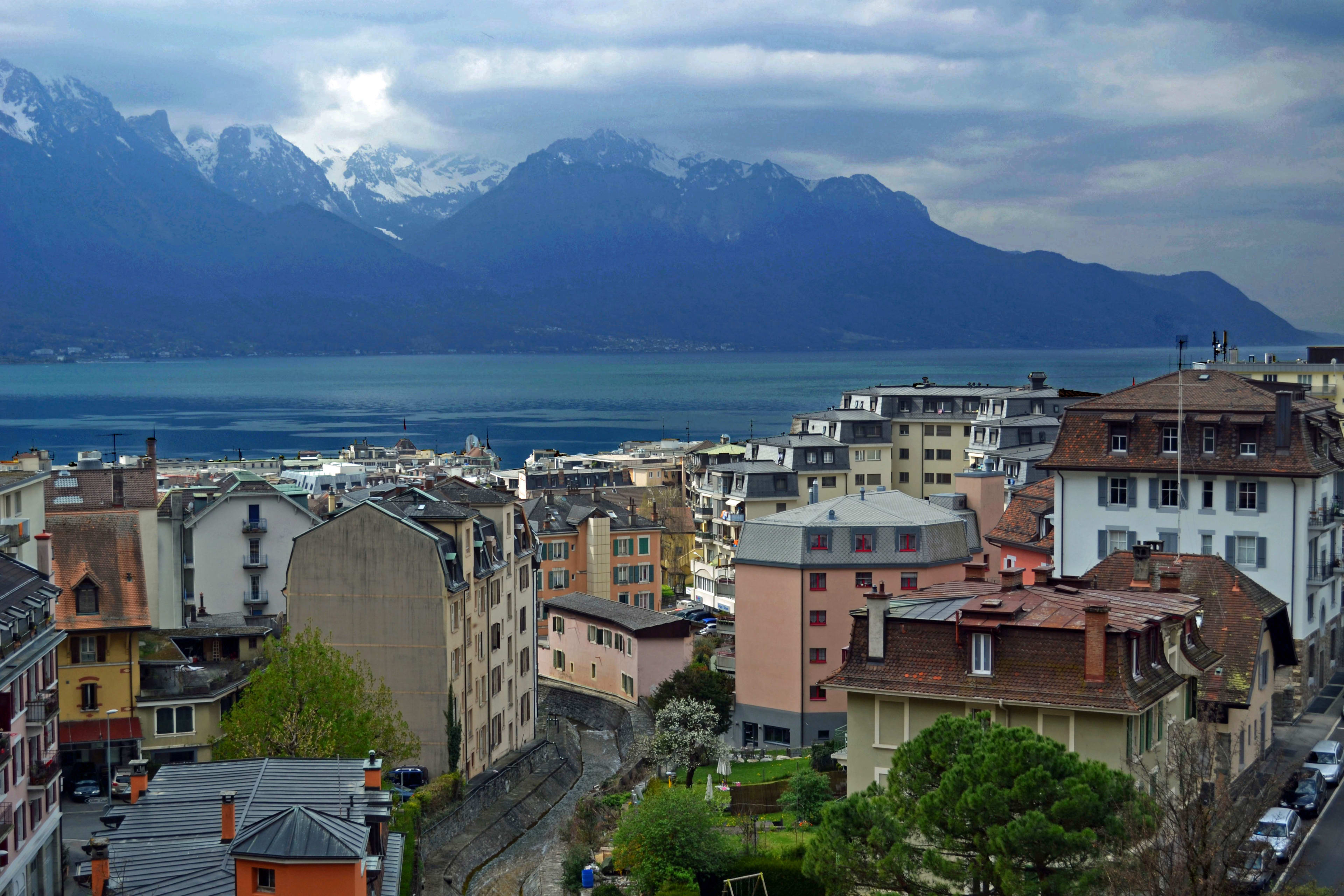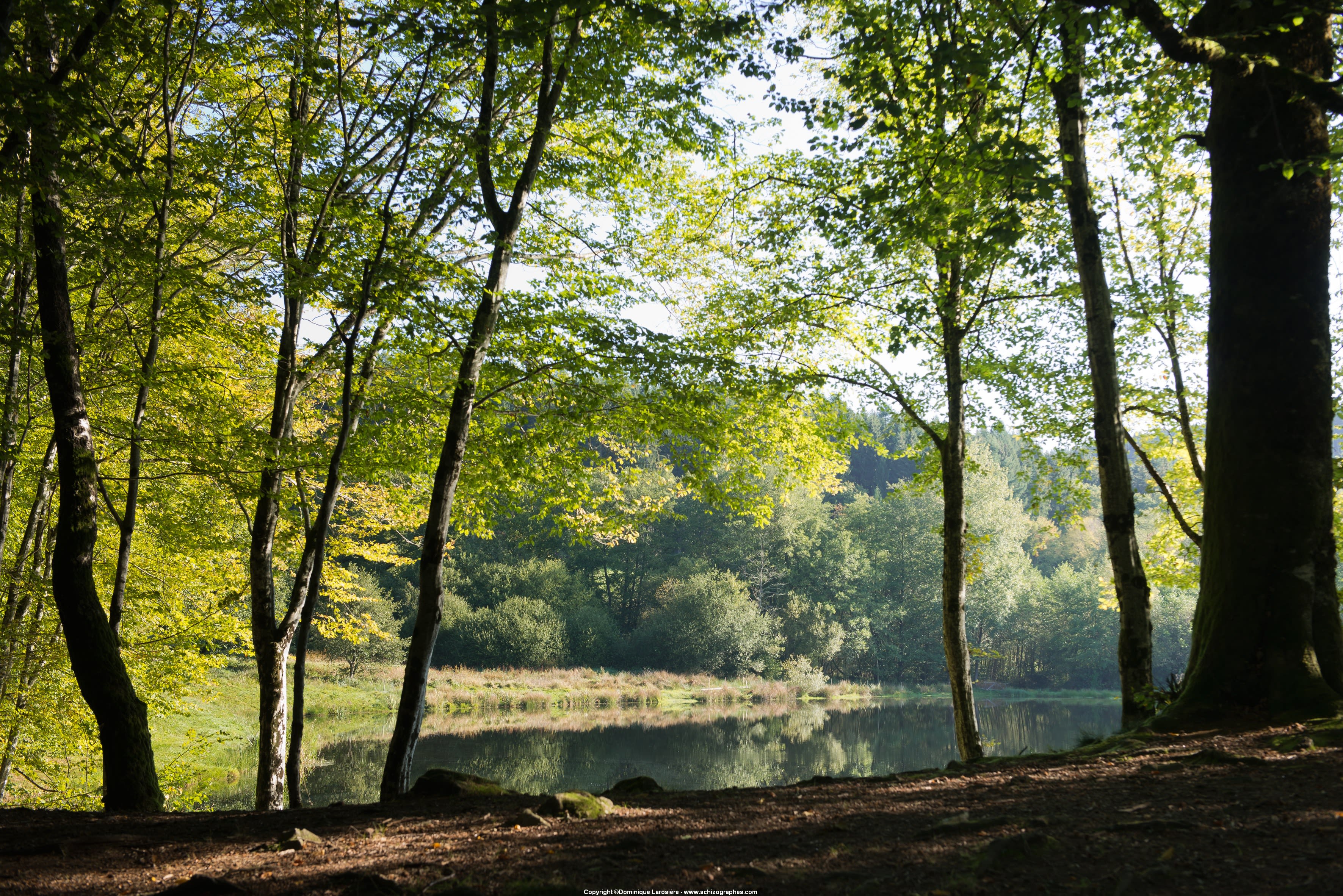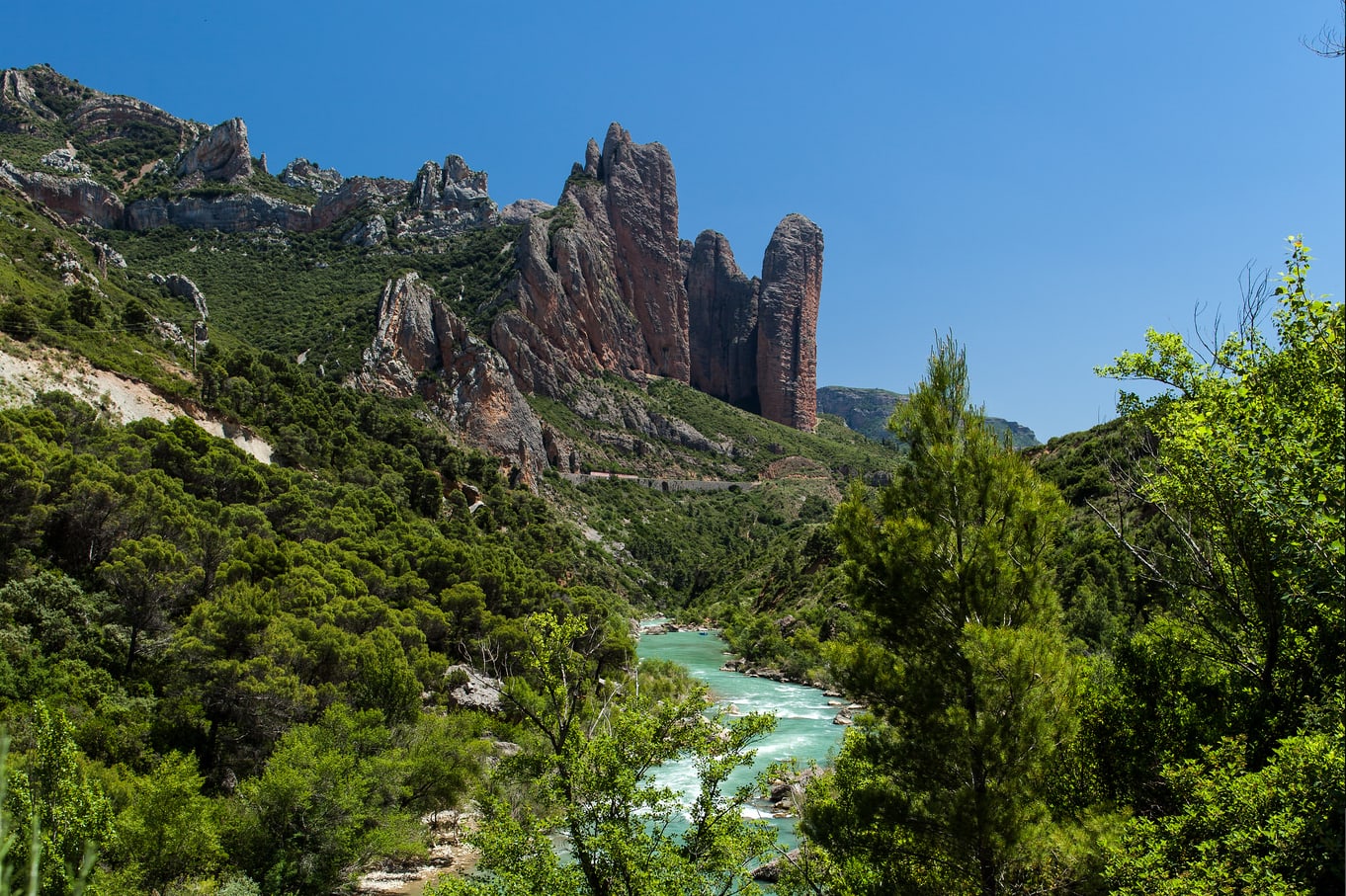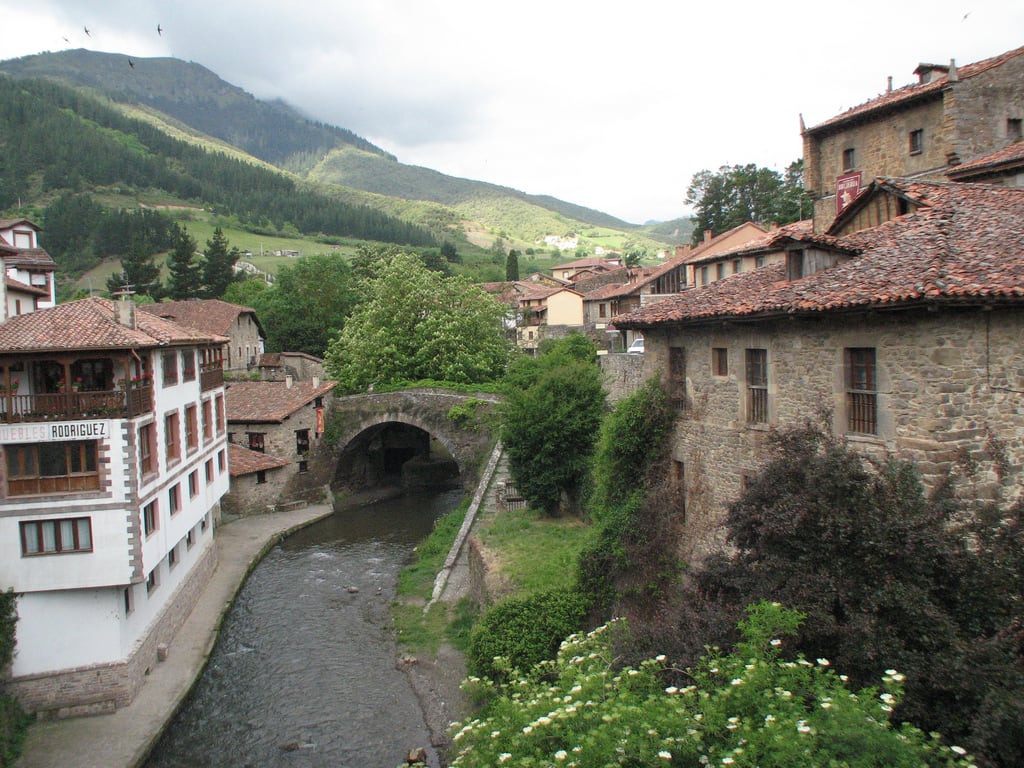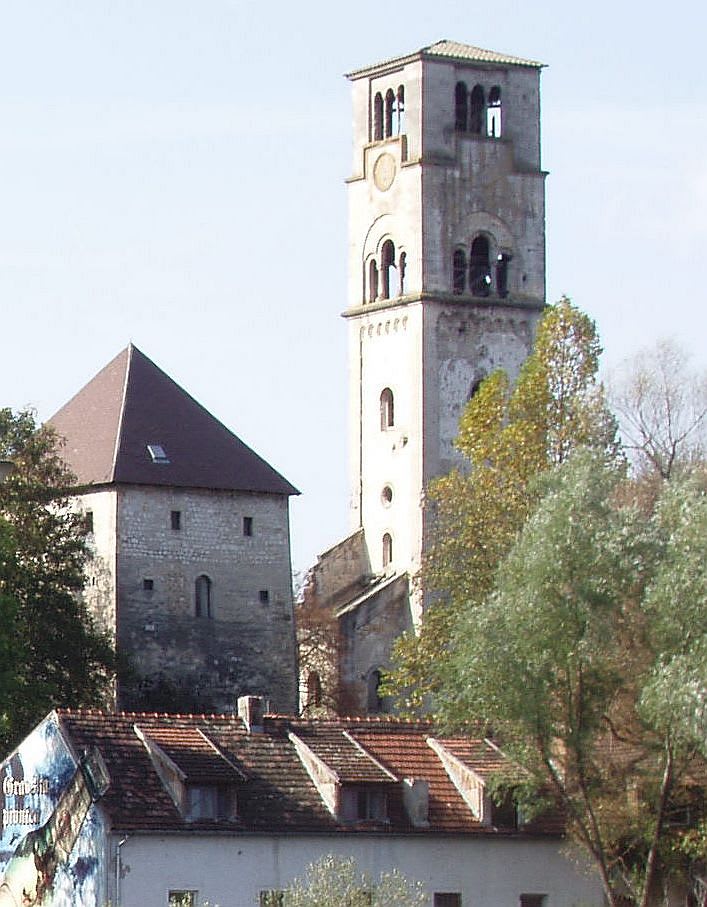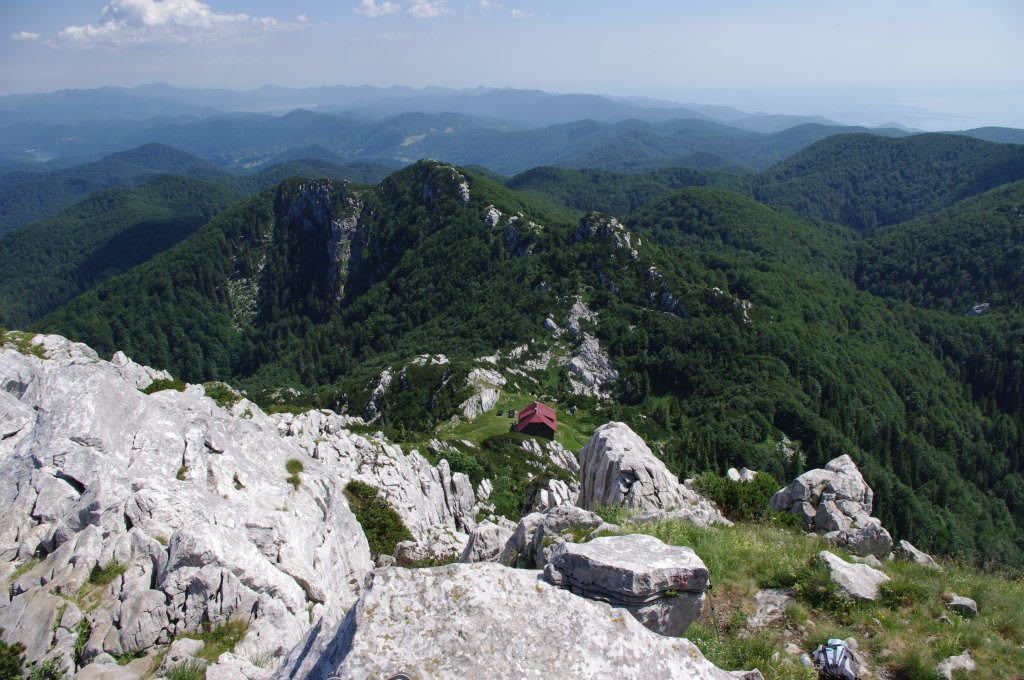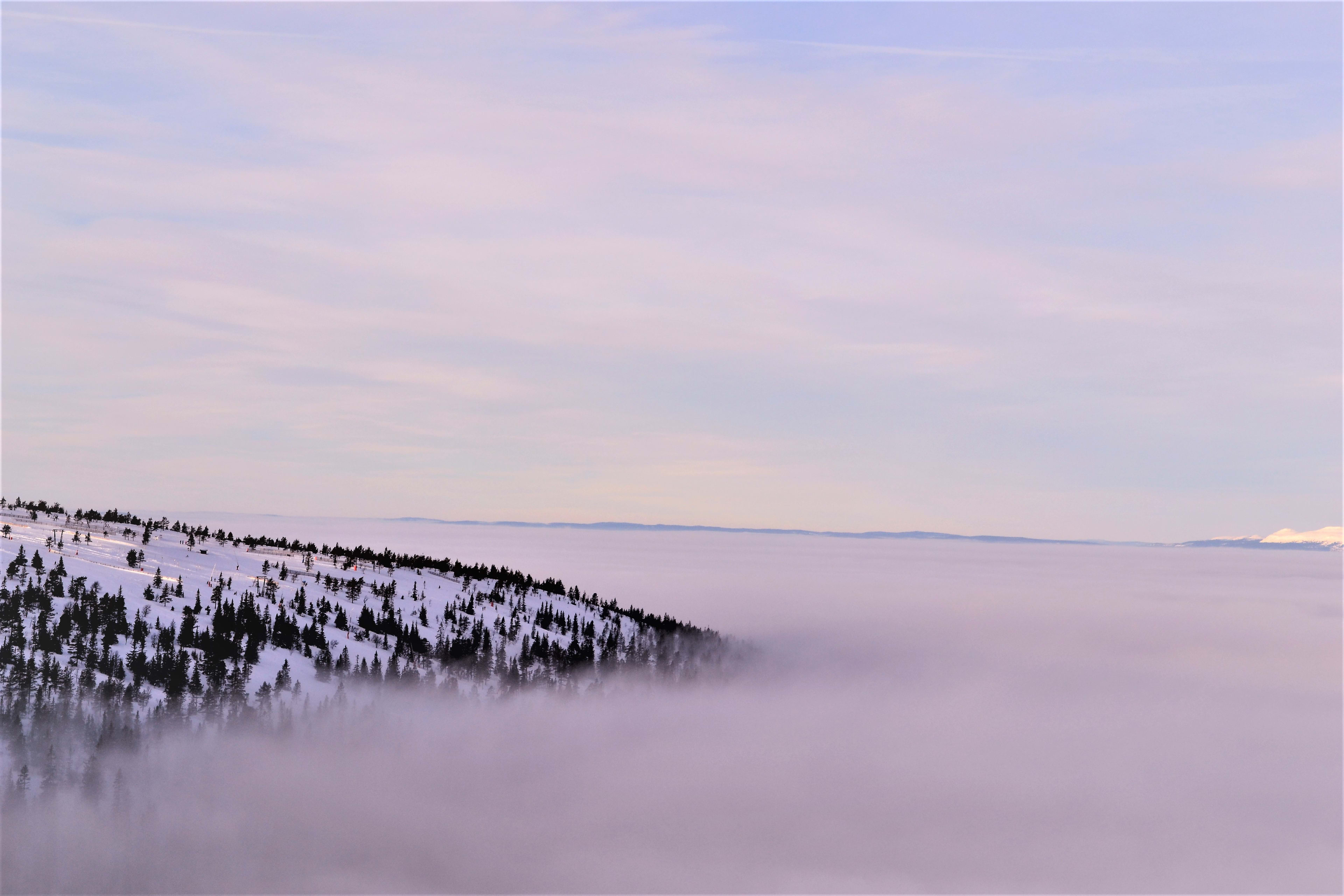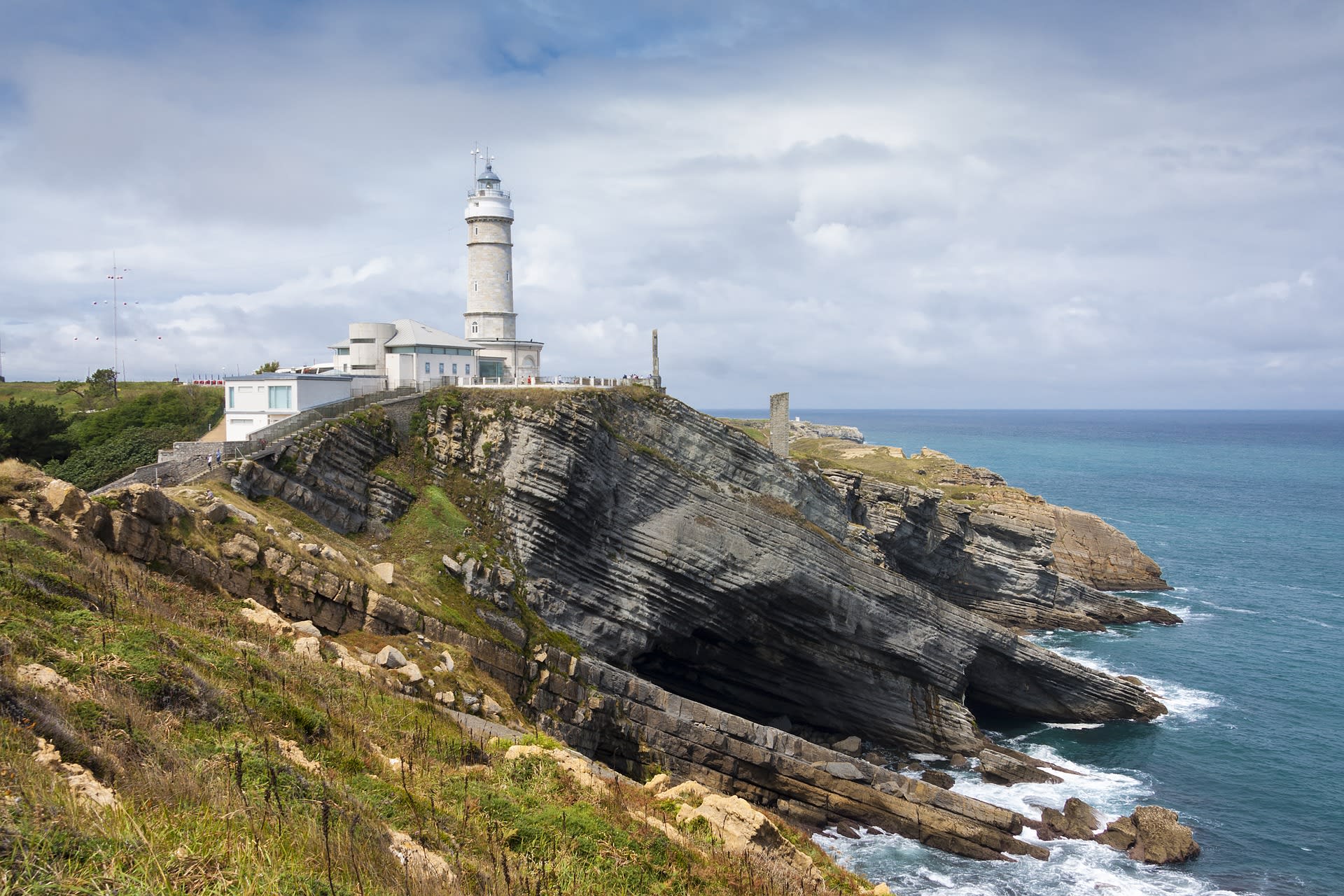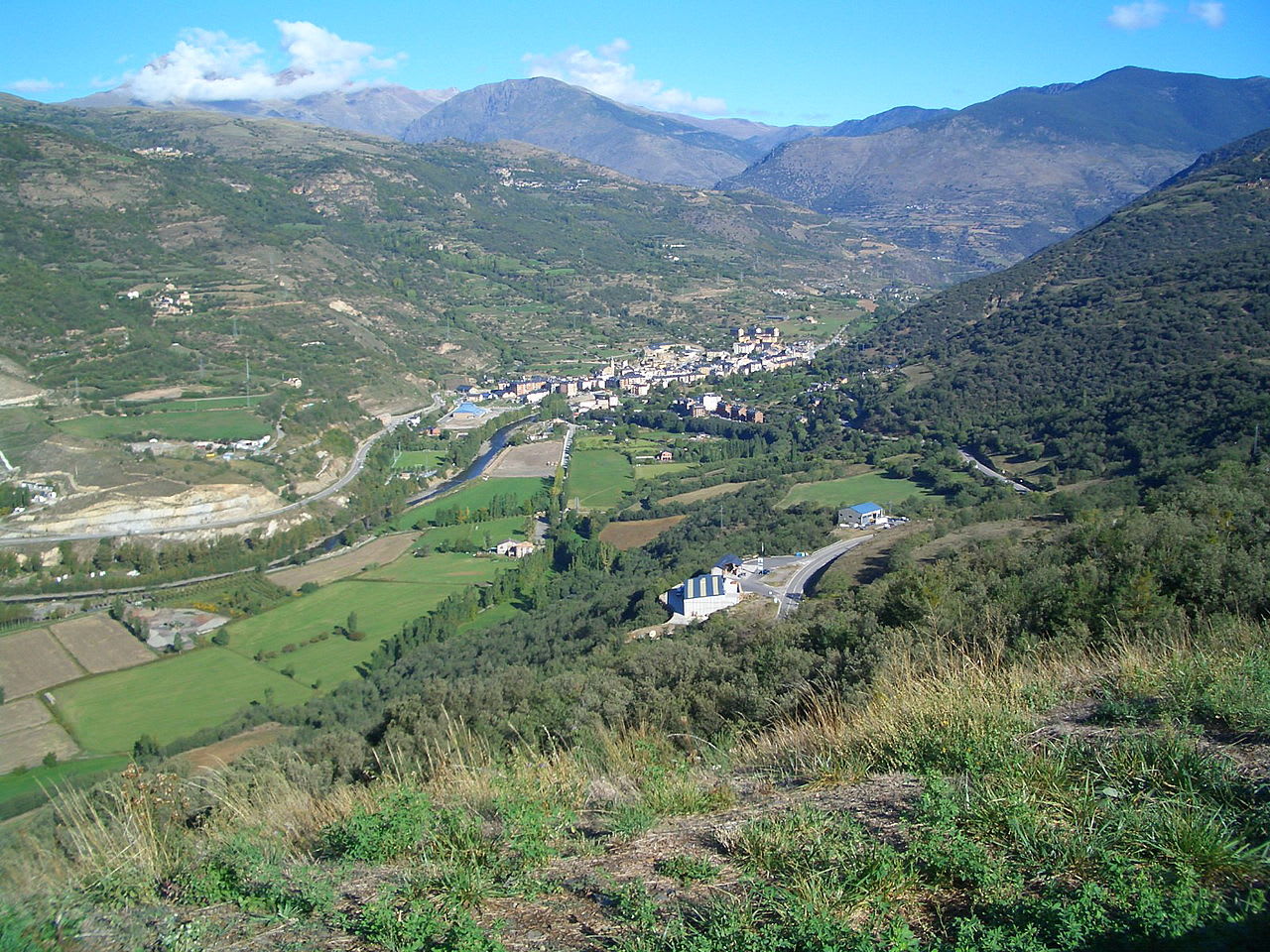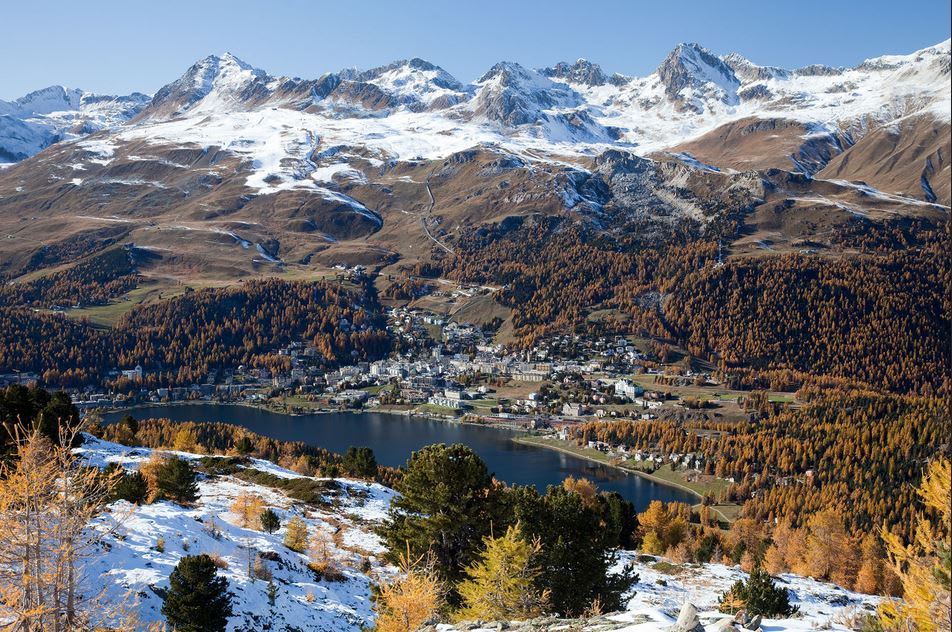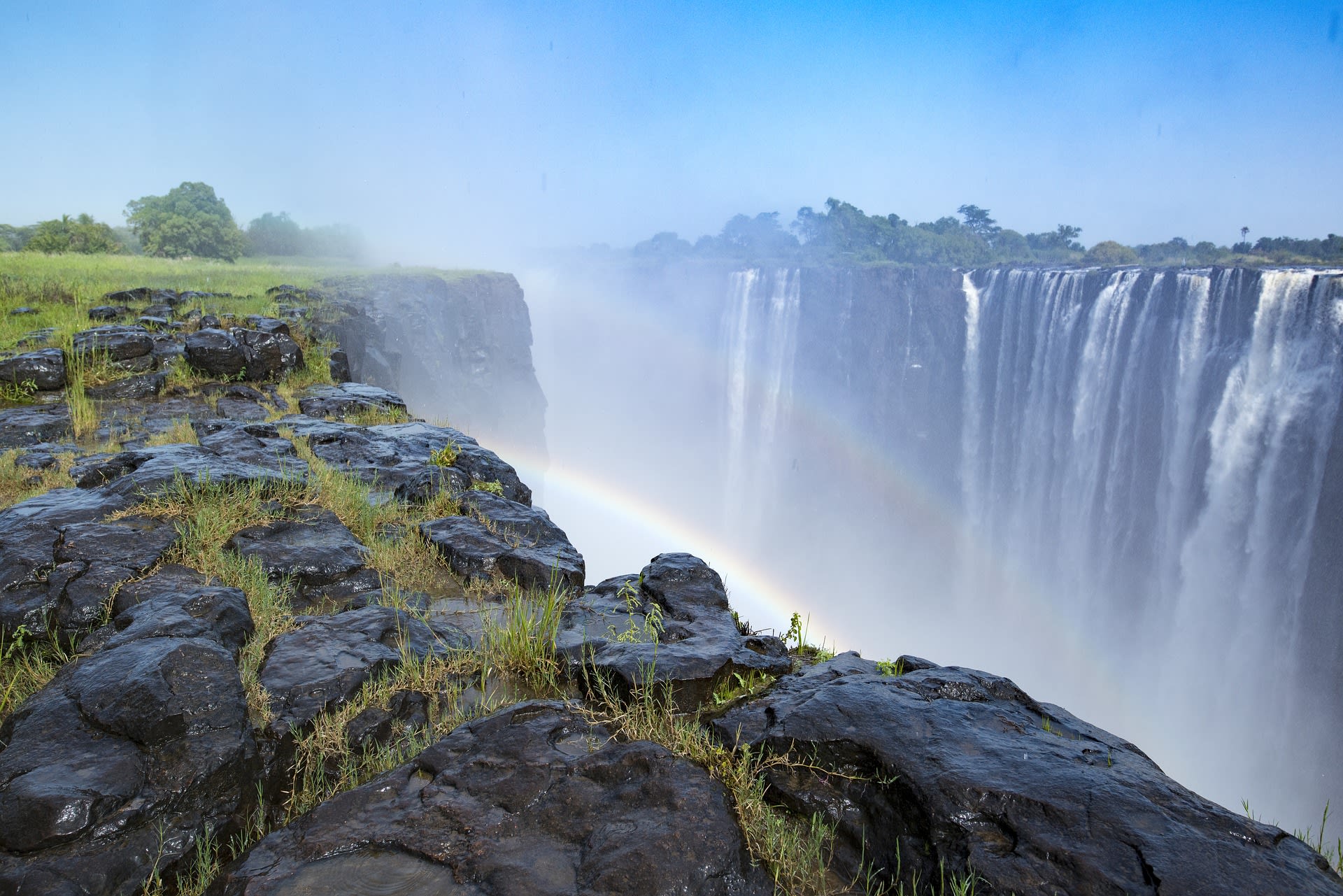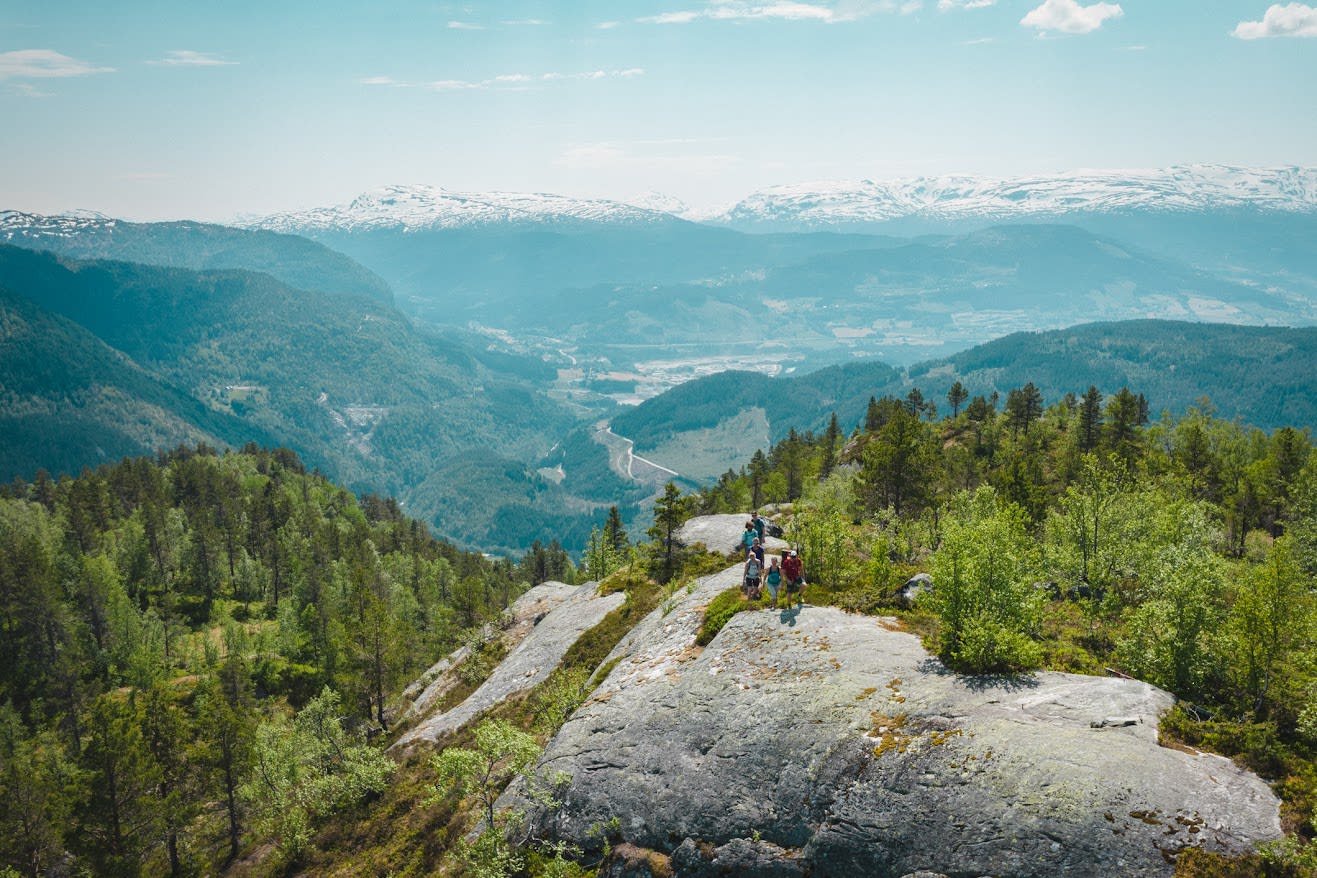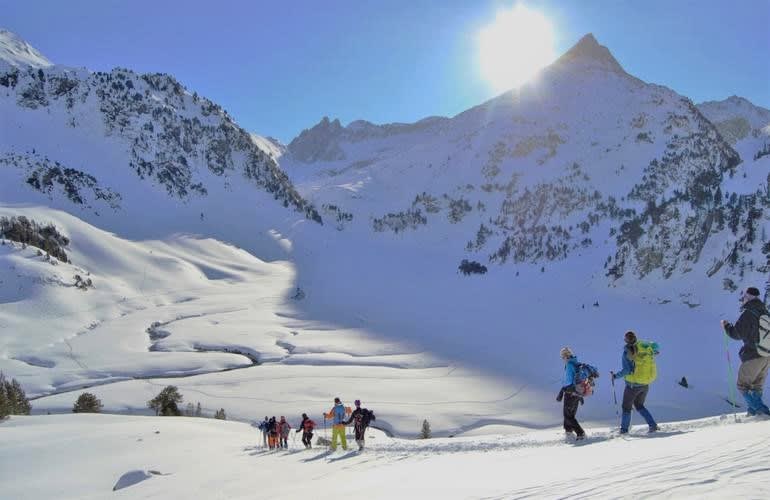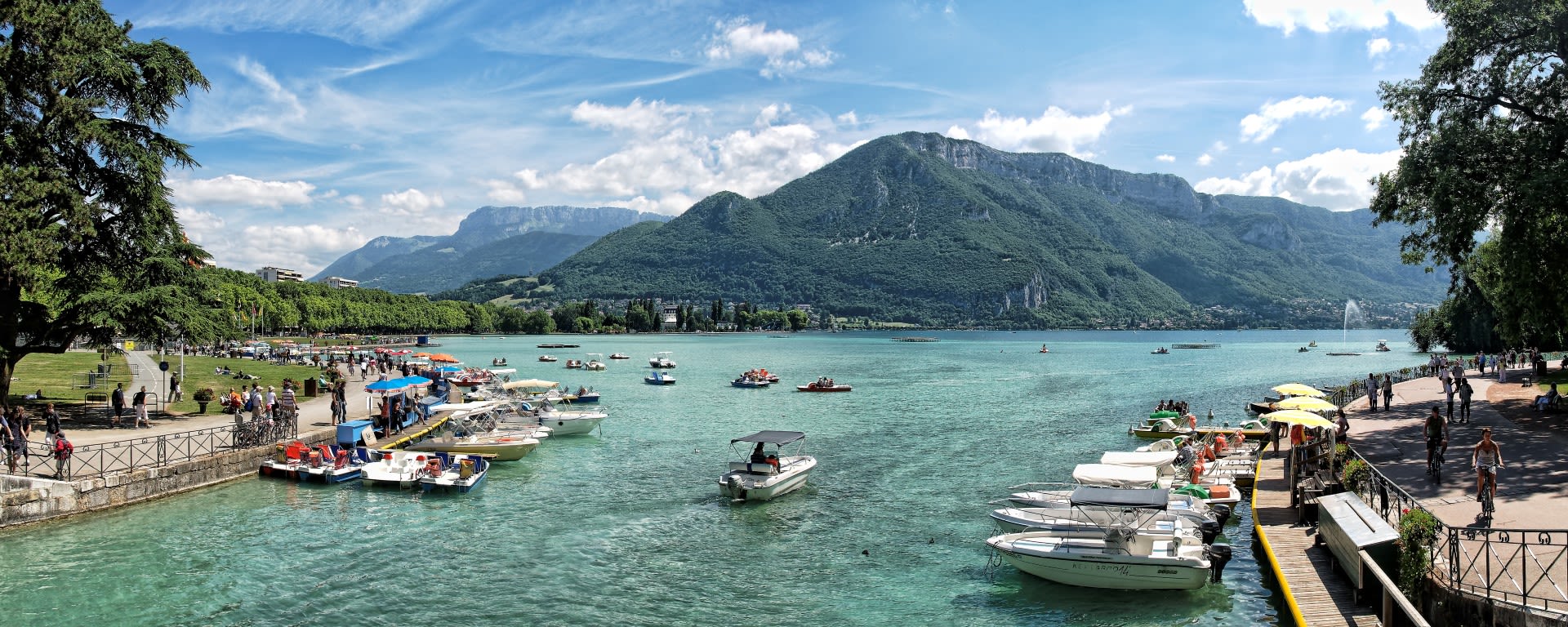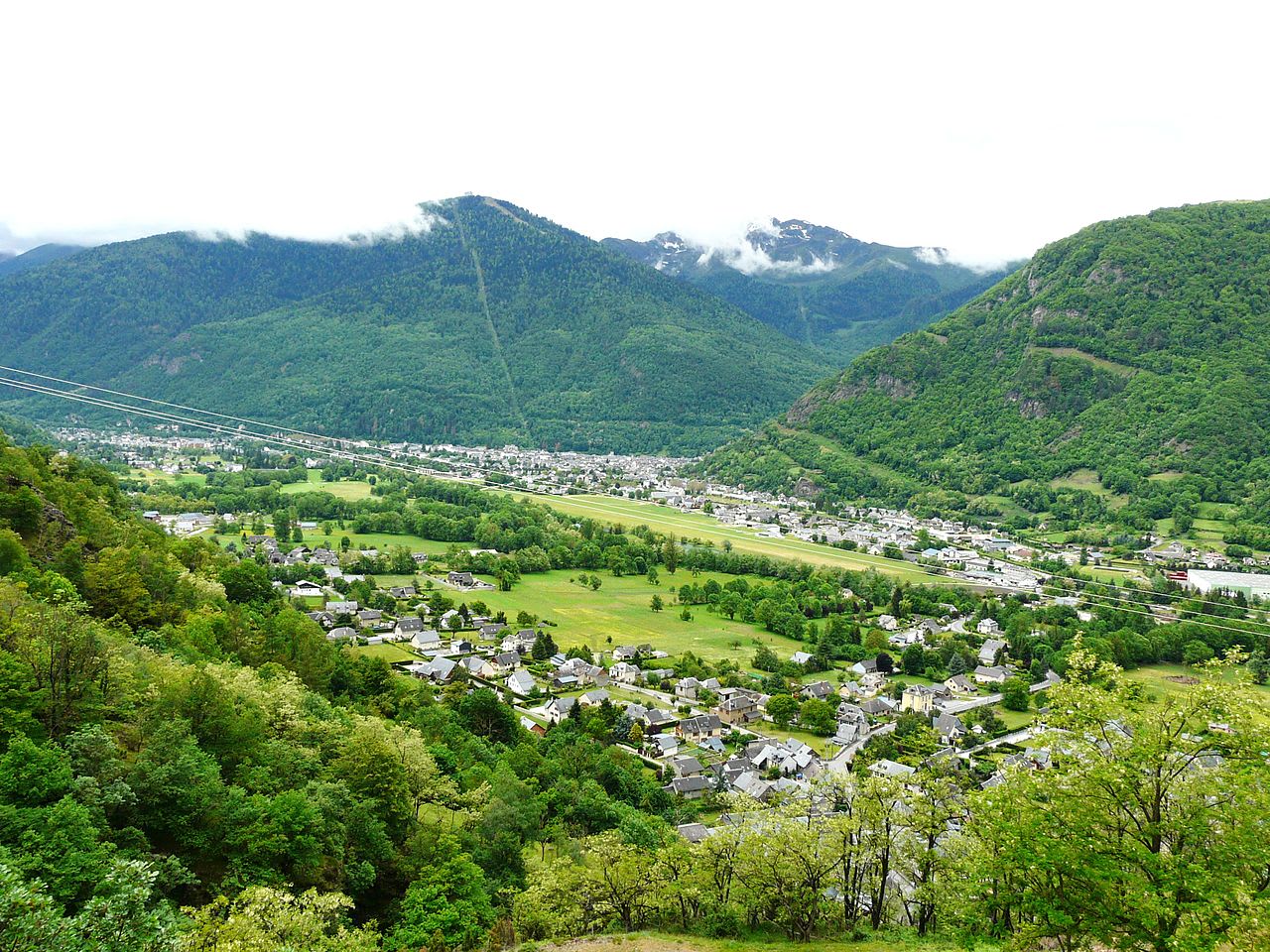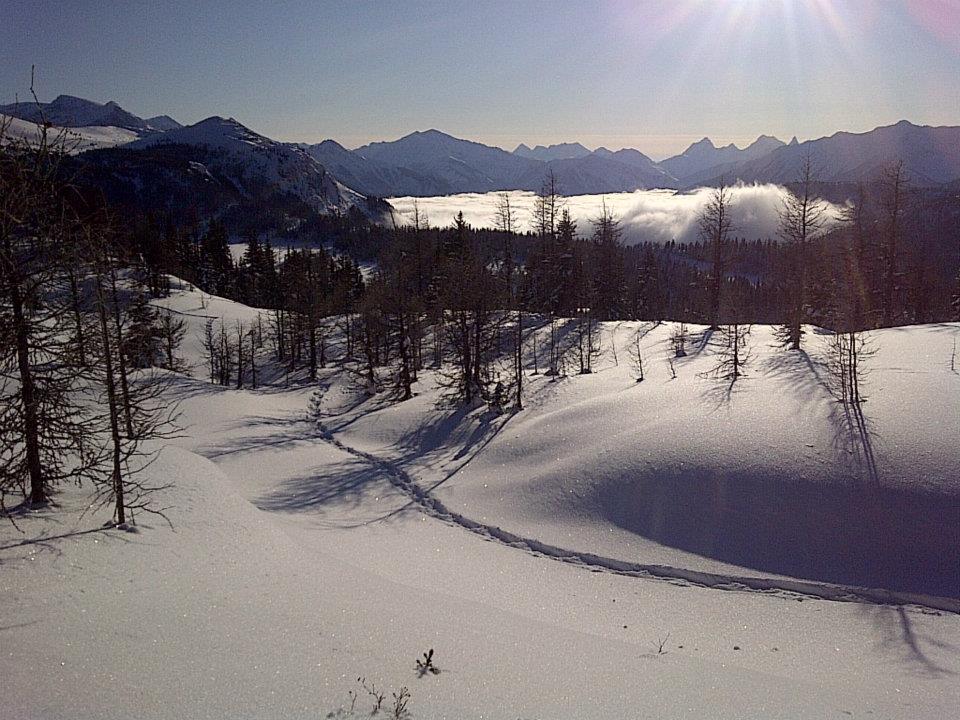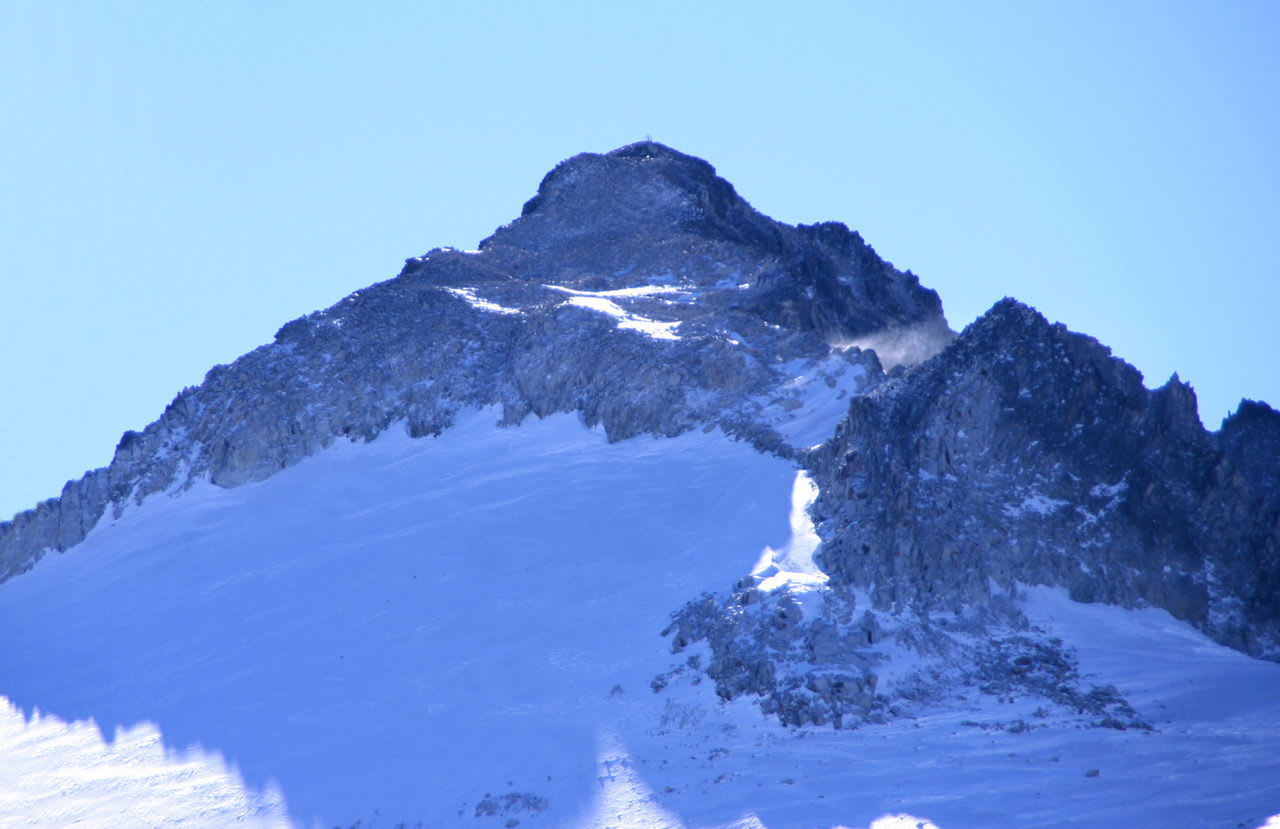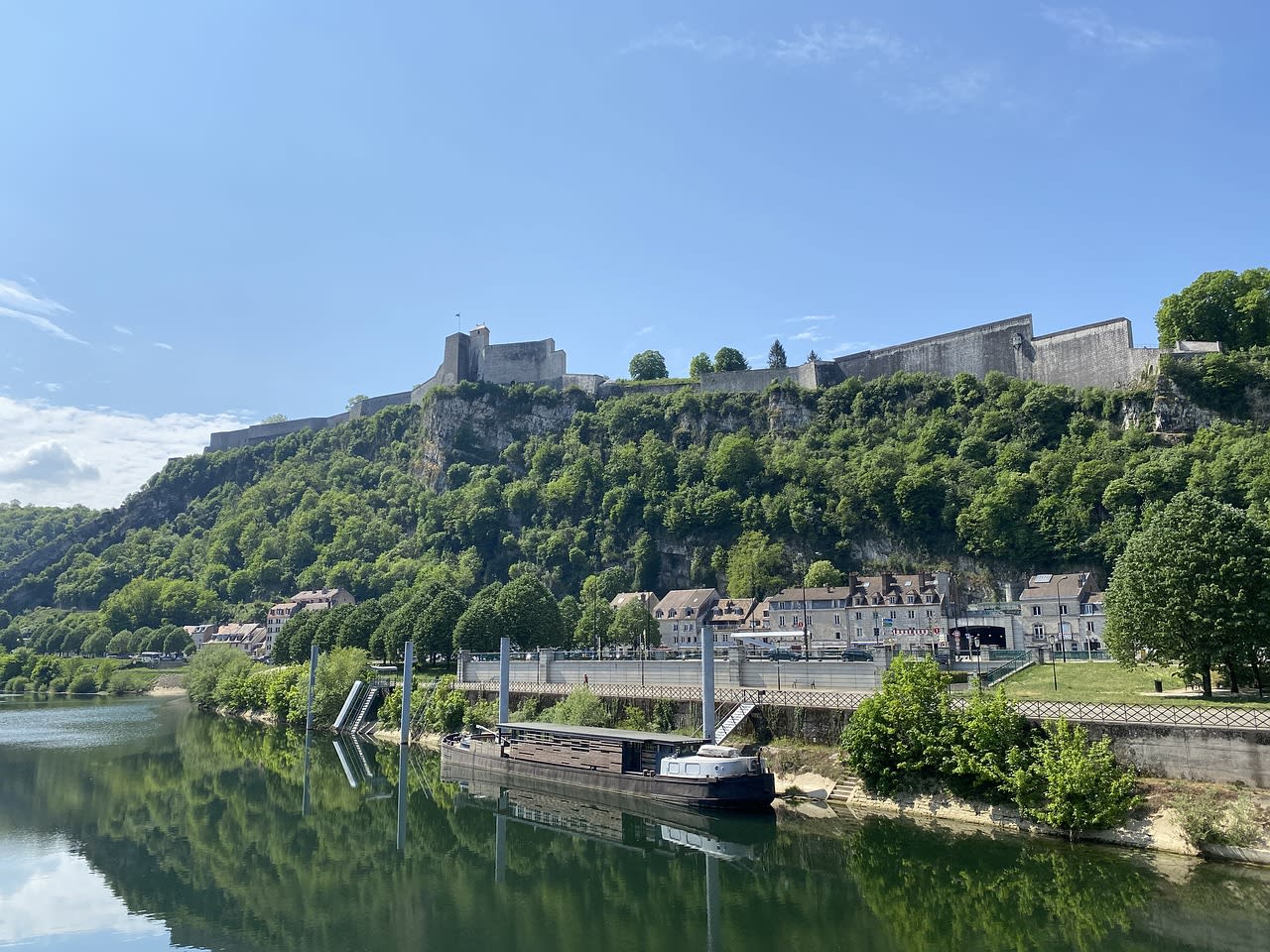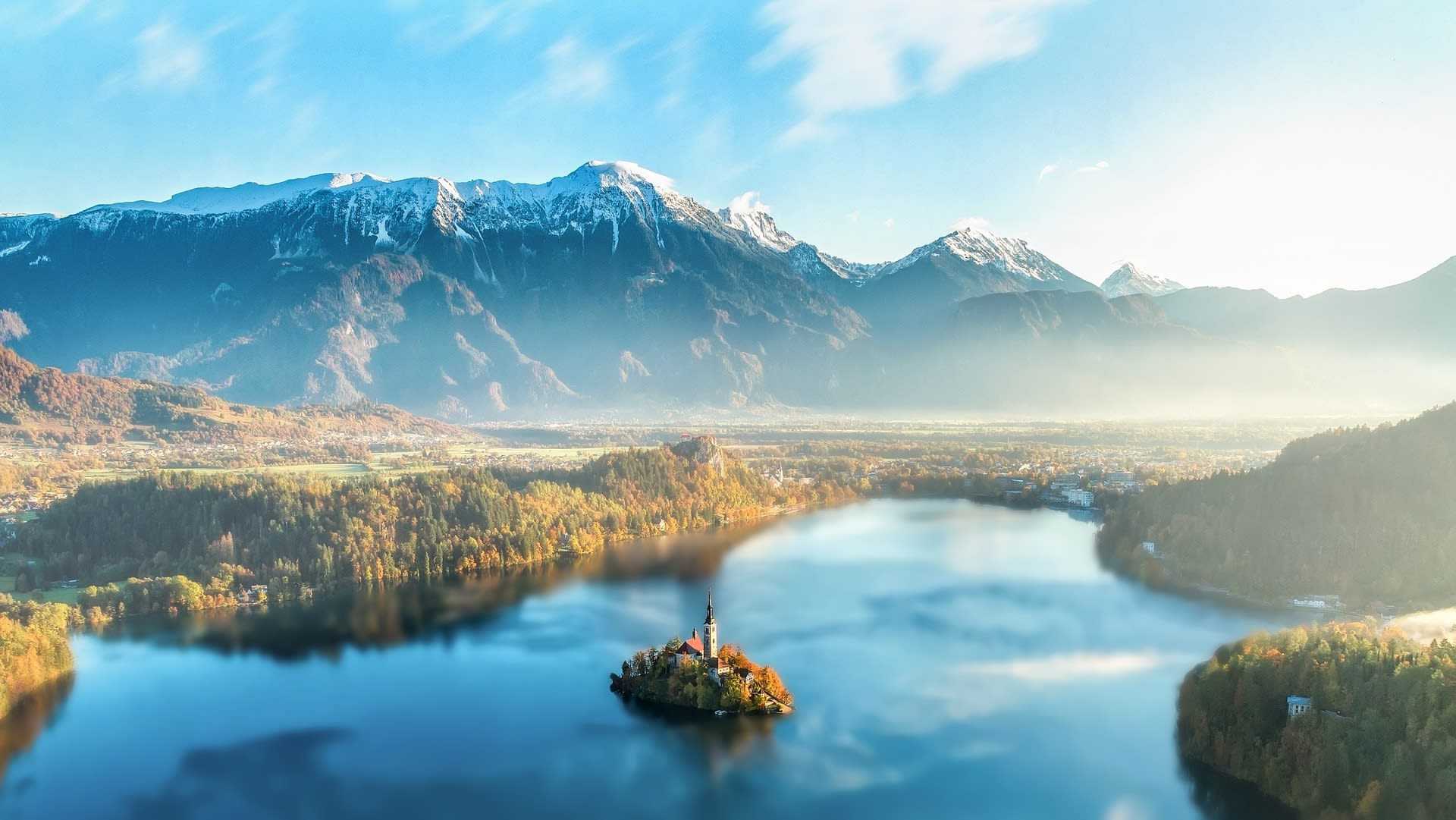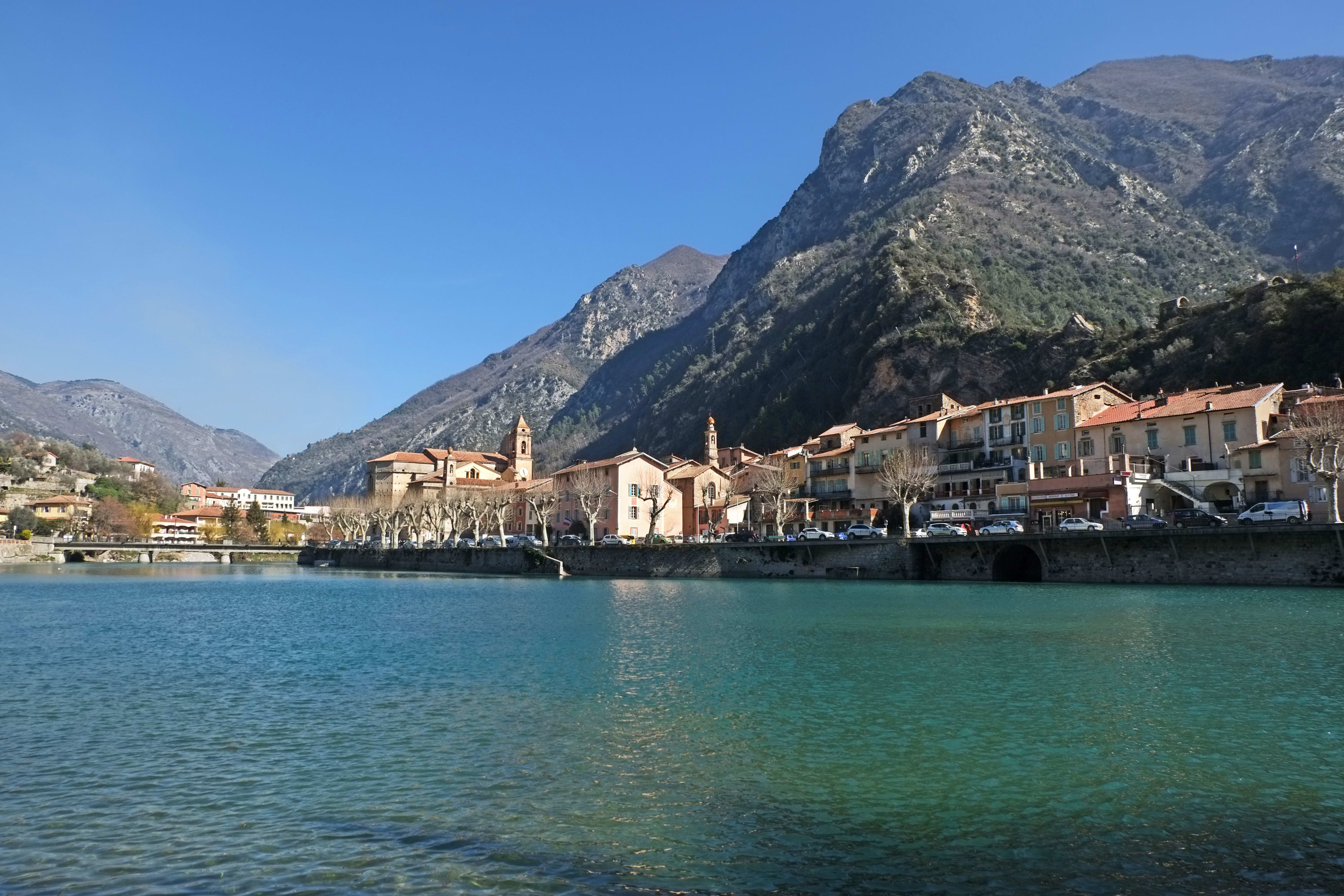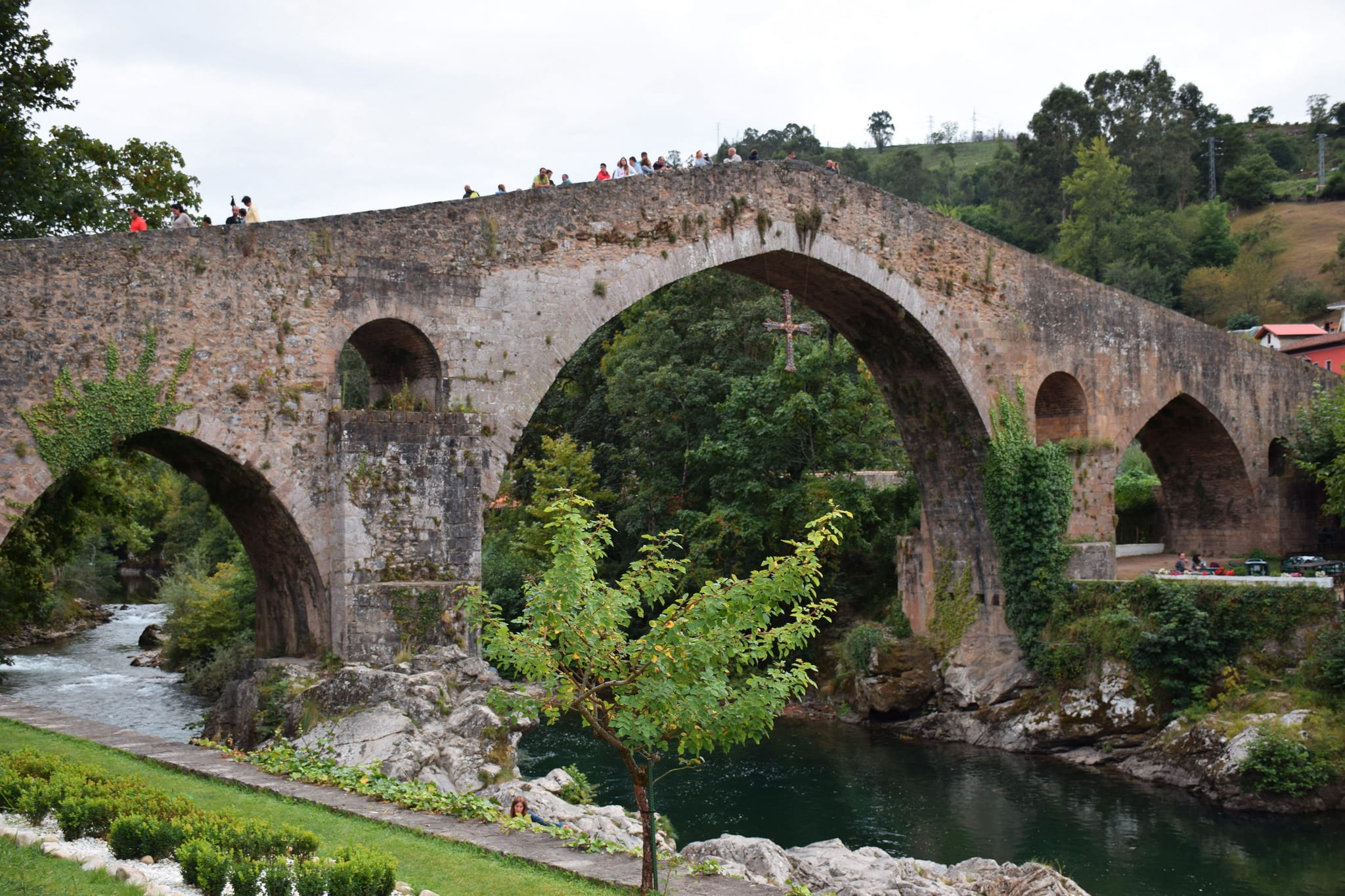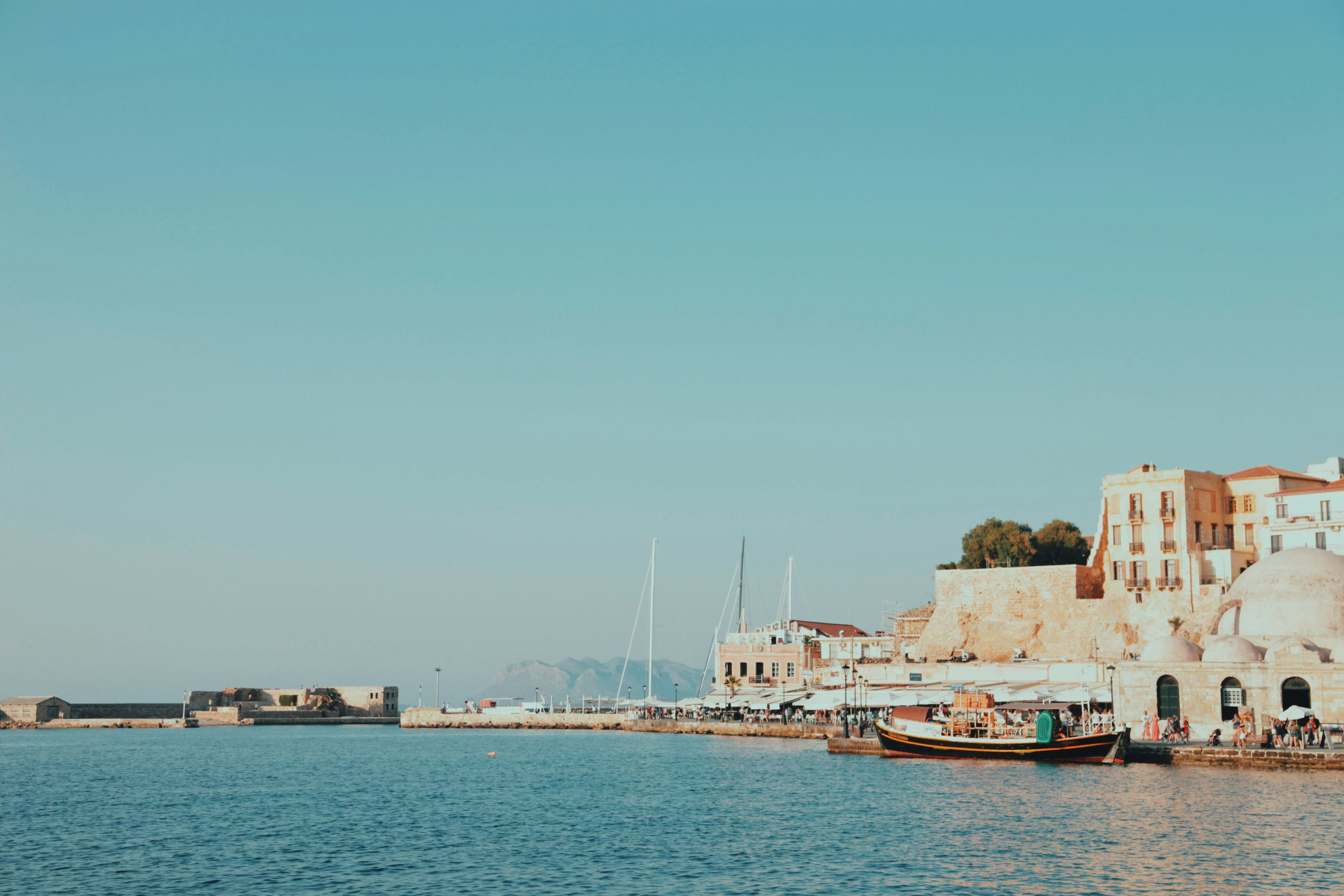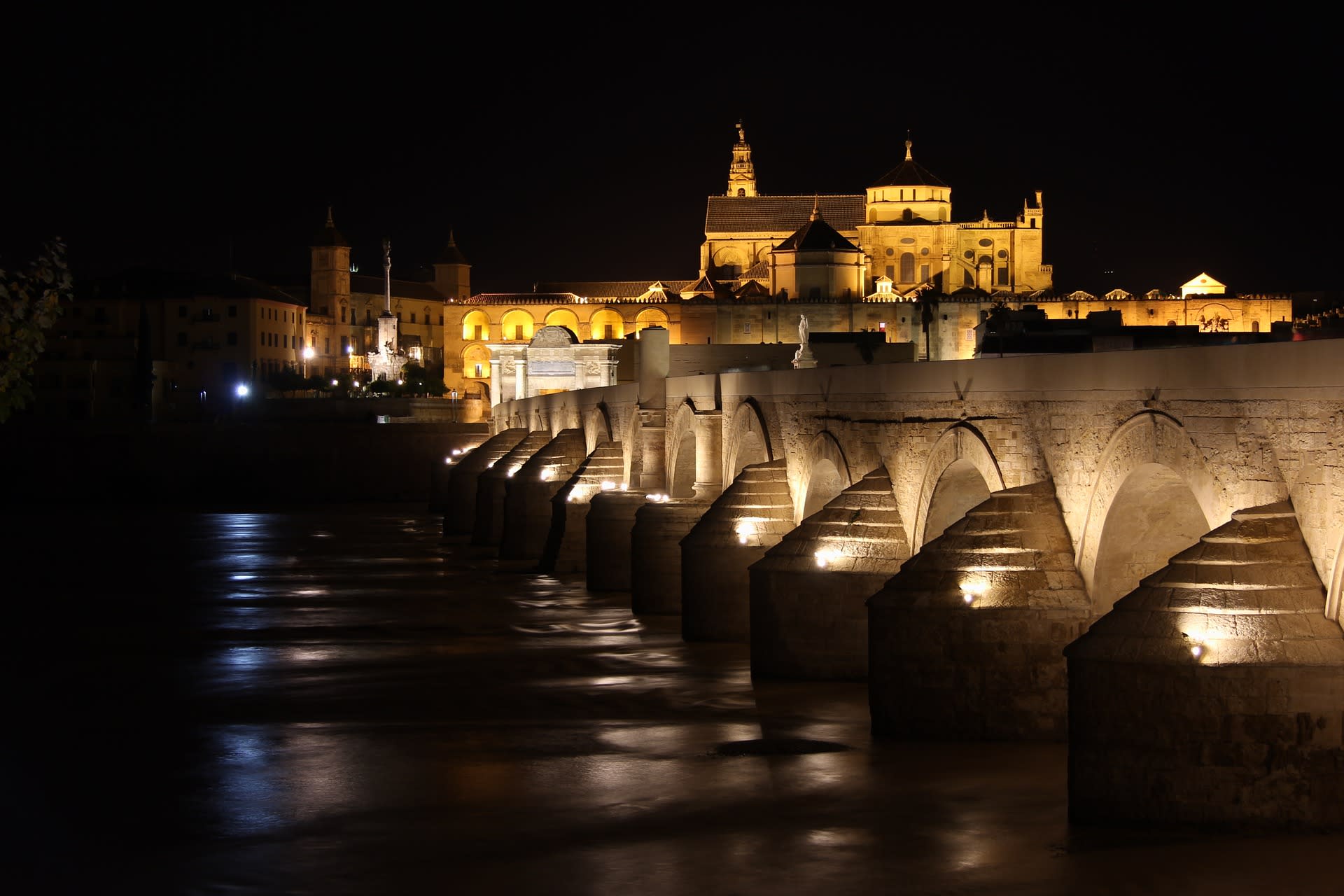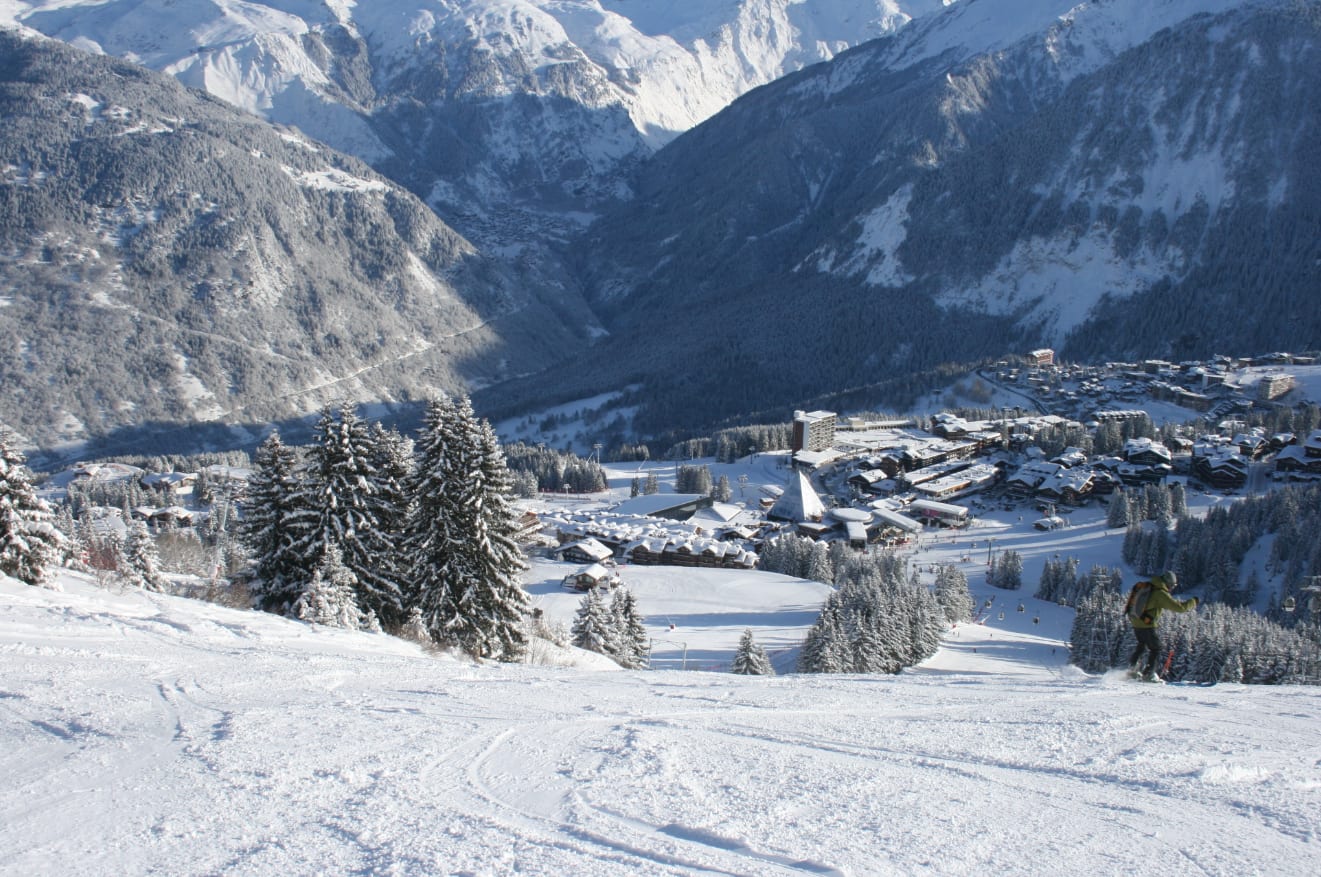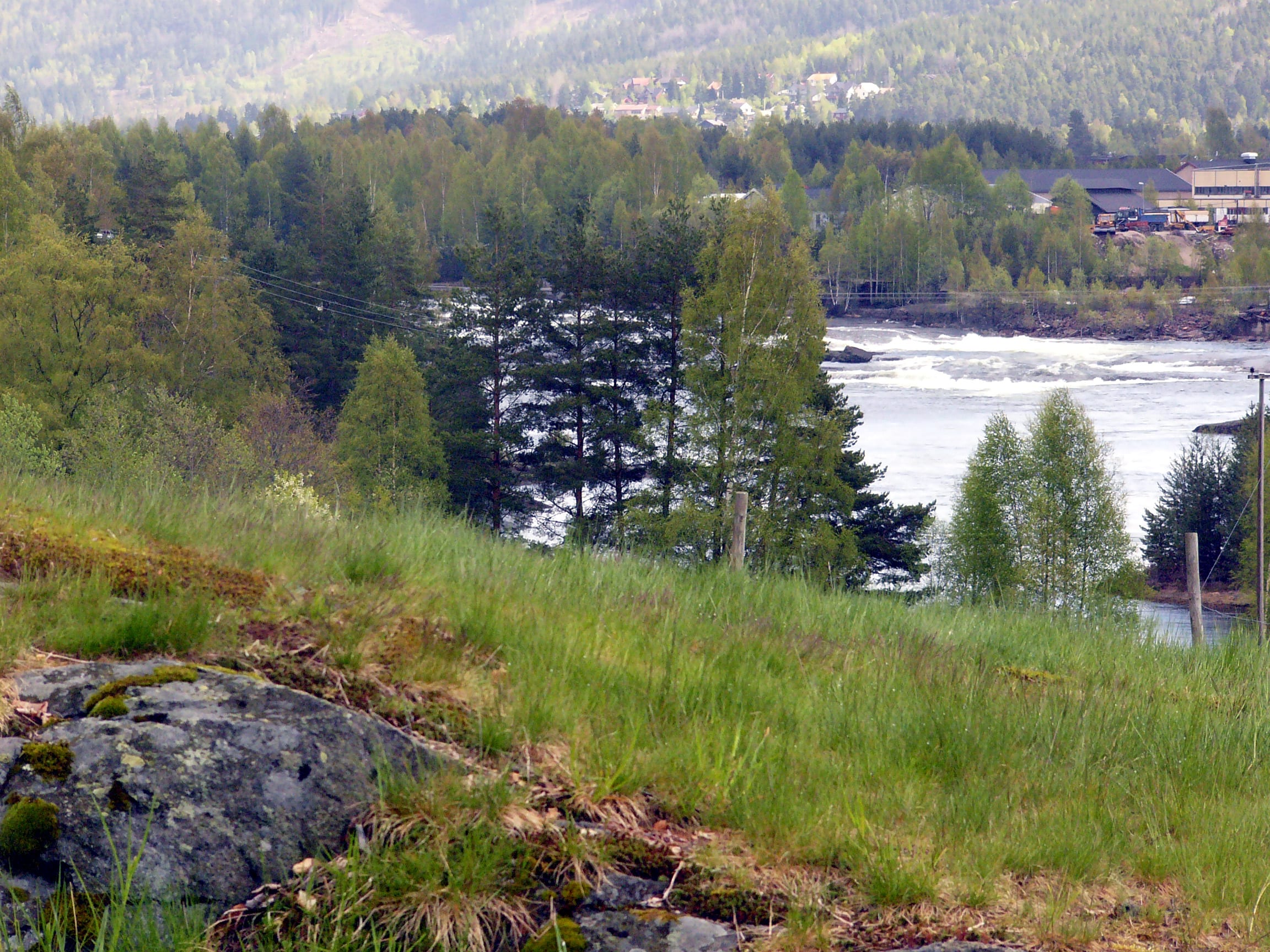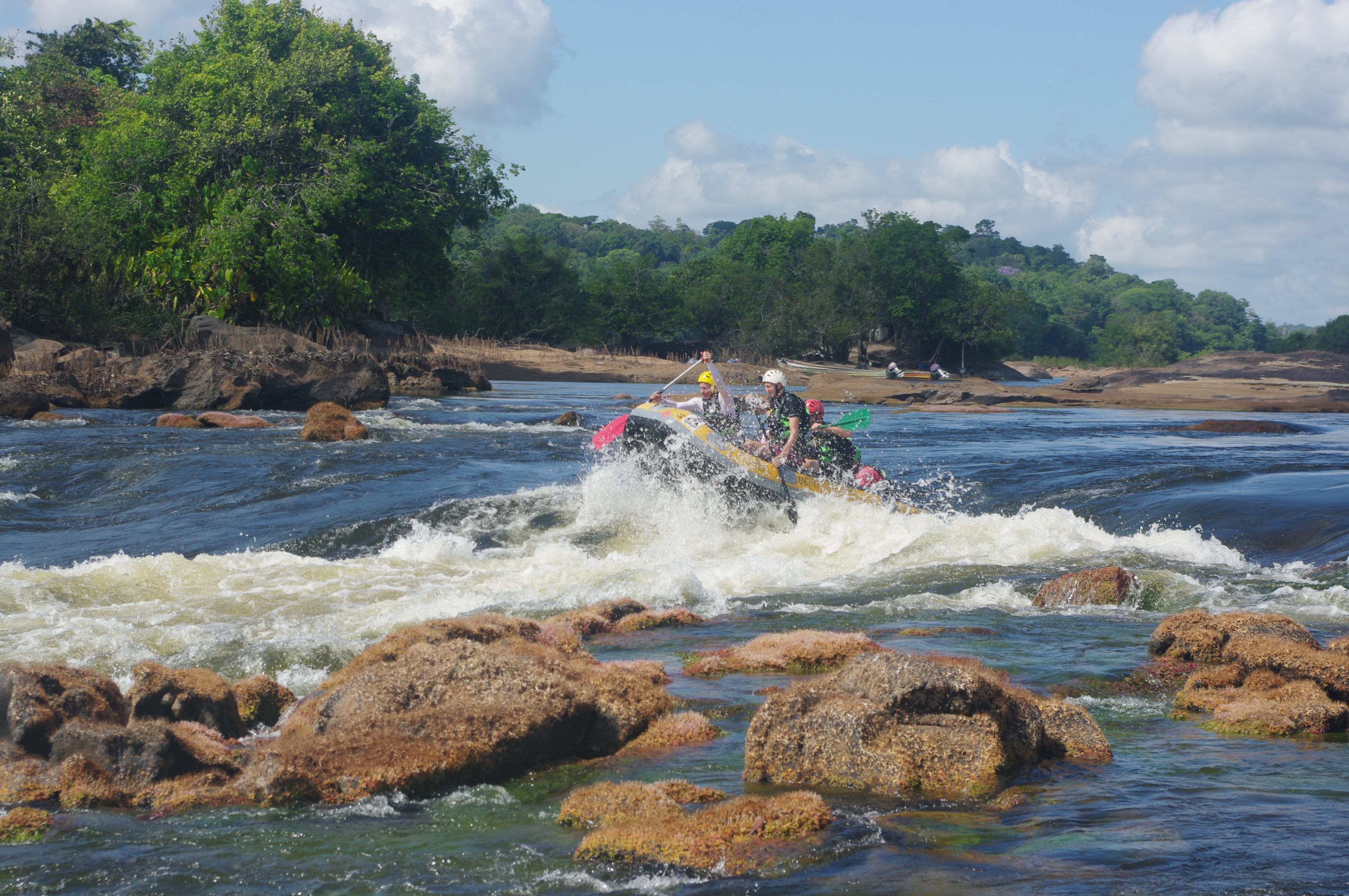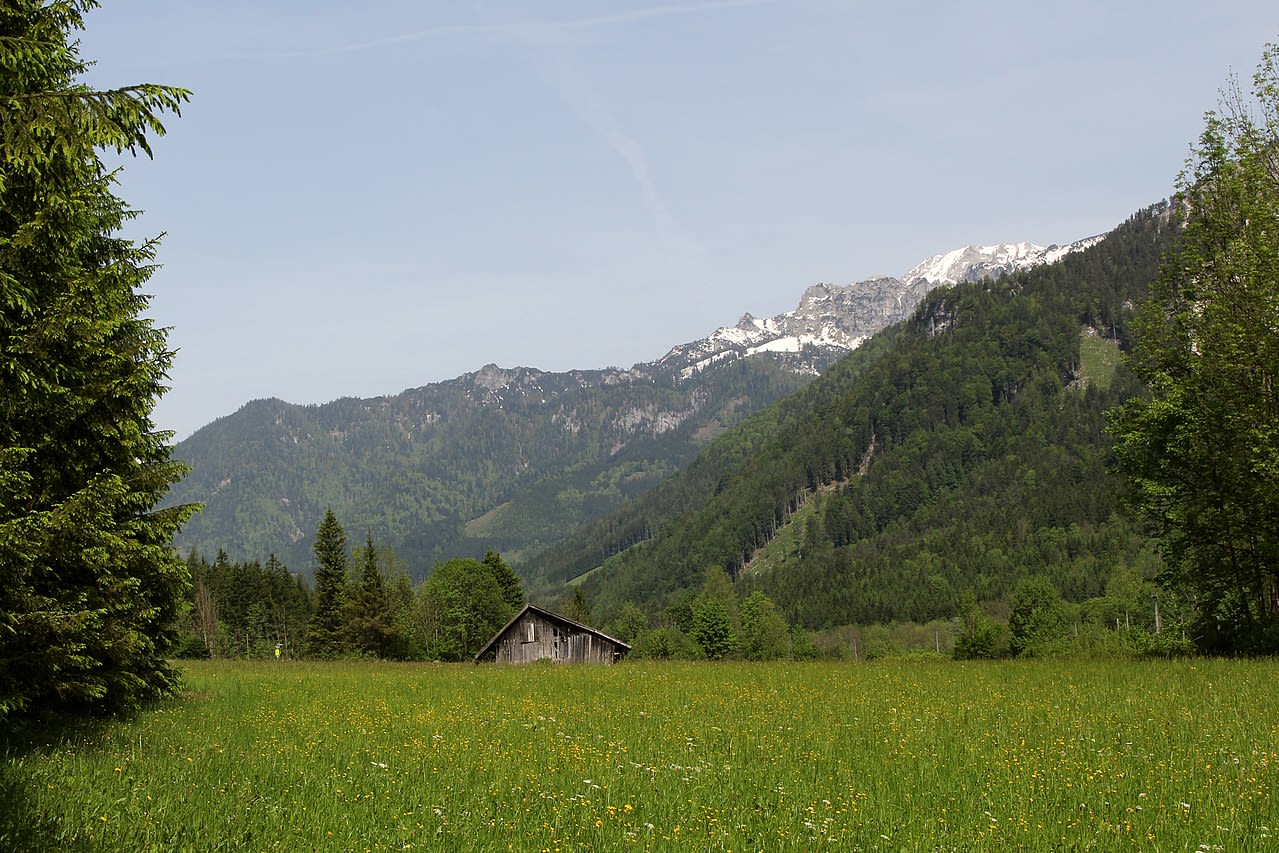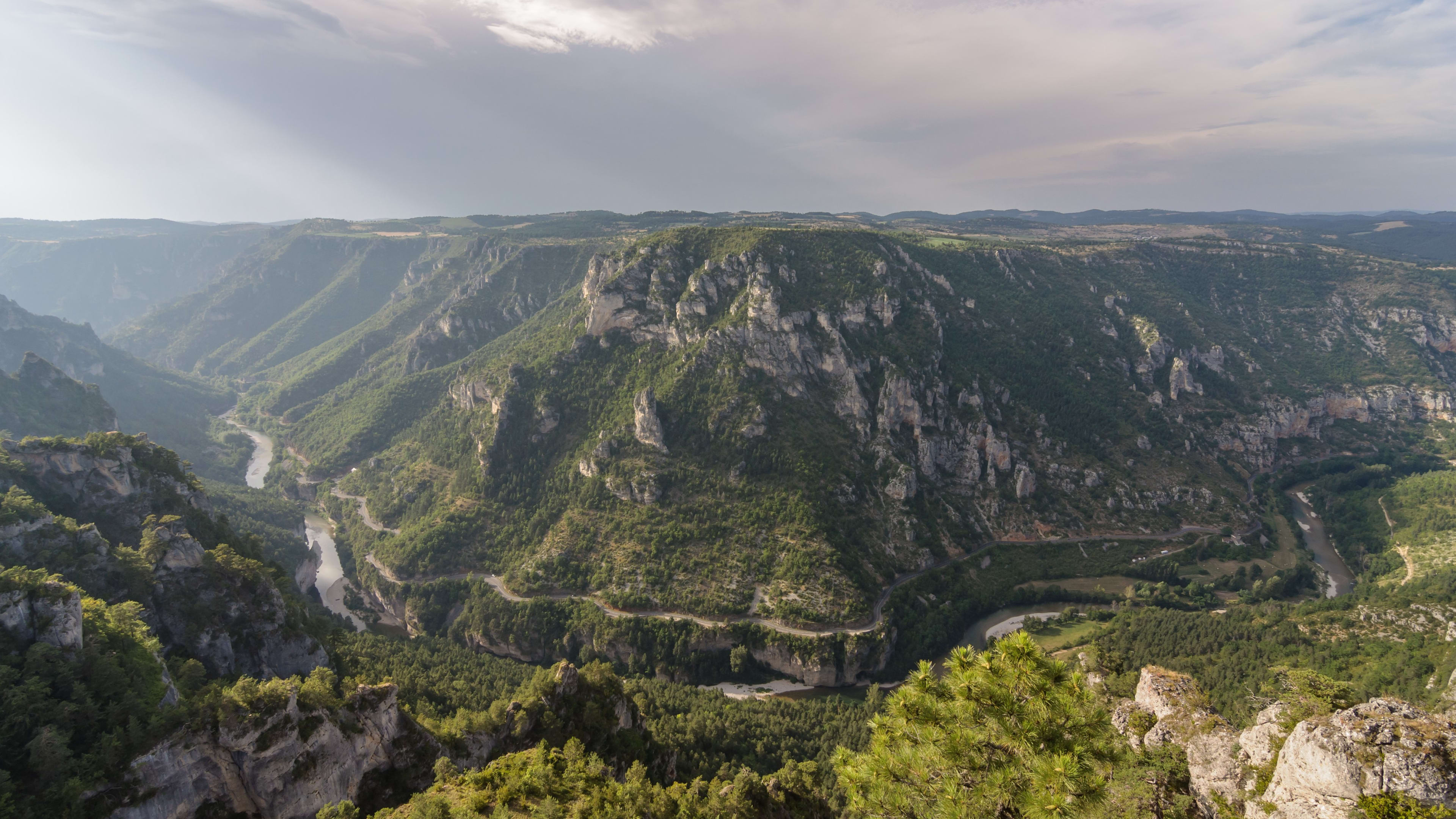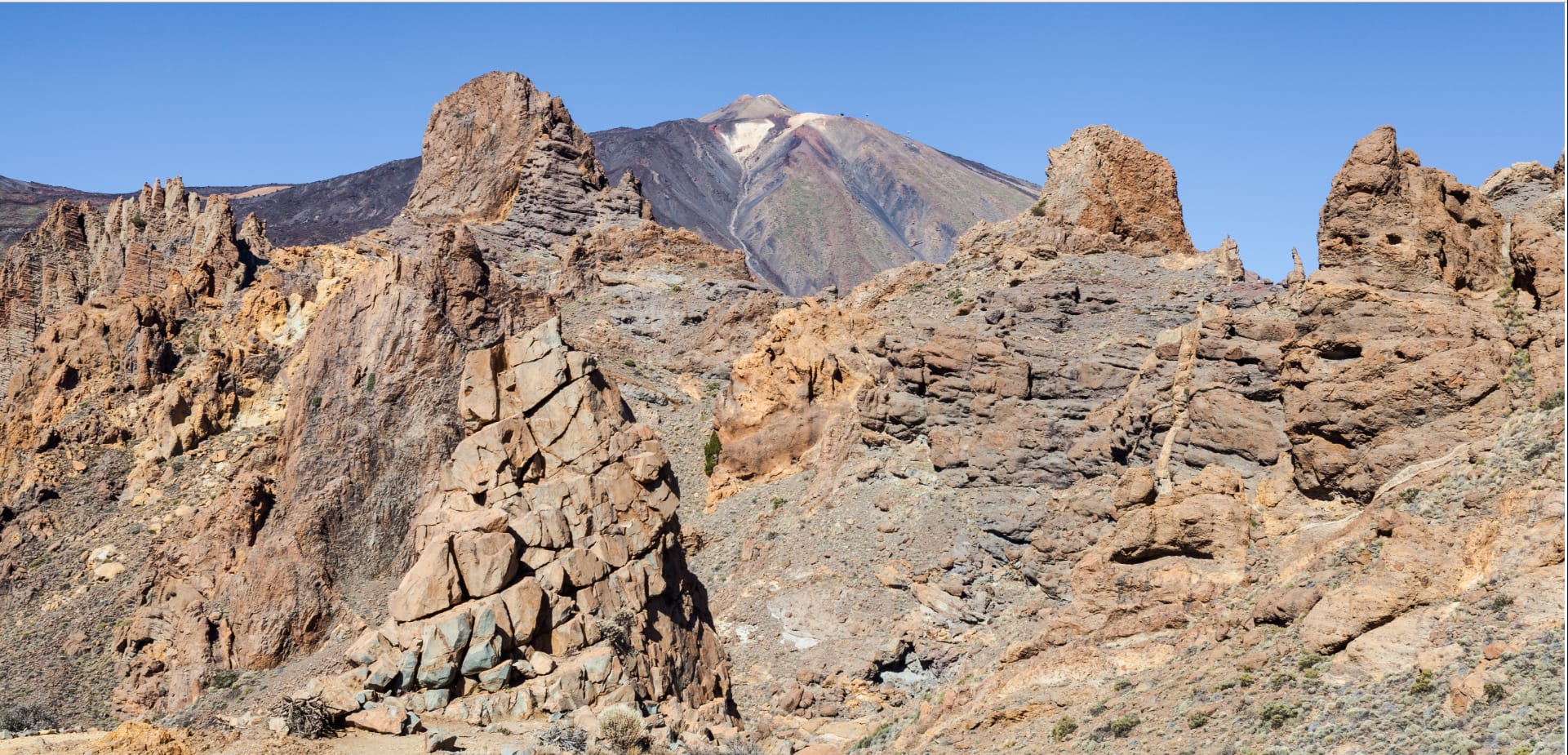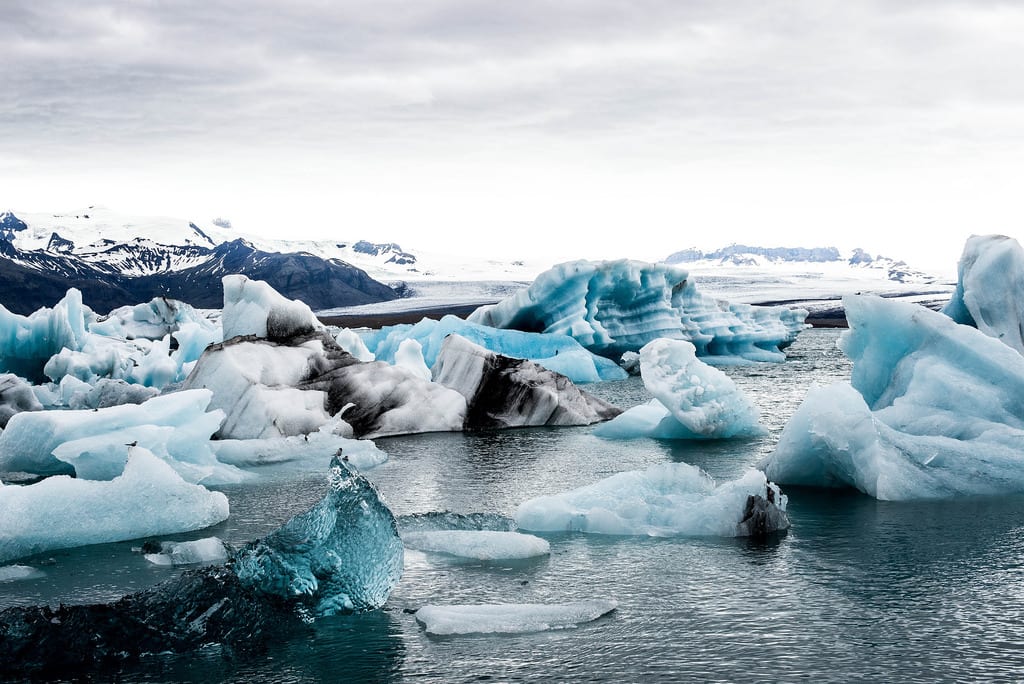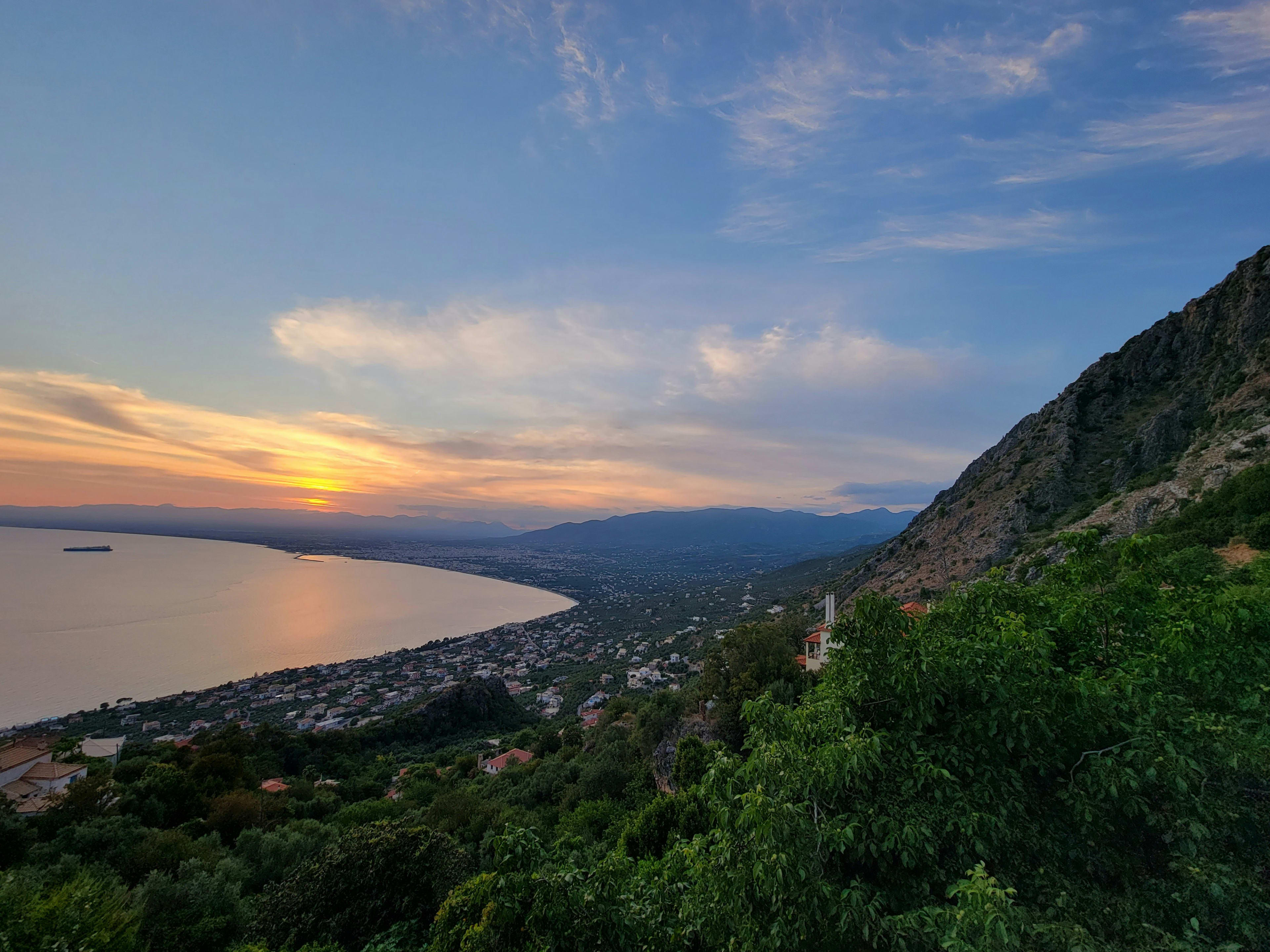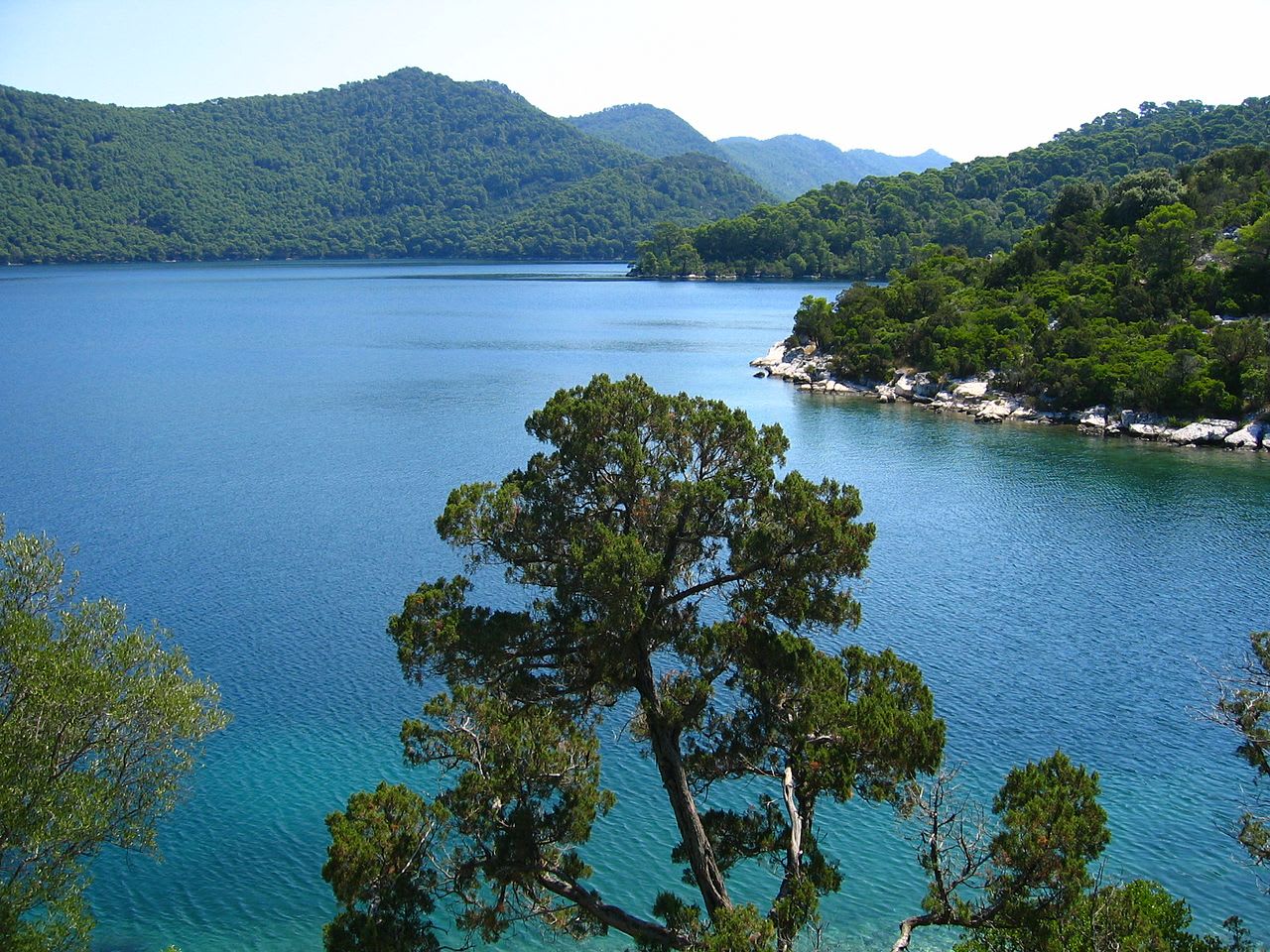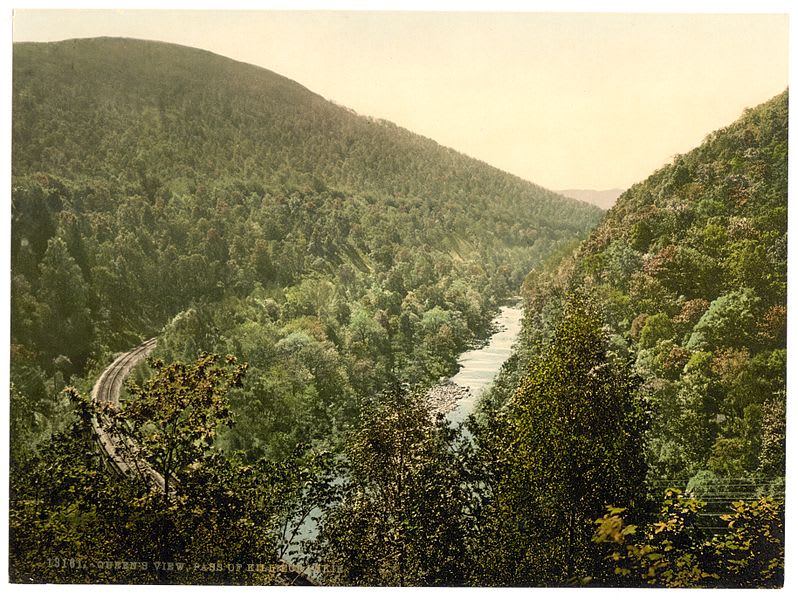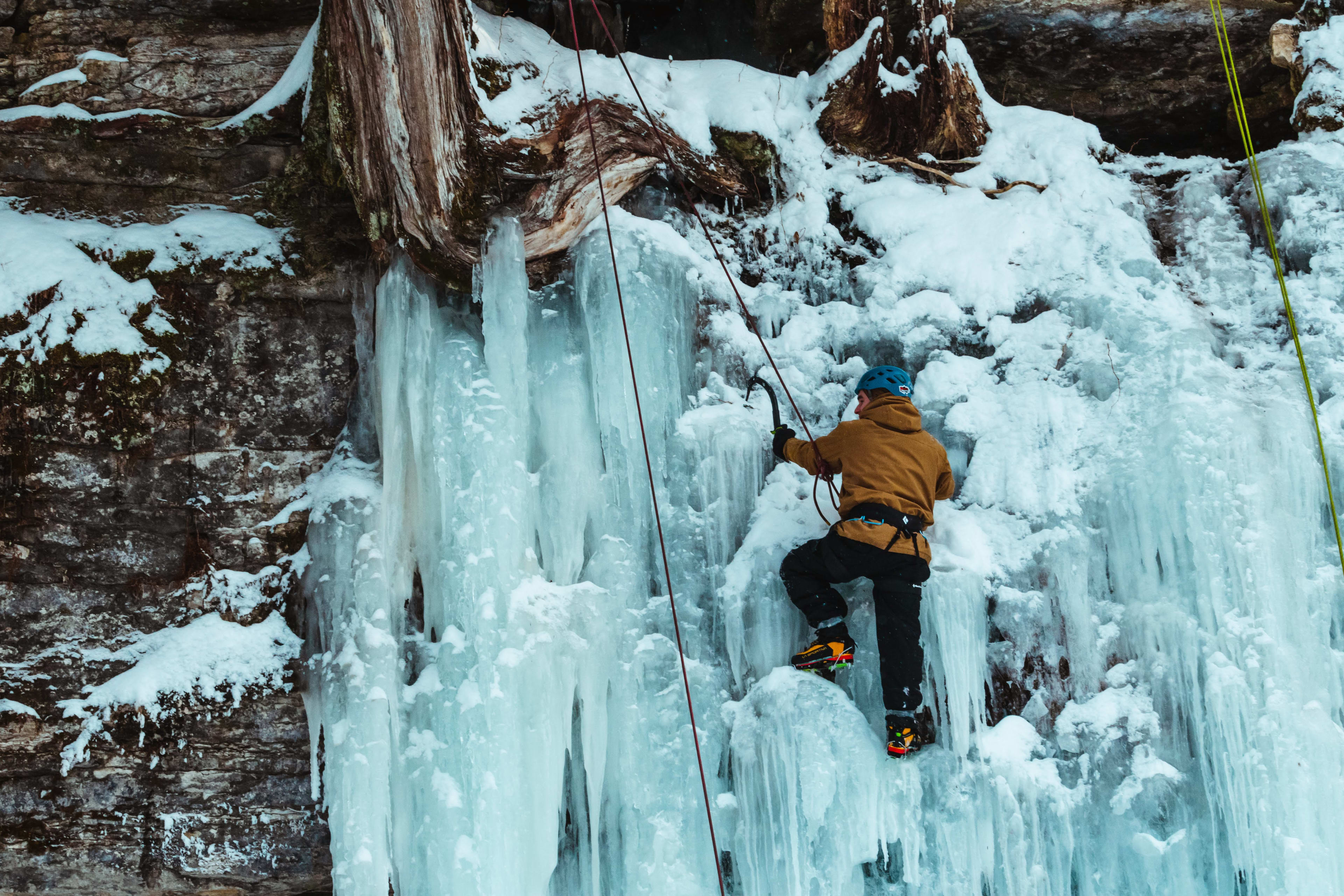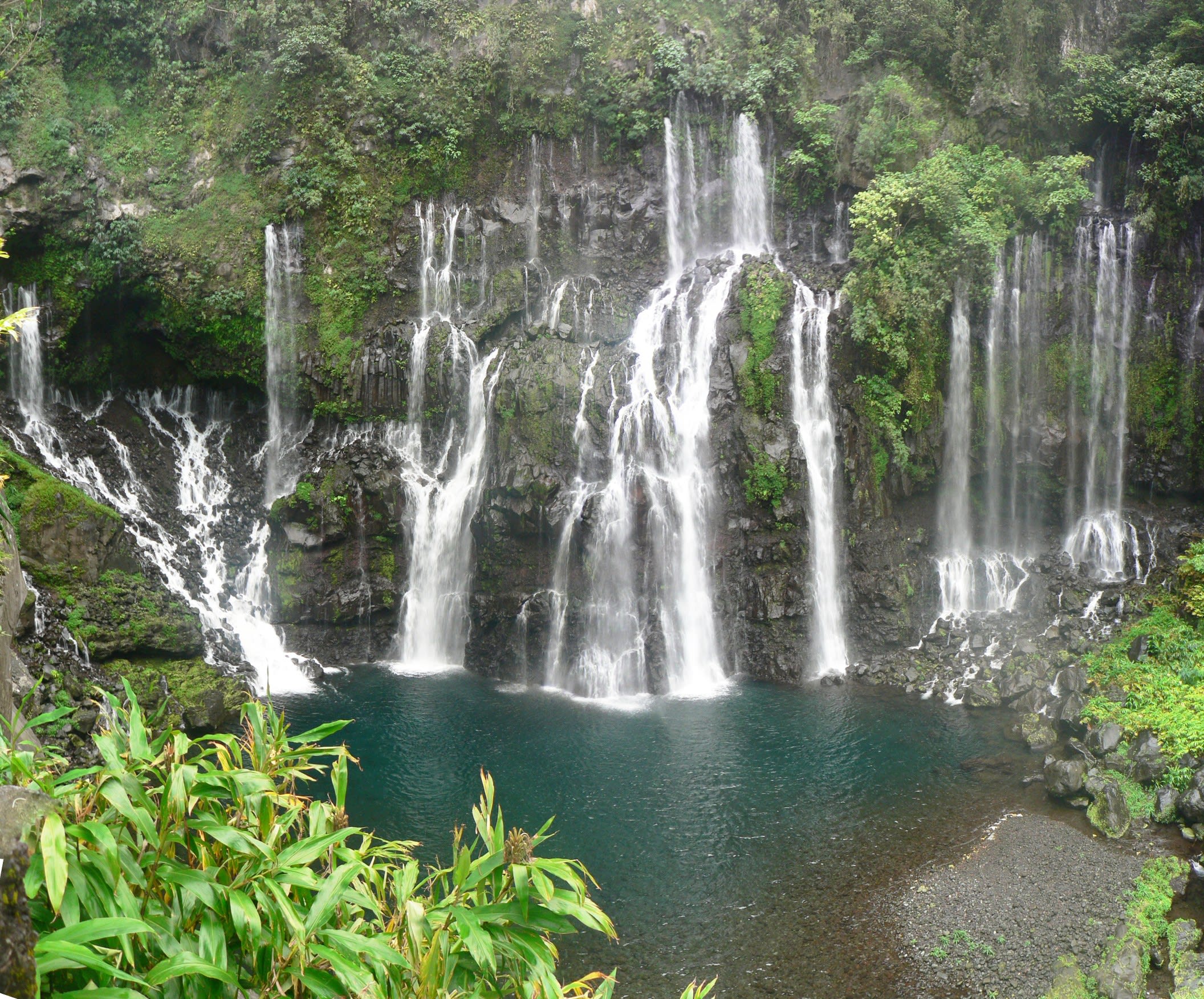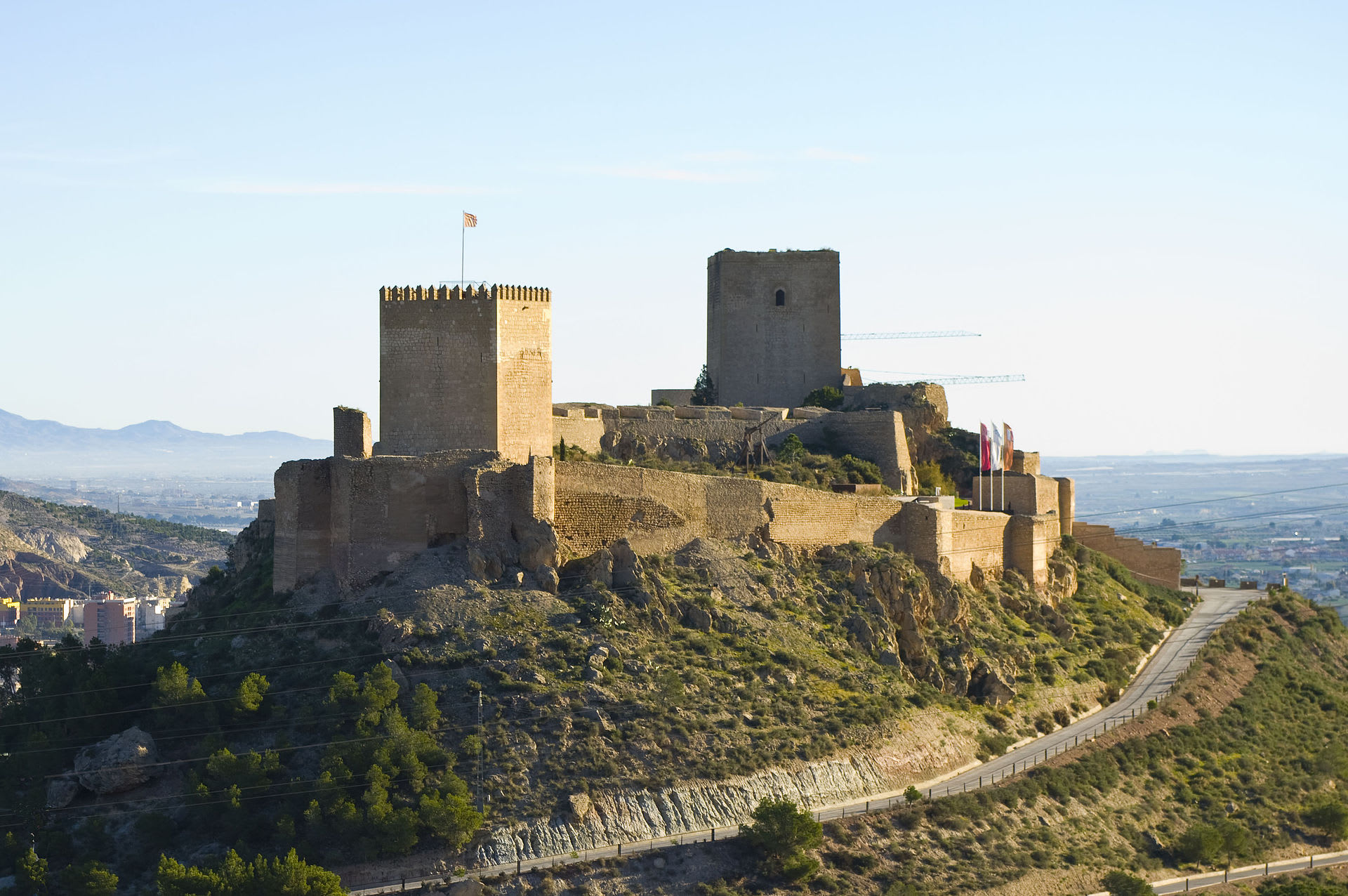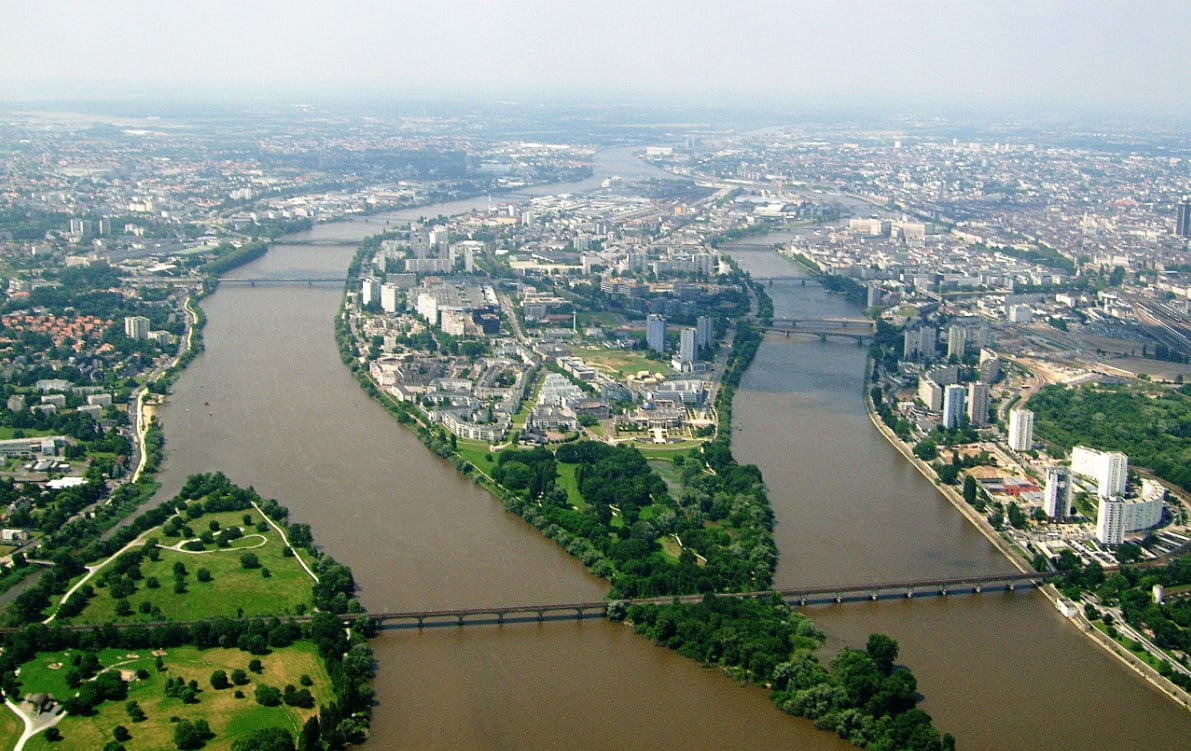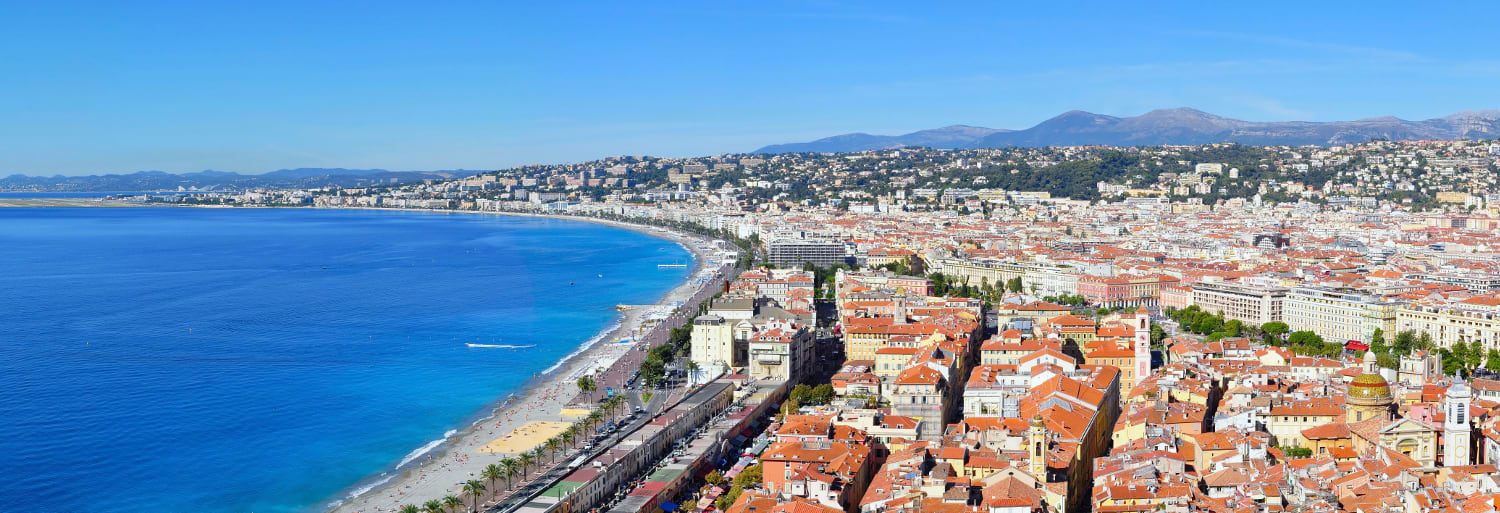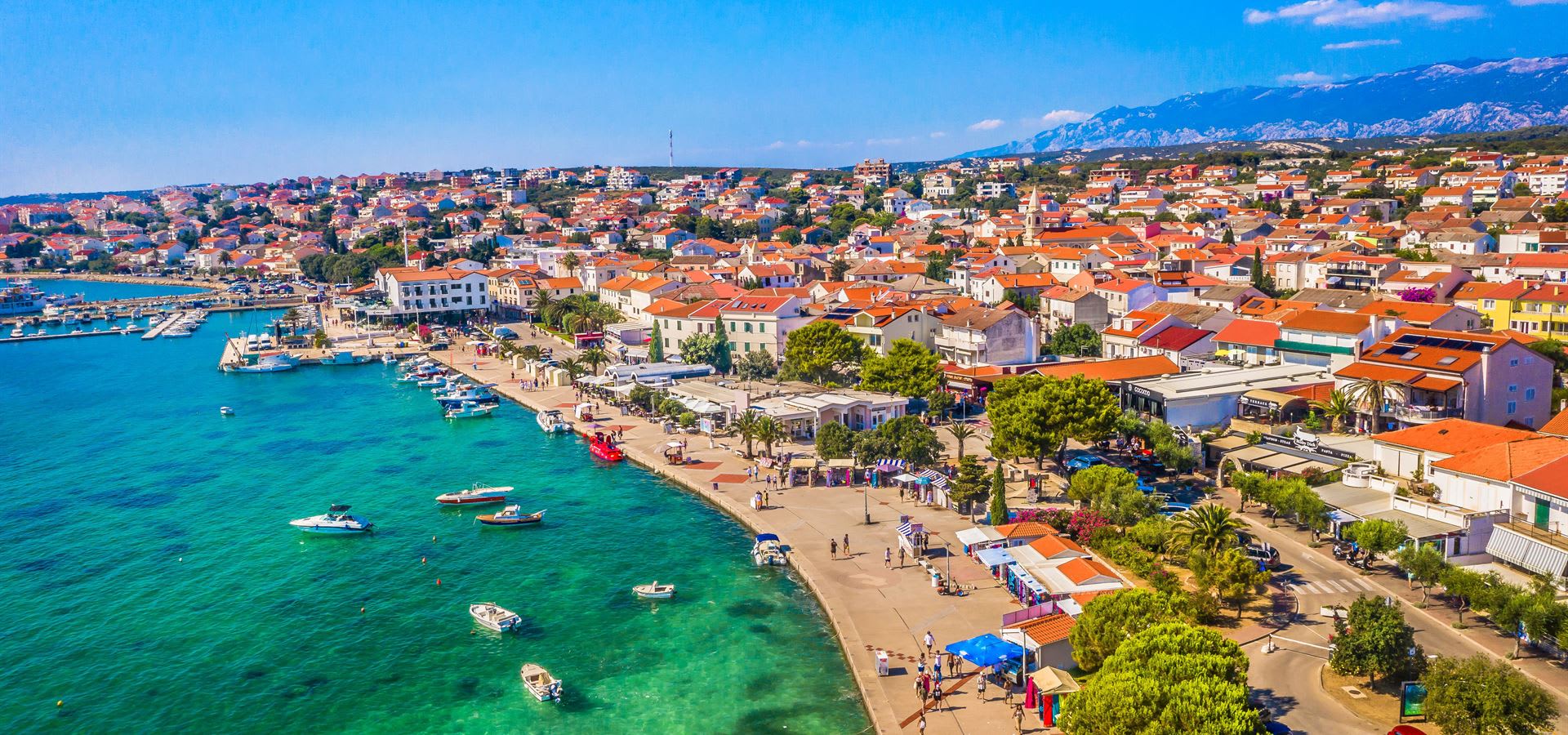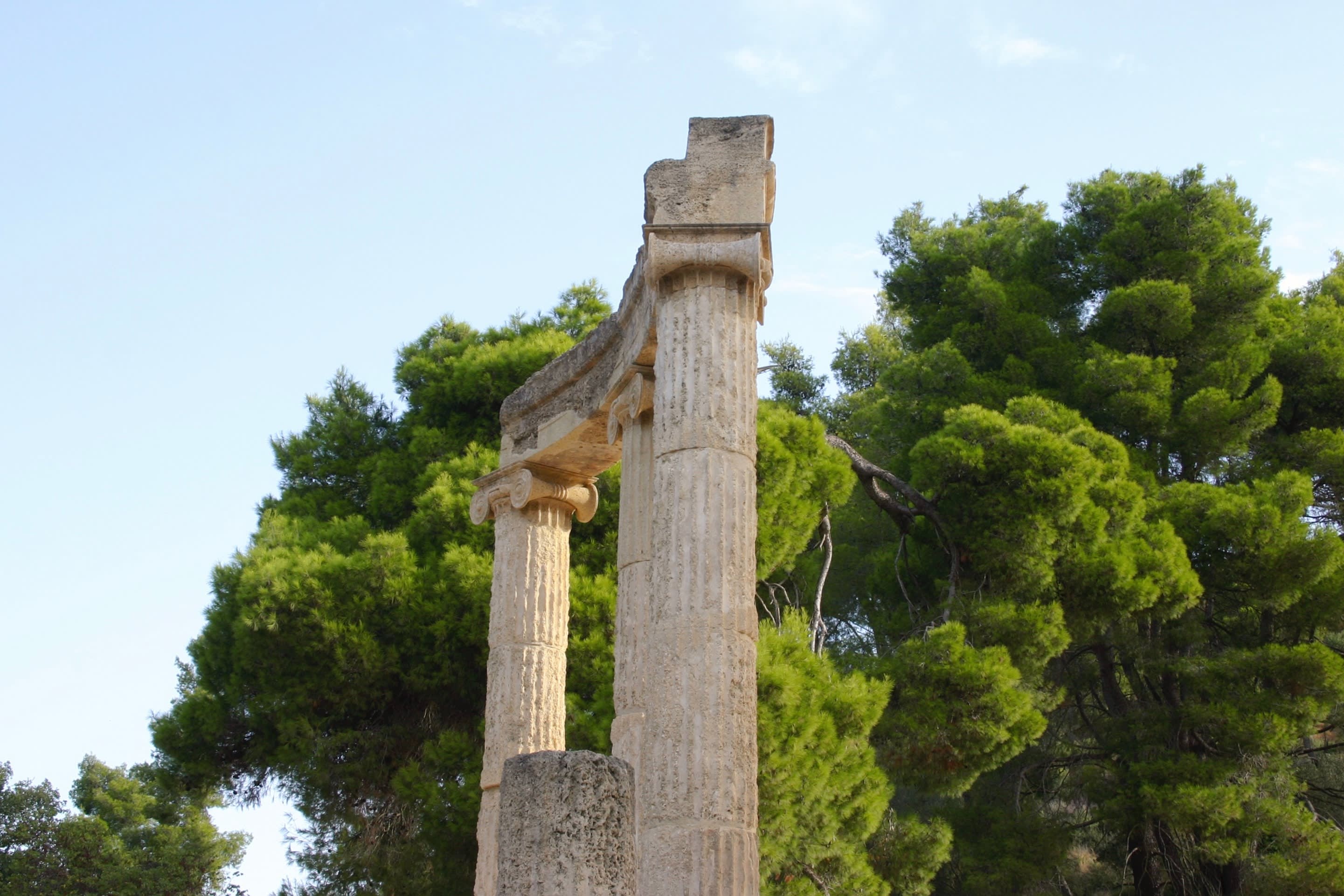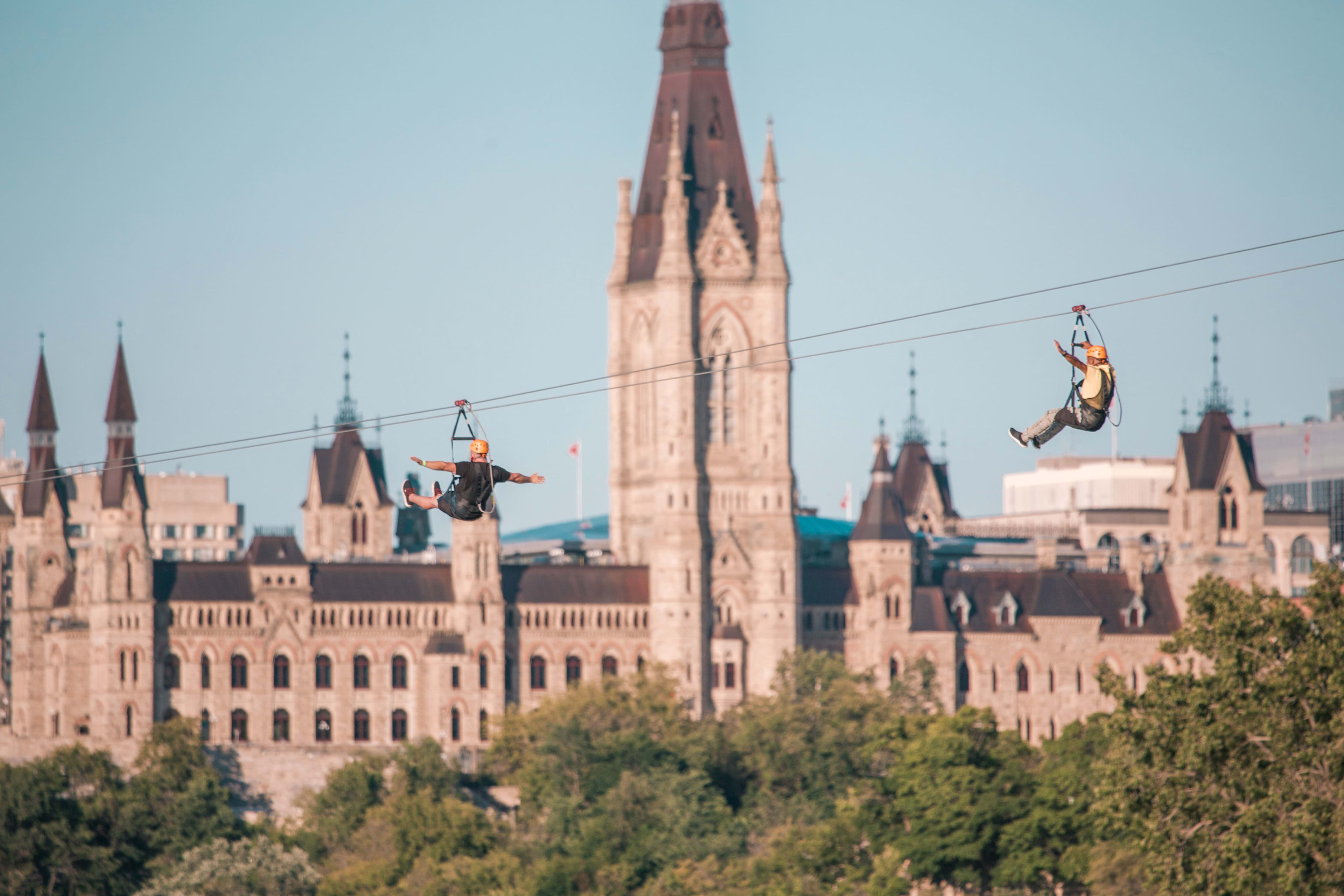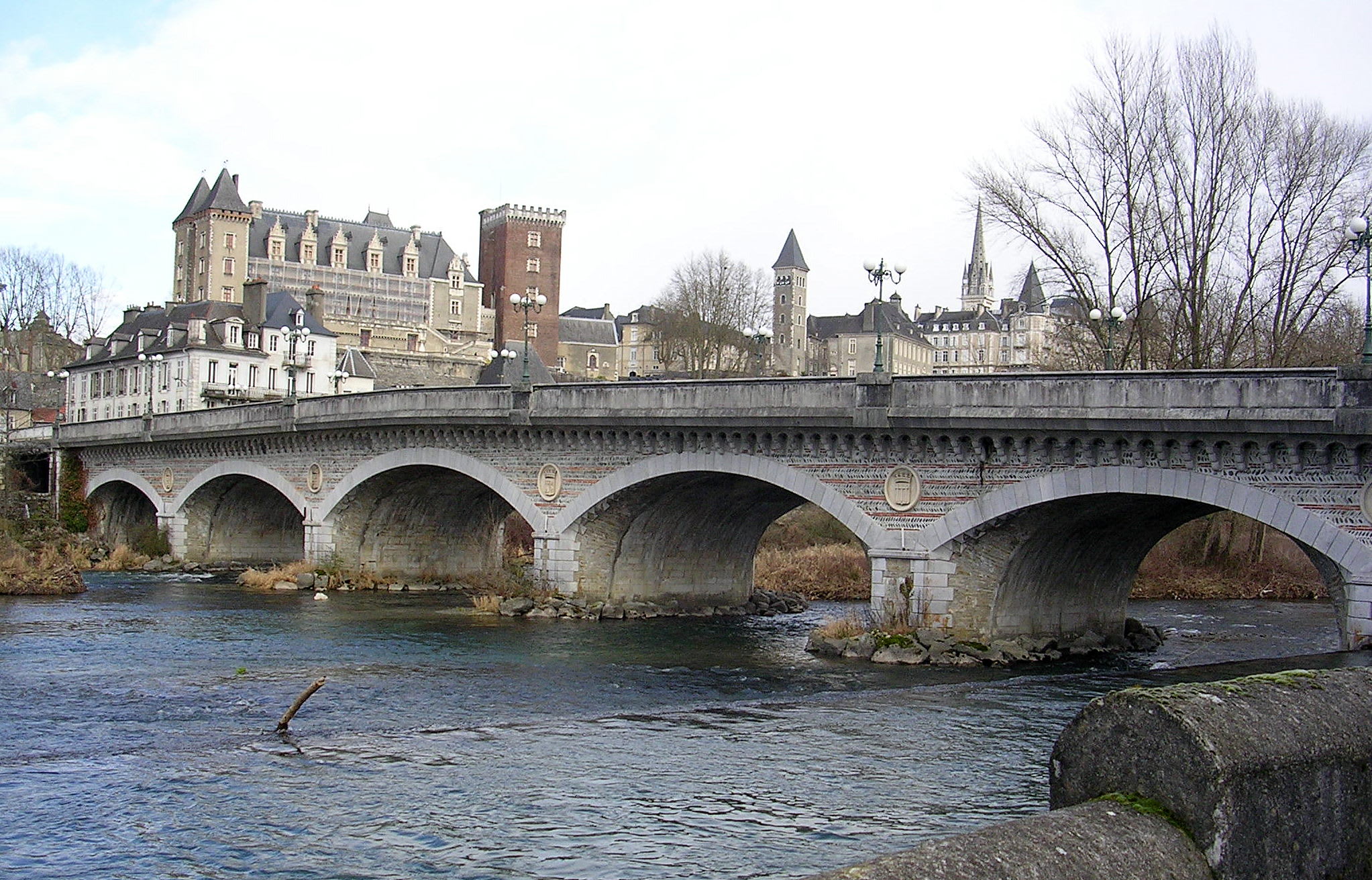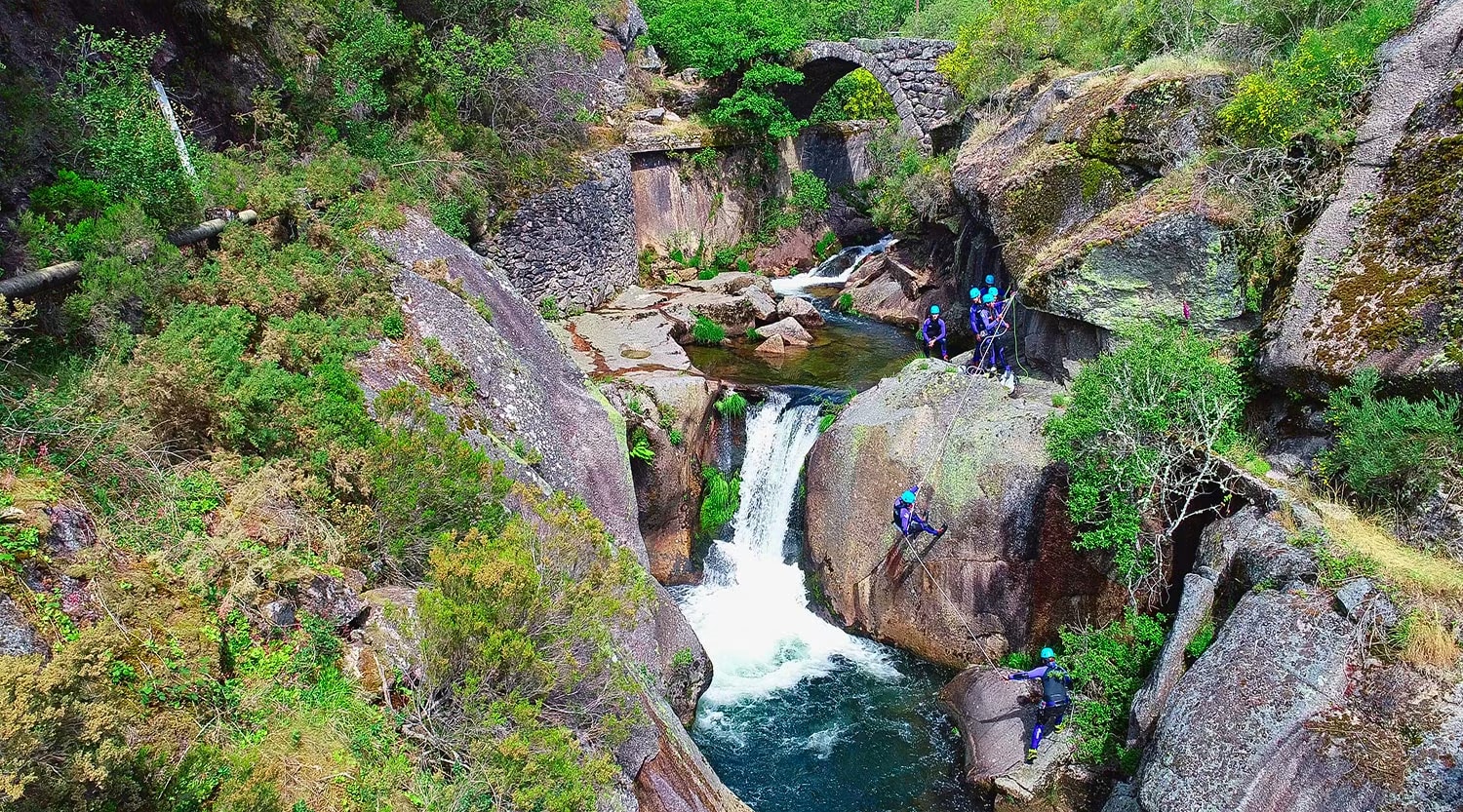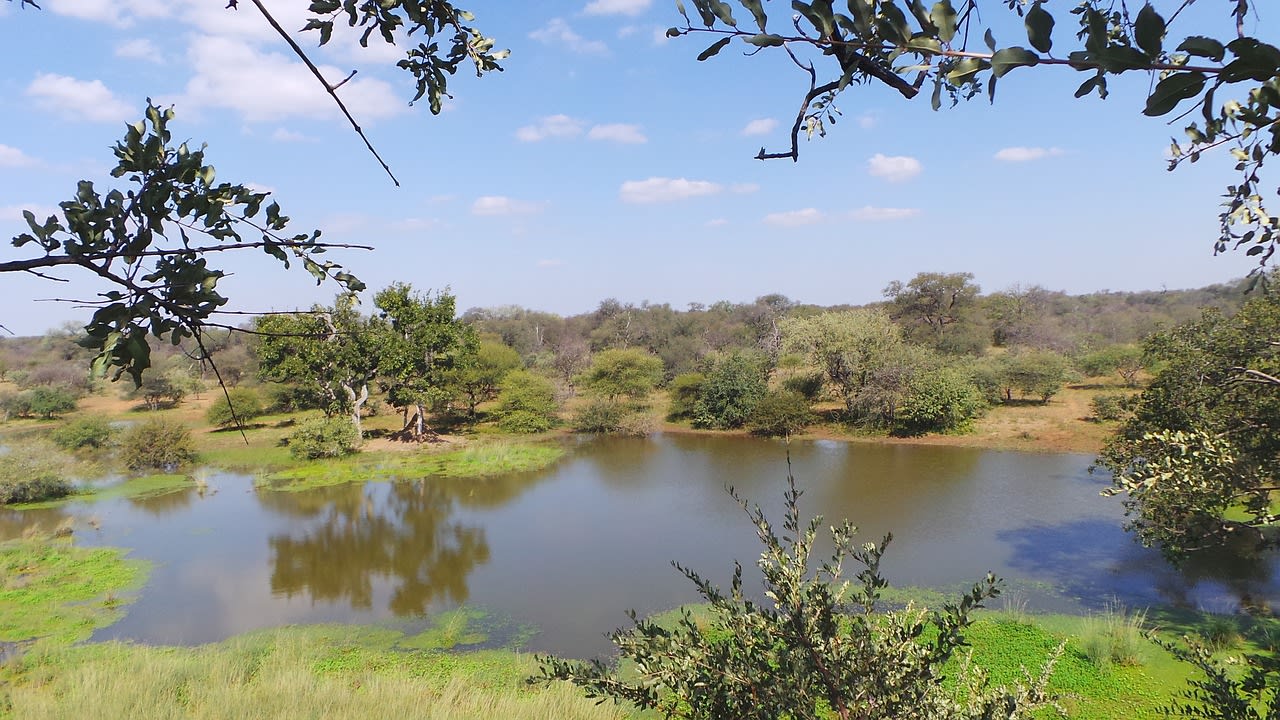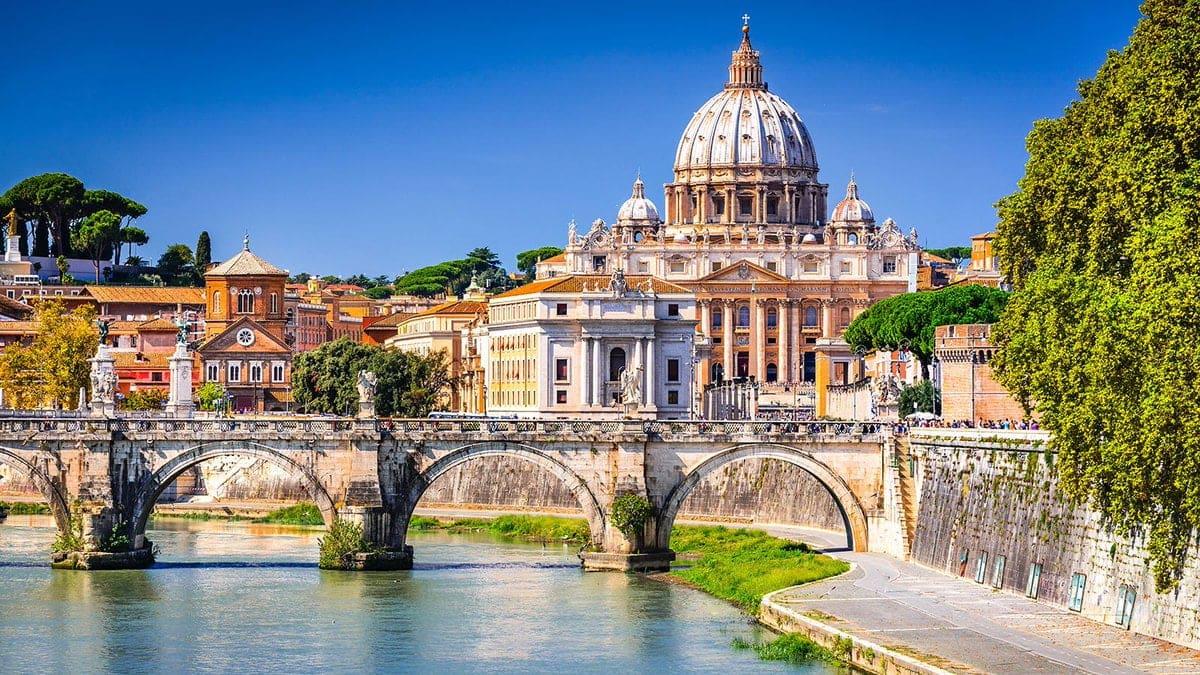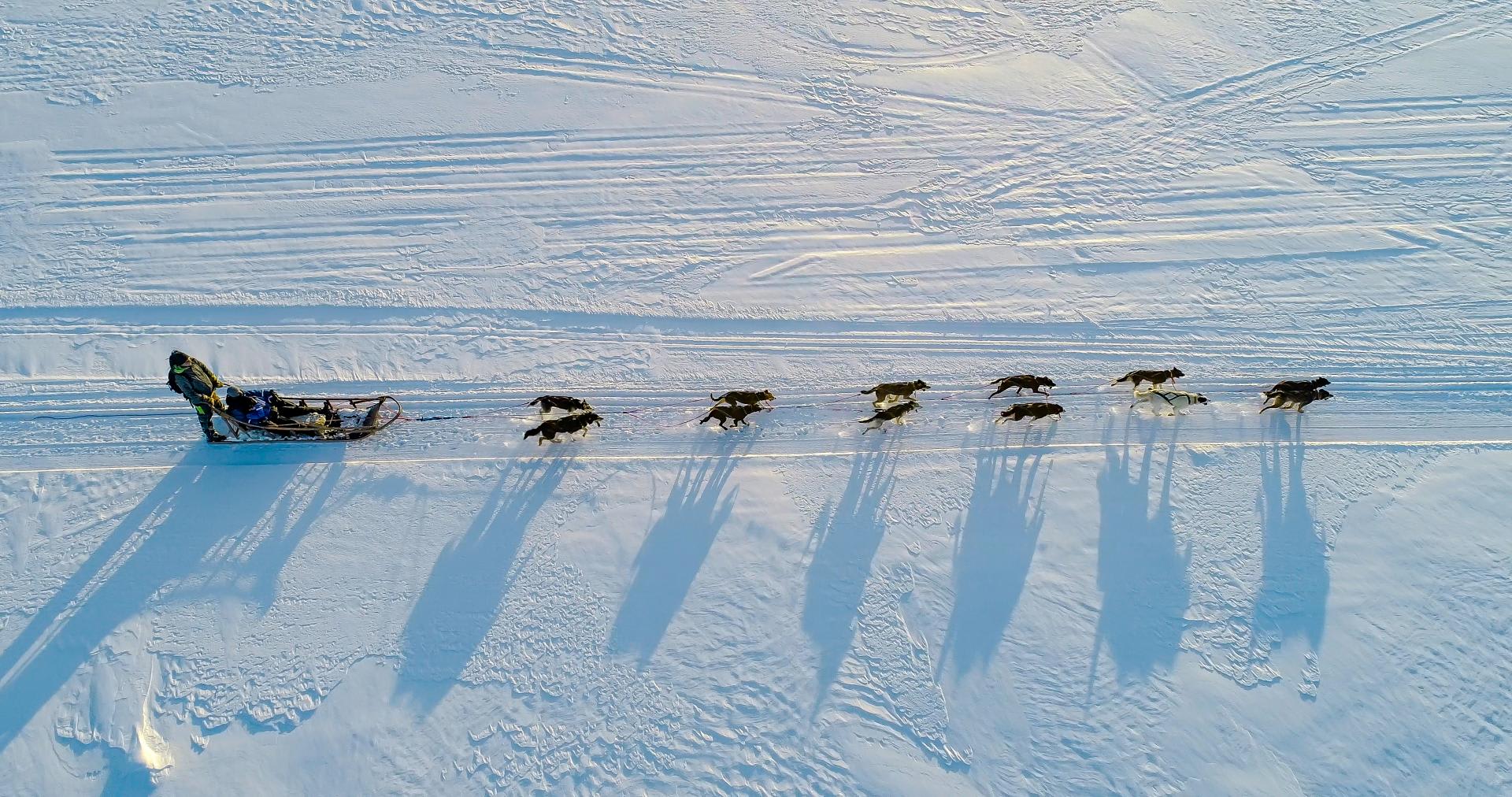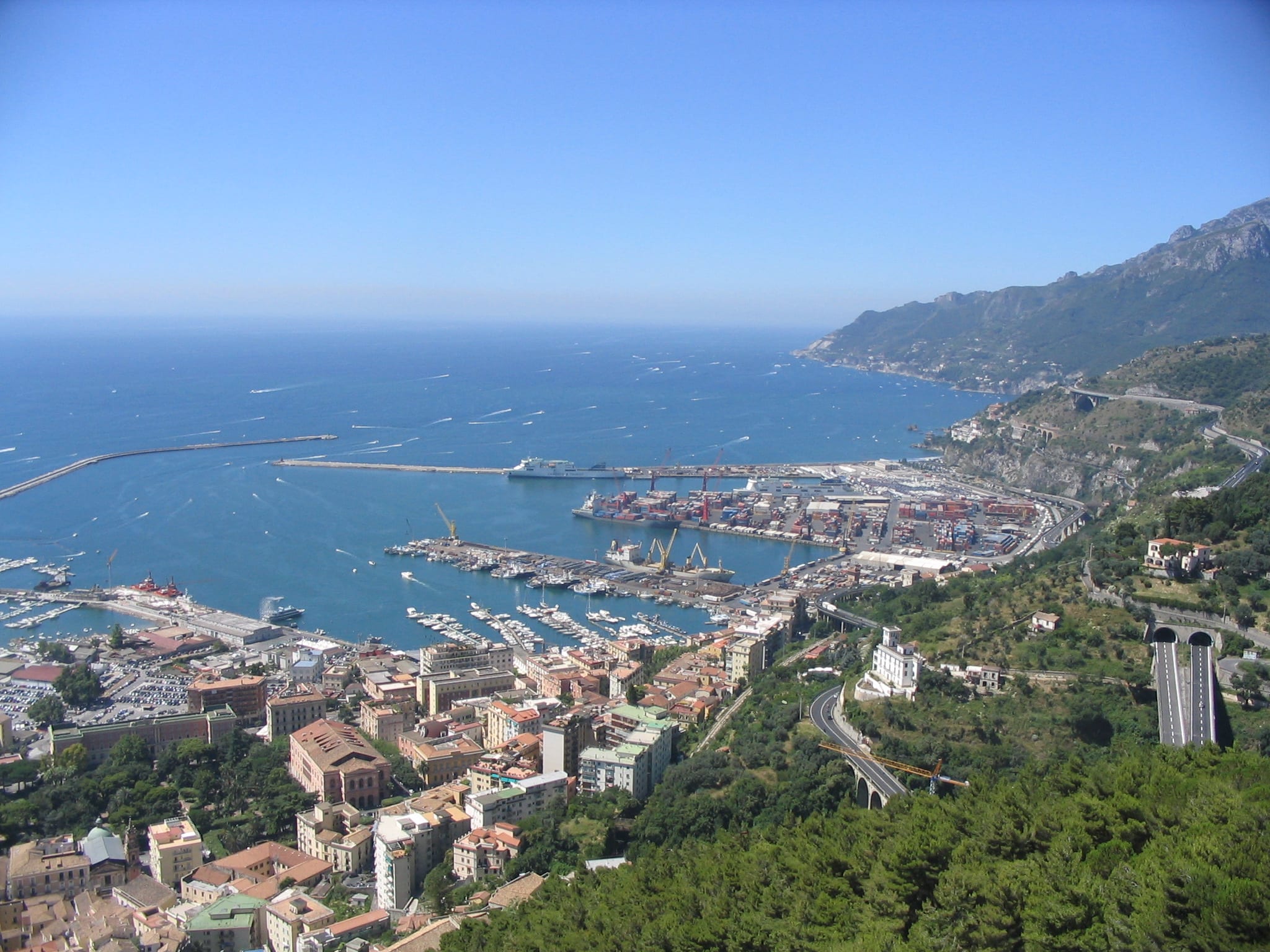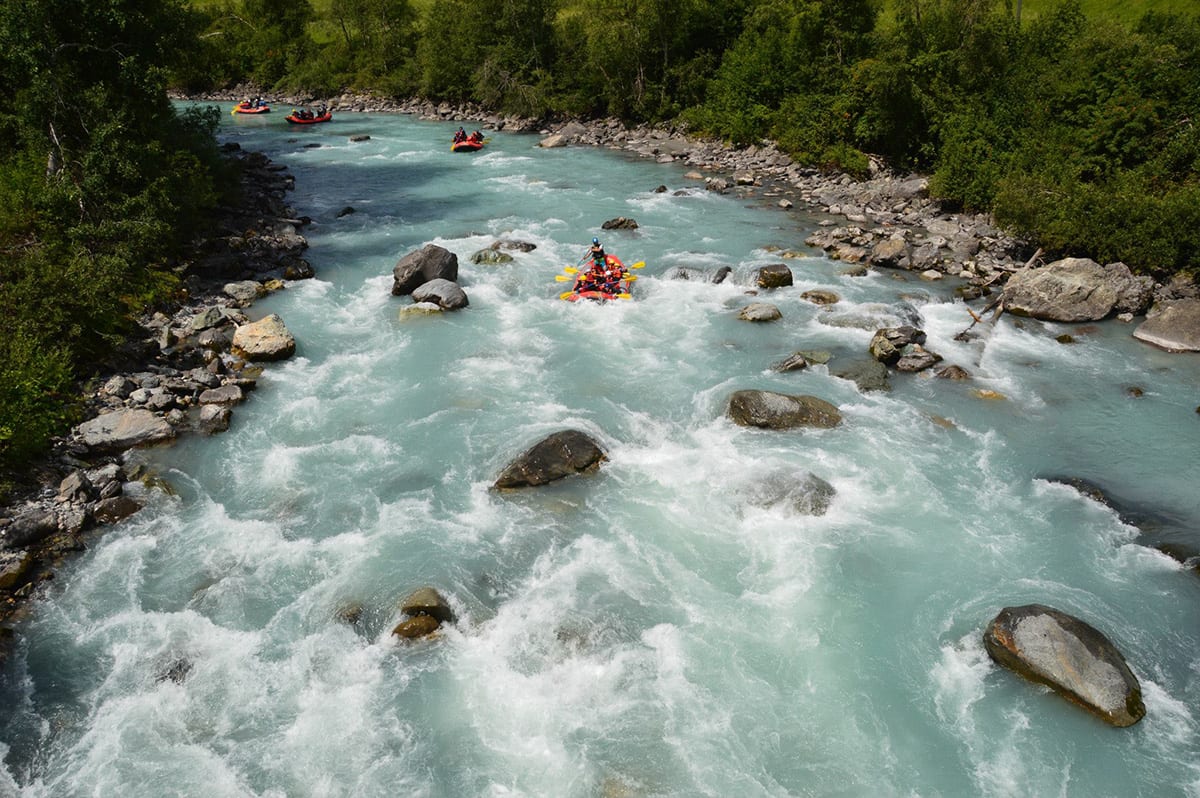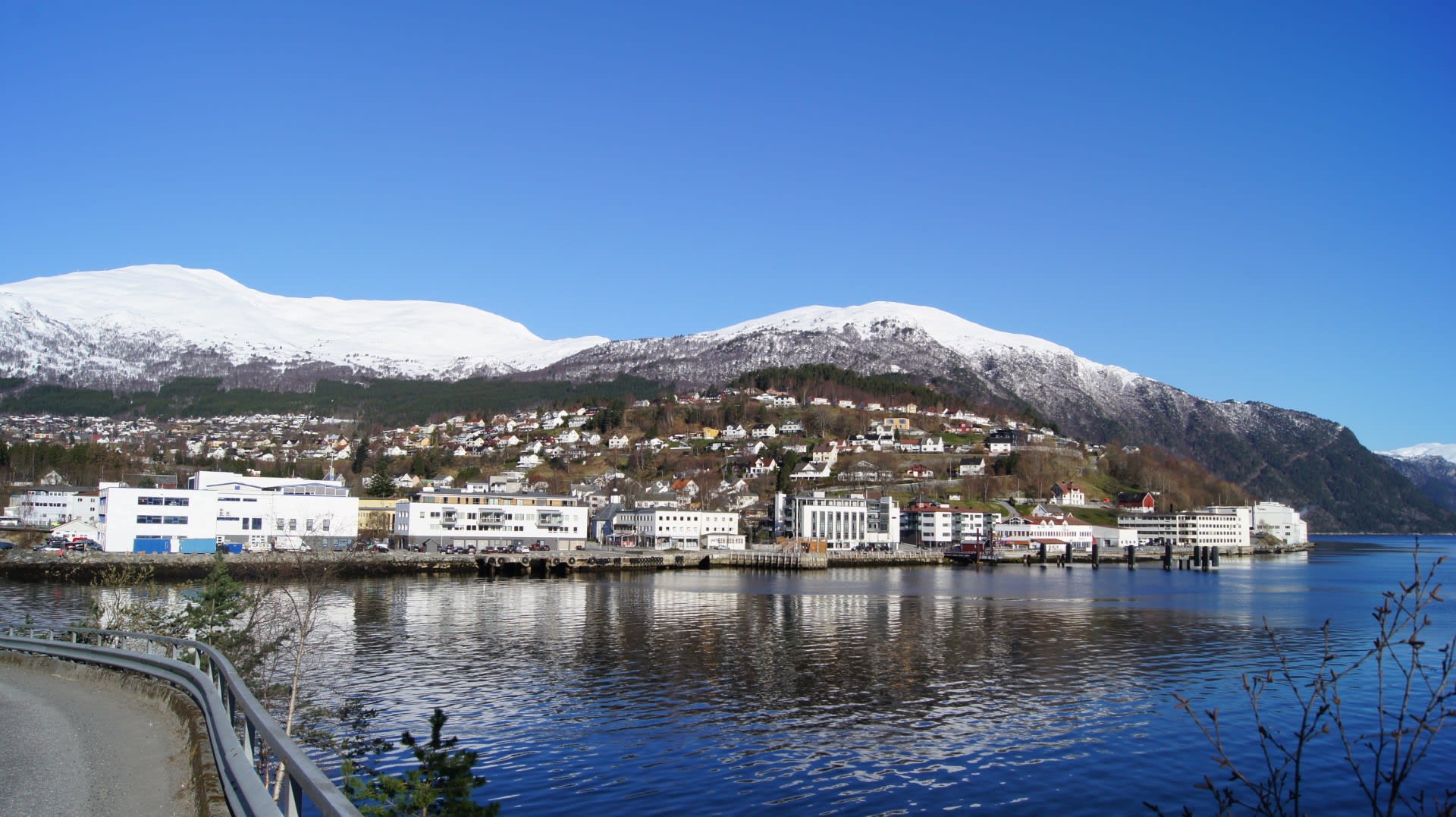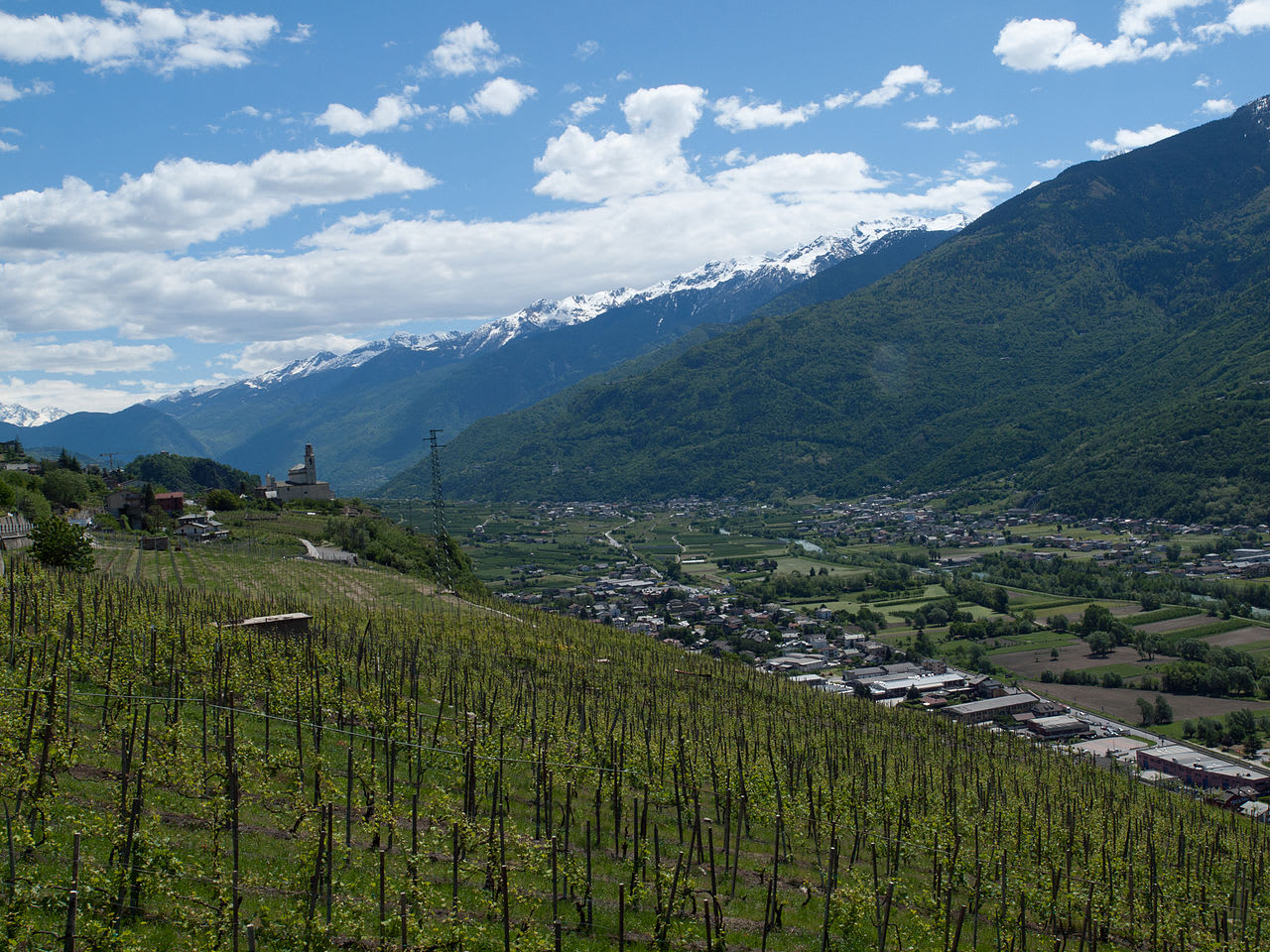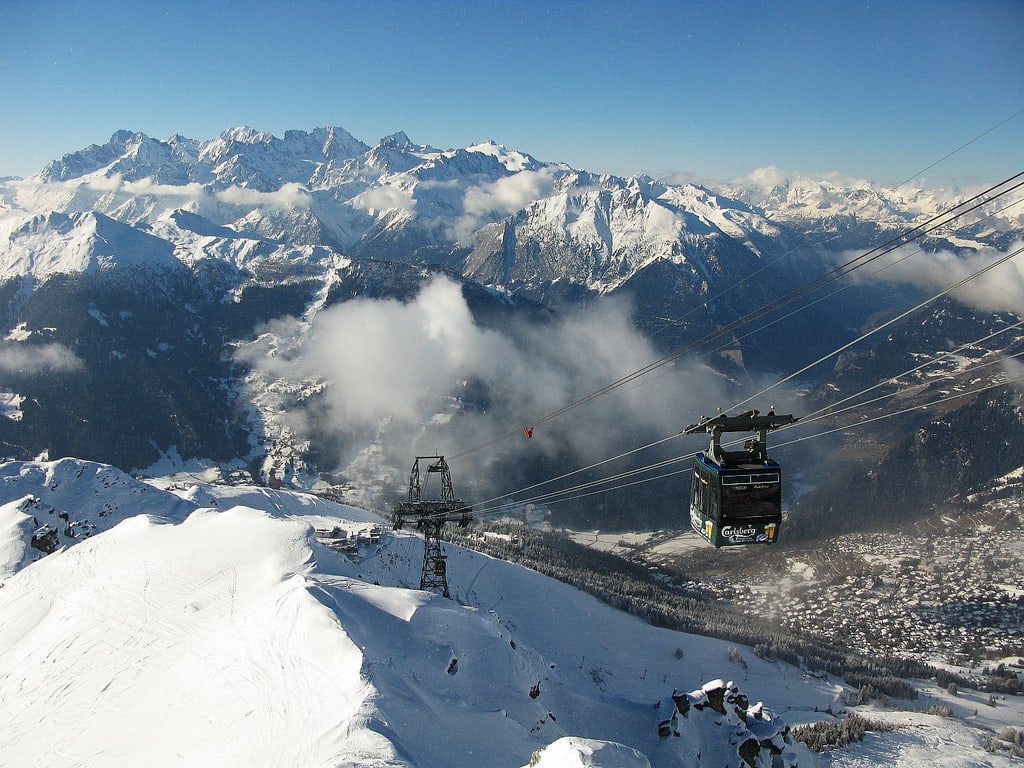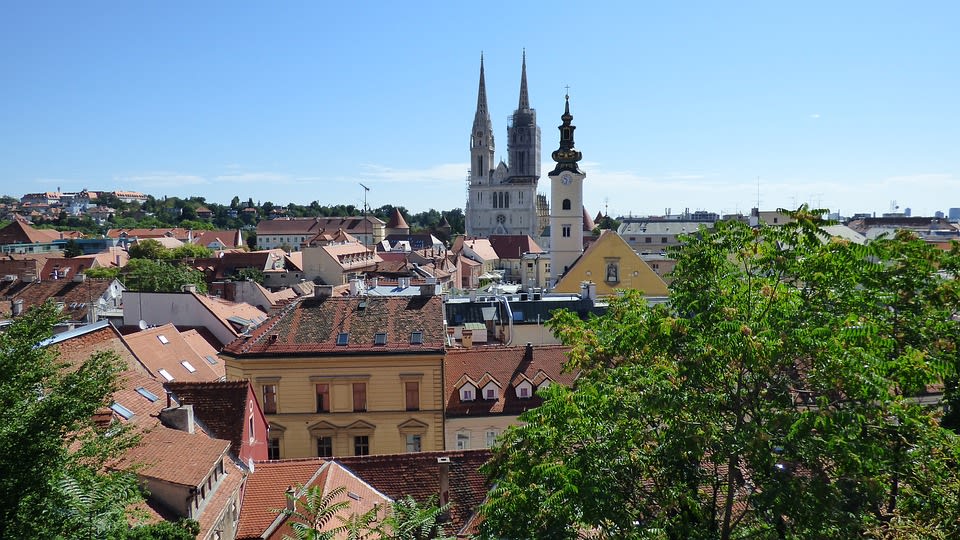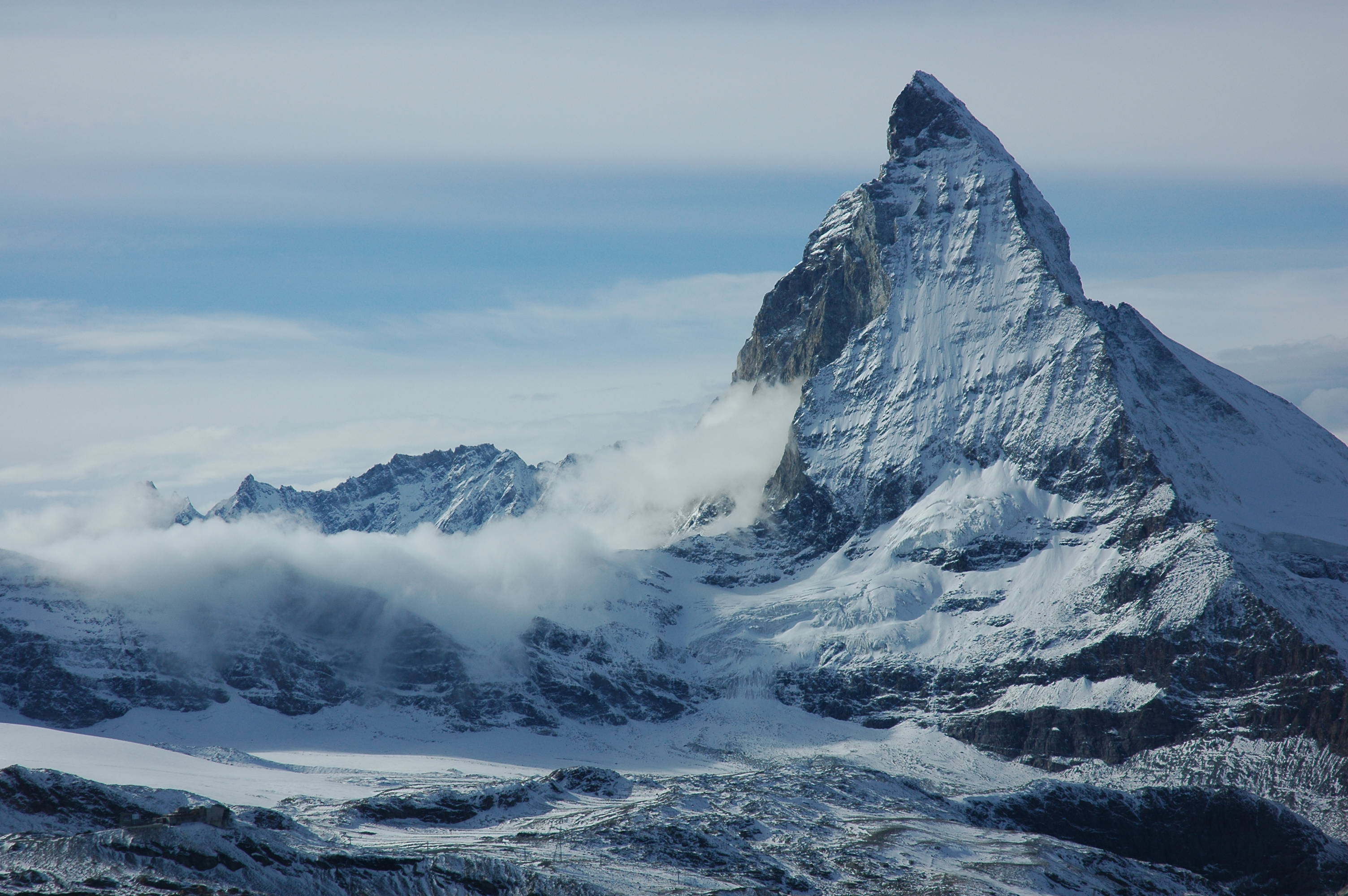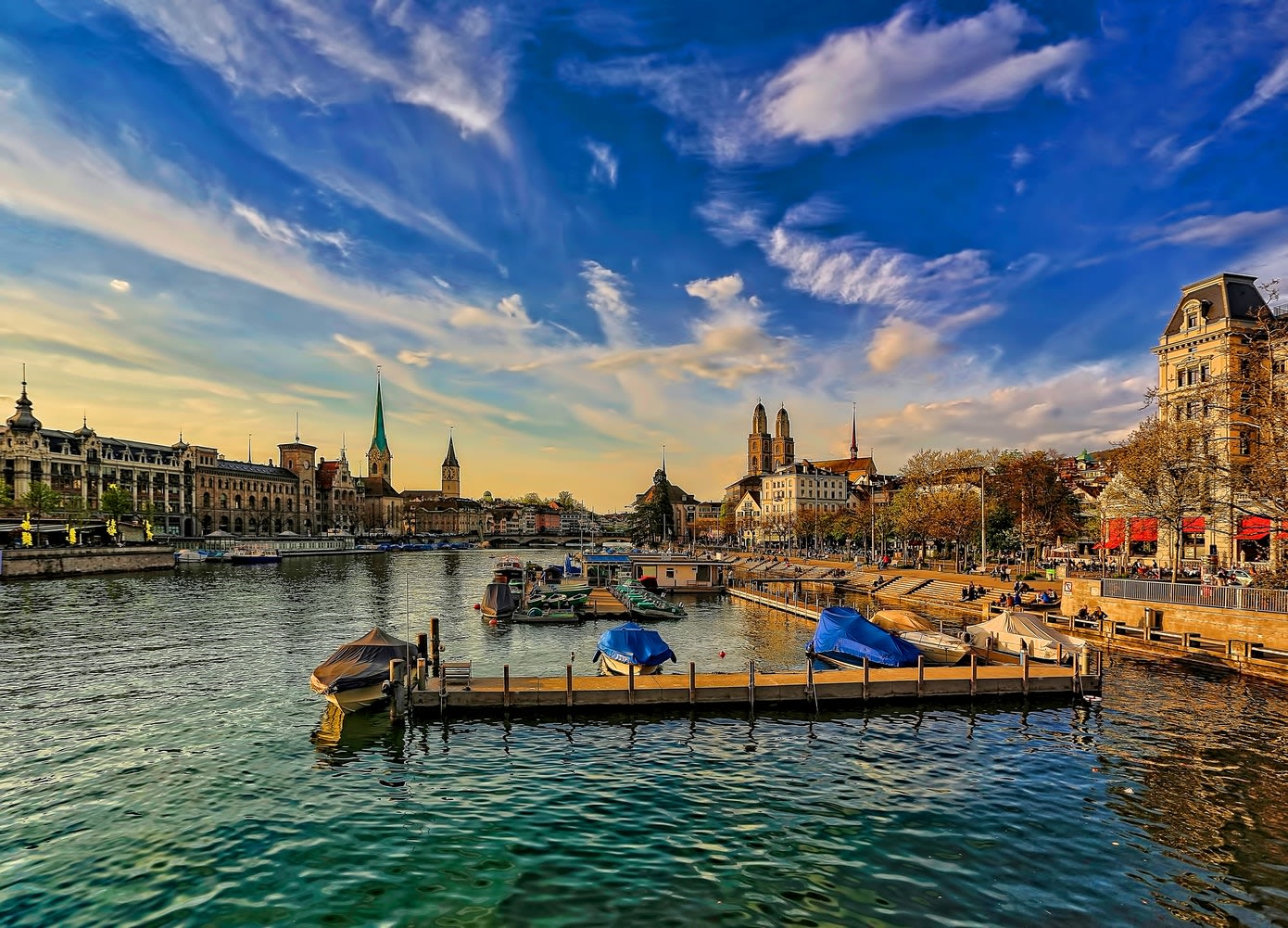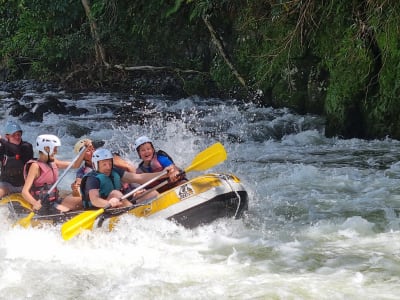
The best Rafting activities
All our Rafting activities

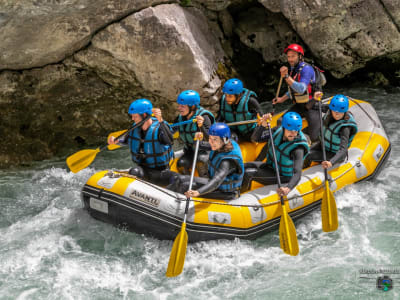
Rafting in the gorges du Verdon
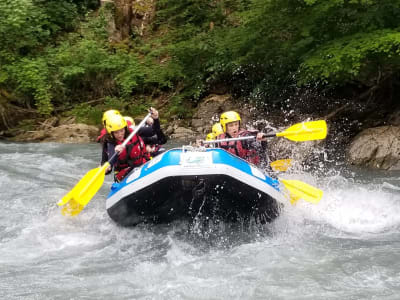
Rafting descent of the Giffre river in Samoëns
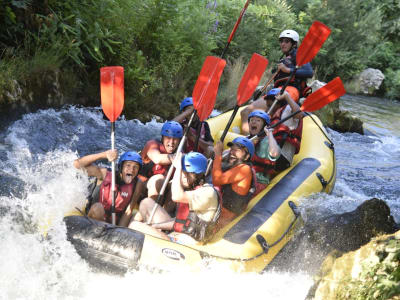
Rafting Excursion on the Cetina River near Omiš with Cliff Jumping
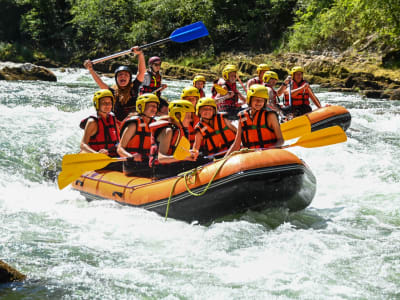
Rafting down the Dranse in Thonon-les-Bains
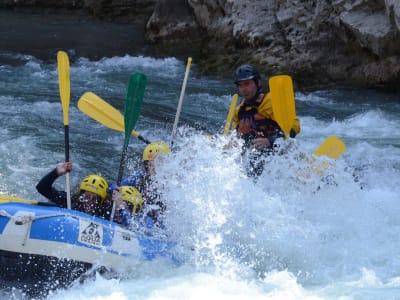
Rafting down the Nive River near Biarritz
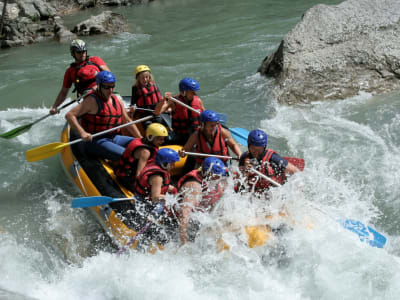
Rafting down the Verdon river from Castellane
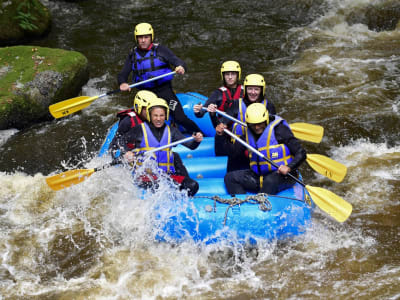
Rafting on the Chalaux River in the Morvan Regional Nature Park, Burgundy
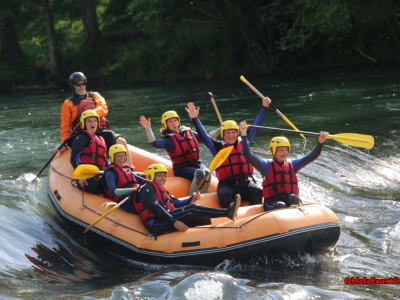
Rafting down the Gave de Pau near Lourdes, Pyrenees
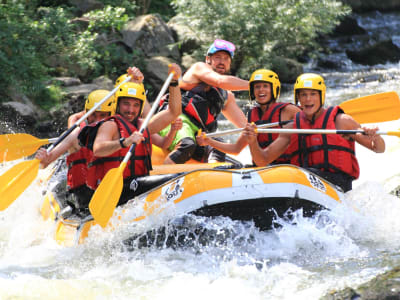
Rafting down the Aude River from Axat
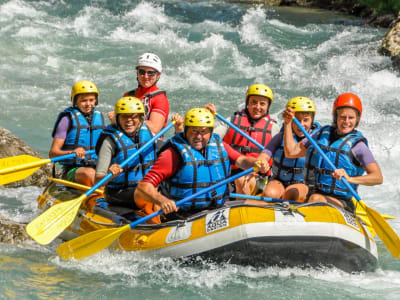
Rafting in the Verdon Gorges from Castellane
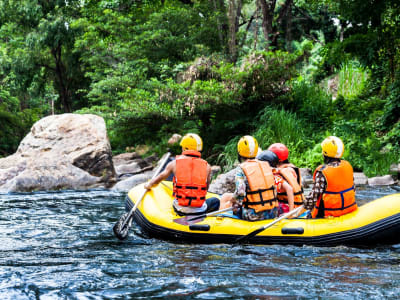

Rafting down the Marsouins River in Reunion Island

Rafting in the gorges du Verdon

Rafting descent of the Giffre river in Samoëns

Rafting Excursion on the Cetina River near Omiš with Cliff Jumping

Rafting down the Dranse in Thonon-les-Bains

Rafting down the Nive River near Biarritz

Rafting down the Verdon river from Castellane

Rafting on the Chalaux River in the Morvan Regional Nature Park, Burgundy

Rafting down the Gave de Pau near Lourdes, Pyrenees

Rafting down the Aude River from Axat

Rafting in the Verdon Gorges from Castellane

Rafting excursion in Rio Segura, Cieza, near Murcia
Rafting: The Ultimate White-Water Adventure
Rafting is an exhilarating outdoor activity that combines the thrill of navigating powerful river rapids with the beauty of natural landscapes. Whether you are seeking an adrenaline-pumping experience or a scenic float through calmer waters, rafting offers something for everyone. With its broad accessibility, this water sport caters to both beginners looking for a fun introduction to outdoor adventure and seasoned enthusiasts searching for a high-octane challenge.
From the excitement of crashing through turbulent waves to the teamwork required to manoeuvre the raft, rafting provides an immersive experience that is sure to leave a lasting impression. Regardless of skill level, rafting guarantees unforgettable moments and is a perfect choice for families, friends, and adventure-seekers alike.
History and Origins of Rafting
The history of rafting is deeply tied to humanity's long-standing relationship with rivers. Early river travel was essential for trade, exploration, and communication, with makeshift rafts made of logs or reeds being among the earliest forms of water transport. However, the modern sport of white-water rafting as we know it today emerged in the 20th century.
The birth of modern rafting can be credited to American explorers, especially during expeditions through the Colorado River and the Grand Canyon. In the 1940s and 1950s, military surplus rafts were used to explore these rivers, and as more people discovered the adrenaline rush of navigating white-water rapids, rafting evolved into a recreational activity. The sport grew in popularity during the 1970s, as new materials like rubber and synthetic fabrics allowed for the creation of more durable and manoeuvrable rafts.
Today, rafting is a worldwide sport and a popular outdoor activity, attracting millions of people annually who seek adventure on rivers ranging from serene and scenic to ferociously wild.
Types of Rafting Experiences
Rafting comes in various forms, from beginner-friendly routes on calm waters to adrenaline-fuelled rapids that challenge even the most experienced adventurers. Understanding the different types of rafting is essential for choosing the right experience based on your skill level and sense of adventure.
Recreational or Scenic Rafting
Perfect for beginners or families, recreational rafting takes place on calm rivers with little to no rapids. These trips focus on the enjoyment of the natural surroundings, wildlife spotting, and learning basic paddling techniques. Recreational rafting is a peaceful yet engaging experience ideal for those looking to spend time in nature without the intensity of rapid-filled waters.
White-Water Rafting
This is the quintessential rafting experience that many envision—navigating fast-moving rivers and rapids while working as a team to steer through waves, whirlpools, and obstacles. Rapids are classified on a scale from I to VI, with Class I representing calm waters and Class VI being extremely dangerous and impassable. Beginners typically start on Class I-III rapids, while experienced rafters might tackle the more intense Class IV-V rapids.
Extreme or Expedition Rafting
For thrill-seekers and seasoned rafters, expedition rafting involves multi-day journeys through remote areas with challenging rapids. These expeditions require advanced rafting skills, stamina, and a high level of teamwork. It’s not uncommon for these adventures to involve overnight camping by the river, adding an additional layer of excitement and immersion into the wilderness.
Rafting for Corporate or Team-Building Events
Rafting can also be a powerful team-building activity, often used by companies to foster collaboration, communication, and leadership skills. Navigating rapids requires coordination and teamwork, making rafting an excellent metaphor for overcoming challenges and achieving goals as a group.
Types of Inflatable Watercraft in Rafting: Which One is Right for You?
Rafting encompasses a variety of inflatable watercraft, each offering a unique way to experience river rapids and tranquil waters. Whether you're rafting with a group or seeking a more solo experience, understanding the differences between these boats will help you choose the best one for your adventure.
Rafting Raft
The traditional rafting raft is a large, durable inflatable boat designed to carry multiple people, usually between 4 to 12, depending on the size of the raft. It's the most common watercraft used in rafting trips, especially for commercial expeditions. With guides steering the boat from the back, this type of raft allows groups to paddle together, making it ideal for team-based river adventures. The raft’s size and stability make it great for both beginners and experienced rafters, handling anything from calm waters to Class V rapids.
Advantages:
Best for group adventures.
Stable and safe, even on challenging rapids.
Guided experiences available for added security.
Canoe Raft (Hot Dog)
The canoe raft, often referred to as a "hot dog," is an inflatable version of a traditional canoe. It is narrower than a rafting raft and typically accommodates 2 to 3 people. Paddlers sit on top of the craft and use single-bladed paddles to navigate the river. The canoe raft offers more control and agility than a standard rafting raft, making it a great choice for those seeking more hands-on steering without being in a larger group.
Advantages:
Increased manoeuvrability compared to a standard raft.
A fun, shared experience for 2-3 people.
Suitable for moderate rapids (up to Class III).
Kayak Raft (Duckies)
The kayak raft, also known as an inflatable kayak or "duckie," is a small, one or two-person watercraft that resembles a traditional kayak but is inflatable. Kayakers use double-bladed paddles to steer through rapids. This craft offers the closest experience to solo rafting, giving the paddler more direct control over their course. It’s ideal for adventurers looking for a more challenging and personal experience. However, it requires some prior knowledge of paddling techniques, especially for handling rapids.
Advantages:
Great for solo or duo adventures.
Provides more control and agility than larger rafts.
Perfect for those seeking a more independent, technical experience.
Tubing
Tubing involves floating down a river on a large, inflatable inner tube. It’s a much more laid-back form of rafting, suited for gentle waters and those seeking a more relaxing, slower-paced experience. Tubing is less about navigating rapids and more about enjoying the scenery while drifting along with the current. While it can occasionally include light rapids, it’s generally best for calm rivers and family-friendly excursions.
Advantages:
Perfect for relaxing, slow-paced river experiences.
Easy to handle with no prior experience required.
Ideal for gentle, flat-water sections of rivers.
Cataraft
A cataraft is a two-pontoon inflatable boat, with a metal frame connecting the pontoons. It can carry one or two passengers and is steered similarly to a kayak or a small raft. The twin-hull design provides excellent stability, making catarafts particularly suited for more technical and challenging whitewater. Catarafts are highly manoeuvrable, capable of handling big water and steep drops, making them popular for more advanced rafters who want to navigate intense rapids with precision.
Advantages:
Excellent stability, especially in rough waters.
Very manoeuvrable and fast, great for experienced rafters.
Handles larger, more challenging rapids with ease.
Which Inflatable Watercraft Is Best for You?
The choice of inflatable watercraft depends on your level of experience, the type of water you'll be navigating, and the kind of experience you're looking for. If you're new to rafting or prefer a group setting, a traditional rafting raft is the best choice for safety and camaraderie. For those seeking a bit more independence, a canoe raft or kayak raft allows for more control and technical paddling. If you’re after a relaxing day on the water, tubing offers a casual way to enjoy the river, while catarafts are perfect for thrill-seekers aiming to tackle bigger, more challenging rapids.
No matter which type of watercraft you choose, each offers its own way to experience the beauty and power of the river. Ready to get started? Book your rafting adventure today and find out which craft is your perfect match!
Essential Equipment for Rafting
Rafting is a gear-intensive sport, and having the right equipment is crucial for both safety and enjoyment. Whether you’re venturing into calm waters or tackling high-level rapids, the following gear is essential for any rafting trip:
The Raft
Modern rafts are typically made from durable, puncture-resistant materials like PVC or Hypalon. They come in various sizes depending on the number of participants, with large rafts accommodating up to 12 people. Rafts are either paddle-guided or oar-guided, with paddle rafts relying on the participants for propulsion and steering, while oar rafts are controlled by a single guide using large oars.
Paddles
Each rafter is equipped with a paddle, which is used for steering and propelling the raft. Paddles are made from lightweight materials like aluminium or fibreglass, and their length is determined by the size of the rafter and the type of water being navigated.
Personal Flotation Devices (PFDs)
Safety is paramount in rafting, and wearing a personal flotation device (life jacket) is non-negotiable. PFDs are designed to keep rafters buoyant in the water in case they fall out of the raft, which can happen even in relatively calm conditions.
Helmets
Helmets are essential for protection against head injuries, particularly in fast-moving rapids where rocks and other obstacles are present. They are mandatory on all white-water rafting trips.
Wetsuits or Dry Suits
Depending on the water temperature, rafters may need to wear a wetsuit or dry suit. Wetsuits provide insulation by trapping a thin layer of water between the body and the suit, which is warmed by body heat. Dry suits, on the other hand, keep rafters completely dry, making them ideal for cold-water rafting or winter expeditions.
Footwear
Sturdy, water-resistant footwear such as neoprene booties or sandals with secure straps are necessary for rafting. These provide traction and protect feet when getting in and out of the raft or if walking on riverbanks.
Top Rafting Destinations Around the World
With rivers coursing through dramatic landscapes across the globe, there is no shortage of incredible rafting destinations to explore. Here are some of the most famous spots that attract rafters of all levels:
The Zambezi River, Zimbabwe/Zambia
One of the most thrilling rafting destinations, the Zambezi River flows near the iconic Victoria Falls. It offers some of the wildest white-water rafting experiences in the world, with Class IV and V rapids that promise an adrenaline rush for even the most experienced rafters.
The Verdon Gorge, France
Located in the Provence-Alpes-Côte d'Azur region, the Verdon Gorge is one of Europe’s most stunning natural wonders. The turquoise waters of the Verdon River wind through deep canyons, offering both calm stretches and thrilling rapids, perfect for all levels of rafters. The dramatic cliffs towering over the river add a unique backdrop to your adventure, making it one of the most scenic spots for rafting in Europe.
The Colorado River, USA
The Colorado River is home to the legendary rapids that run through the Grand Canyon, providing one of the most scenic and sought-after rafting experiences. Both day trips and multi-day expeditions are available, with rapids ranging from beginner-friendly to advanced.
Futaleufú River, Chile
Known for its crystal-clear waters and picturesque mountain backdrop, the Futaleufú River is a world-class rafting destination. The river offers challenging Class IV and V rapids that are surrounded by breathtaking scenery.
Chamonix, France
Famous for its skiing and mountaineering, Chamonix is also a premier rafting destination. Nestled in the French Alps, this area offers adrenaline-pumping rapids along the Arve and Dora Baltea rivers. The combination of powerful whitewater and breathtaking alpine scenery makes rafting in Chamonix a must for thrill-seekers. Whether you're an experienced rafter or trying the sport for the first time, you'll find something to enjoy here.
Ganges River, India
For a rafting experience that combines spirituality with adventure, the Ganges River offers an unforgettable journey. Located in northern India, near Rishikesh, the river features a mix of rapids, ranging from Class II to IV, along with a chance to take in the cultural significance of the region.
Rivière Rouge, Quebec, Canada
For those venturing into Quebec, the Rouge River is one of the best spots for rafting in the region. Located just an hour from Montreal, the Rouge River offers a mix of powerful Class III and IV rapids, making it perfect for adventure lovers seeking an exciting challenge. With its pristine natural surroundings and frequent sightings of local wildlife, rafting here is a fantastic way to experience the raw beauty of Quebec's wilderness.
Kaituna River, New Zealand
The Kaituna River is famous for the Tutea Falls, the highest commercially rafted waterfall in the world. This exhilarating drop and the Class III and IV rapids make this New Zealand river a favourite among thrill-seekers.
Technical Terms and Vocabulary in Rafting
For those new to rafting, it helps to be familiar with some key terms:
Rapid Classifications (I-VI): Rapids are graded based on their difficulty, with Class I being calm and Class VI being extremely dangerous.
Eddy: A calm spot in the river where the current reverses direction, often used as a rest area for rafters.
Flip: When the raft capsizes, either intentionally for training or accidentally in intense rapids.
Hydraulic: A strong current that recirculates water, creating a dangerous suction effect.
Throw Bag: A rescue device used to pull swimmers back into the raft.
Benefits of Rafting
Rafting offers a multitude of benefits that go beyond the thrill of adventure. Some of these include:
Physical Fitness: Paddling and manoeuvring through rapids provide a full-body workout, particularly for the arms, core, and legs.
Mental Well-Being: The combination of being in nature and overcoming challenging rapids can reduce stress and boost mental clarity.
Teamwork: Rafting requires excellent communication and cooperation between all participants, making it a great bonding activity.
Connection to Nature: Rafting offers a unique perspective on some of the world’s most stunning natural landscapes, from remote canyons to lush forests.
Tips for Beginners
For those new to rafting, here are a few tips to ensure a fun and safe experience:
Choose the Right River: Start with a beginner-friendly river (Class I-III) before tackling more challenging rapids.
Listen to Your Guide: Your guide’s instructions are crucial for navigating safely, so always pay attention and follow their commands.
Dress Appropriately: Wear the recommended gear, including PFDs and helmets, and dress for the weather conditions.
Stay Calm: If you fall into the water, stay calm and follow the safety instructions provided by your guide, such as floating on your back with your feet pointing downstream.
Dive into Adventure – Book Your Rafting Experience Today
Rafting offers an unparalleled mix of excitement, teamwork, and connection to nature. Whether you're conquering roaring rapids or enjoying a tranquil float down a scenic river, this adventure sport has something for everyone. It’s the perfect way to challenge yourself, bond with friends or family, and escape the everyday routine.
For those seeking an unforgettable outdoor experience, rafting provides a unique blend of thrill and discovery. Ready to dive in? Book your rafting adventure today with Manawa and embark on a journey filled with adrenaline, beauty, and lifelong memories.
You're in good hands with Manawa.
We are dedicated to make your outdoor activities extraordinary. Benefit from expert advice, friendly service, and live unforgettable moments with Manawa.
